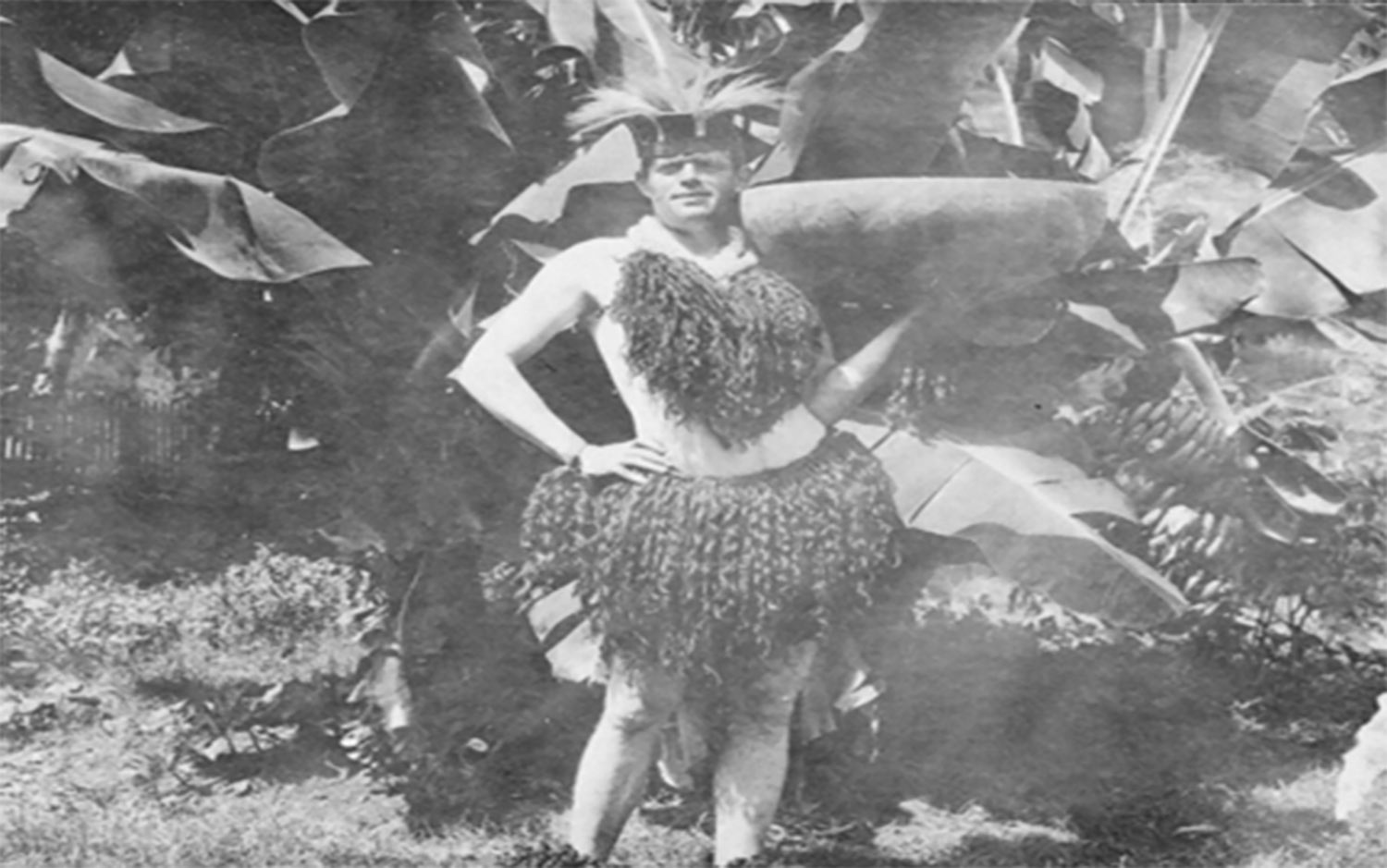


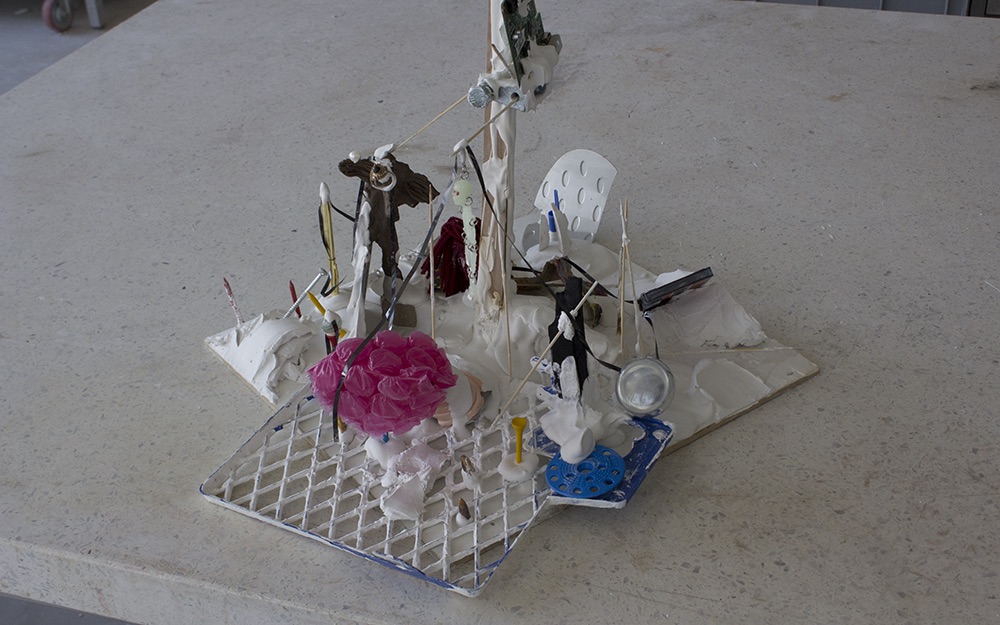
DER-RE-REF-FLEX-TEX
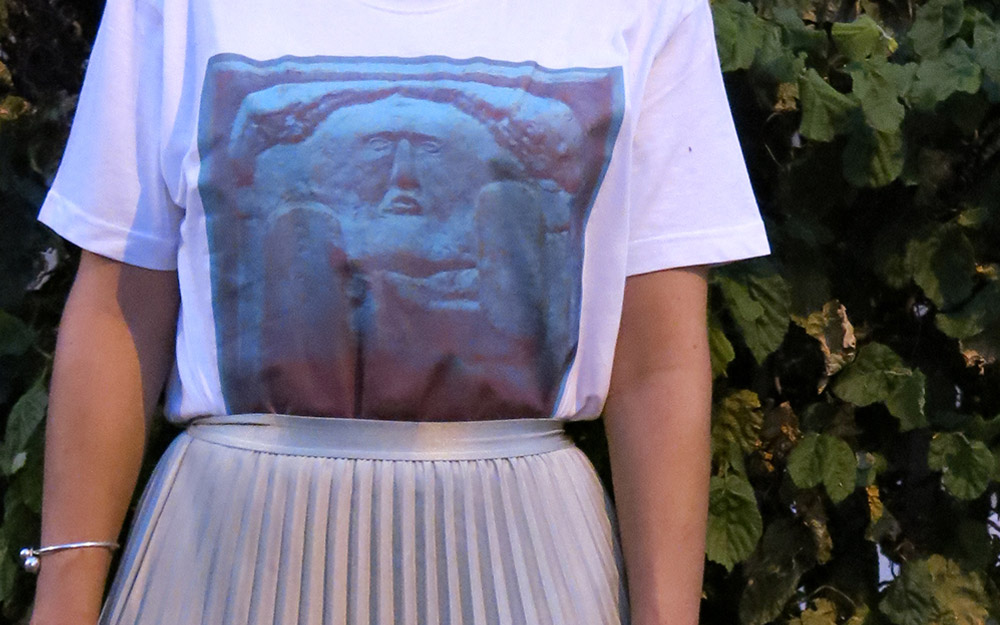
Ghost Shirt
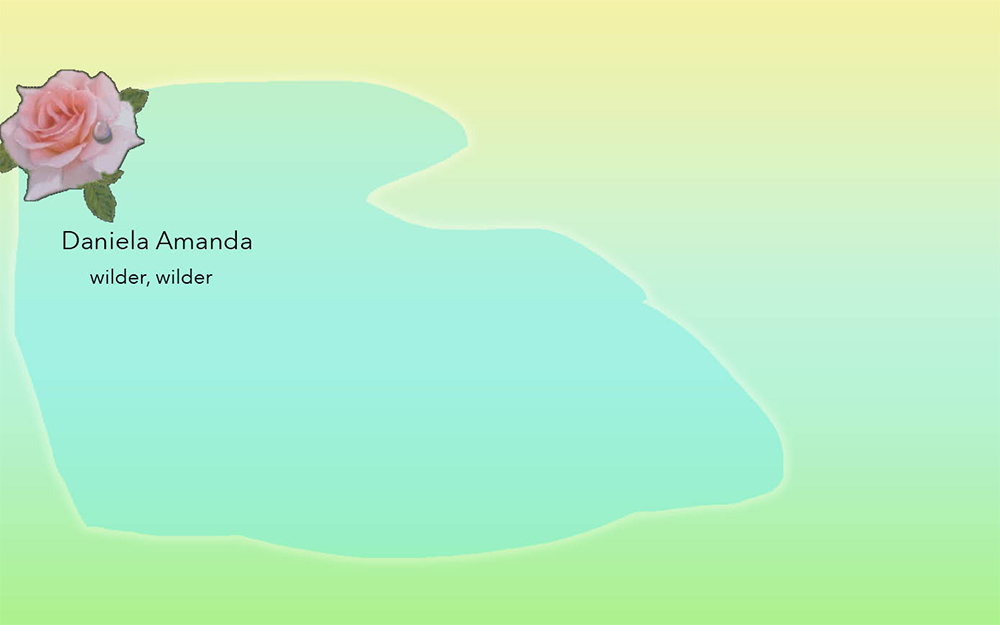
wilder, wilder
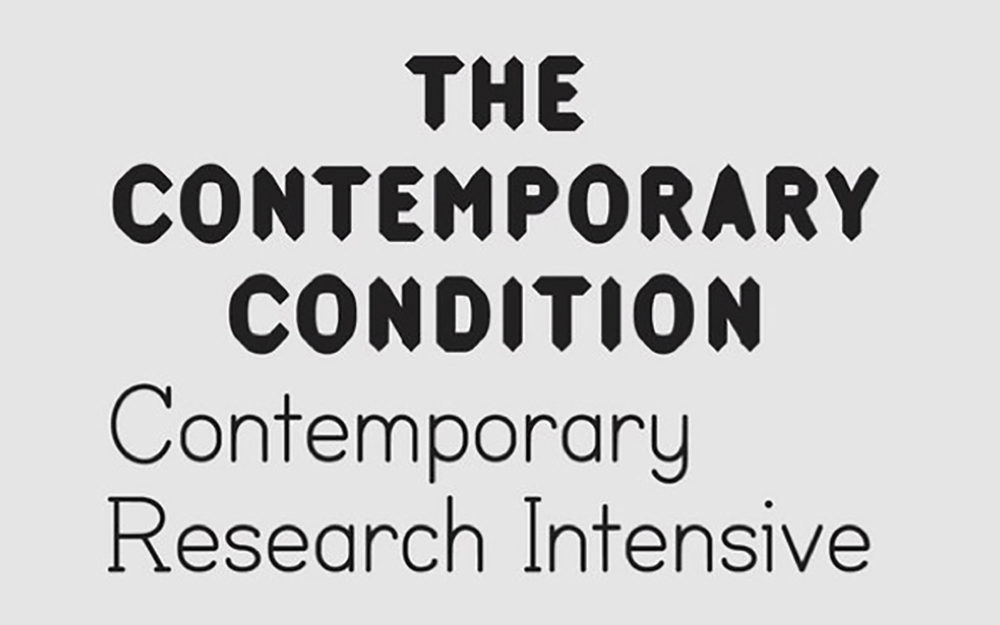
The Contemporary Condition - Temporality Autobiography Evidence
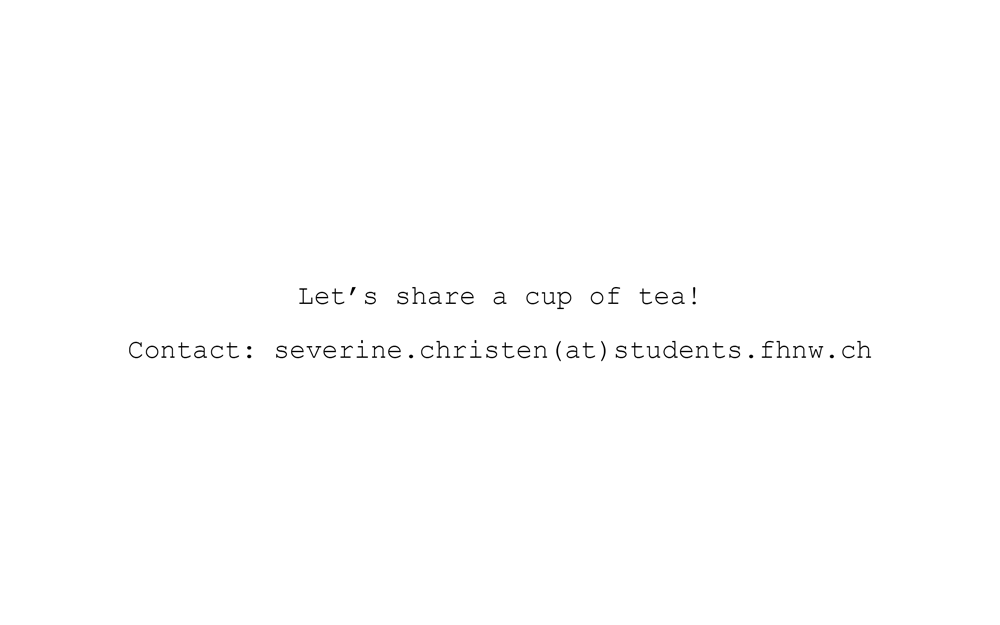
Invitation for collaboration
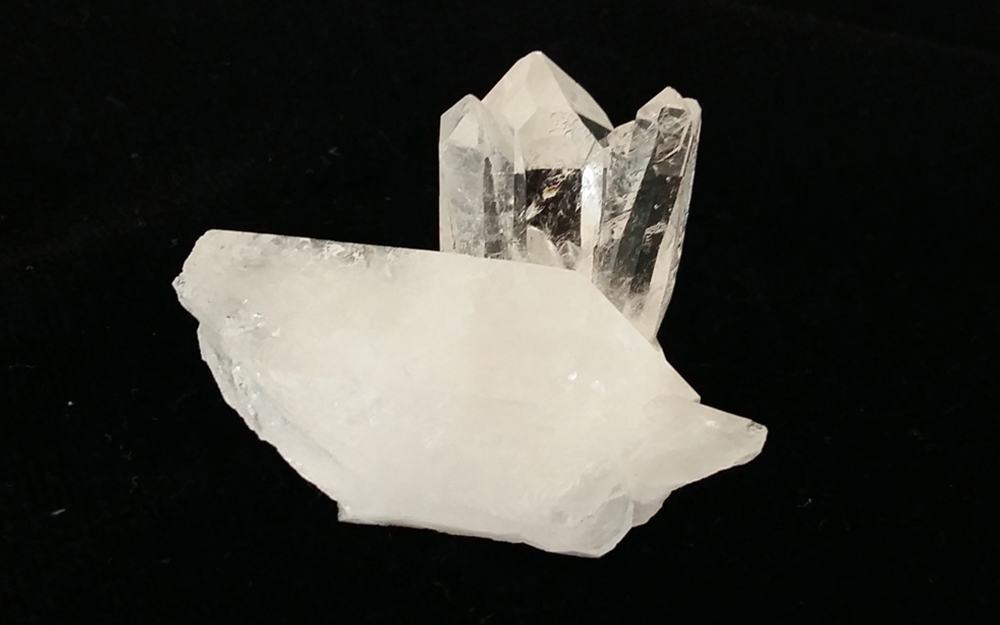
Spiritual Reflexion
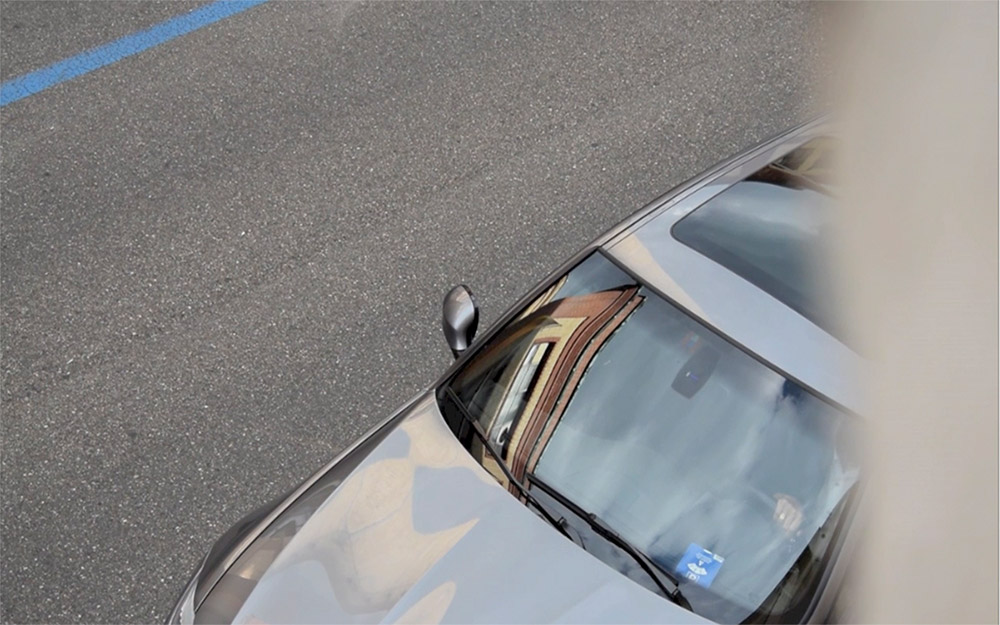
Learn the Malfuf Rythm
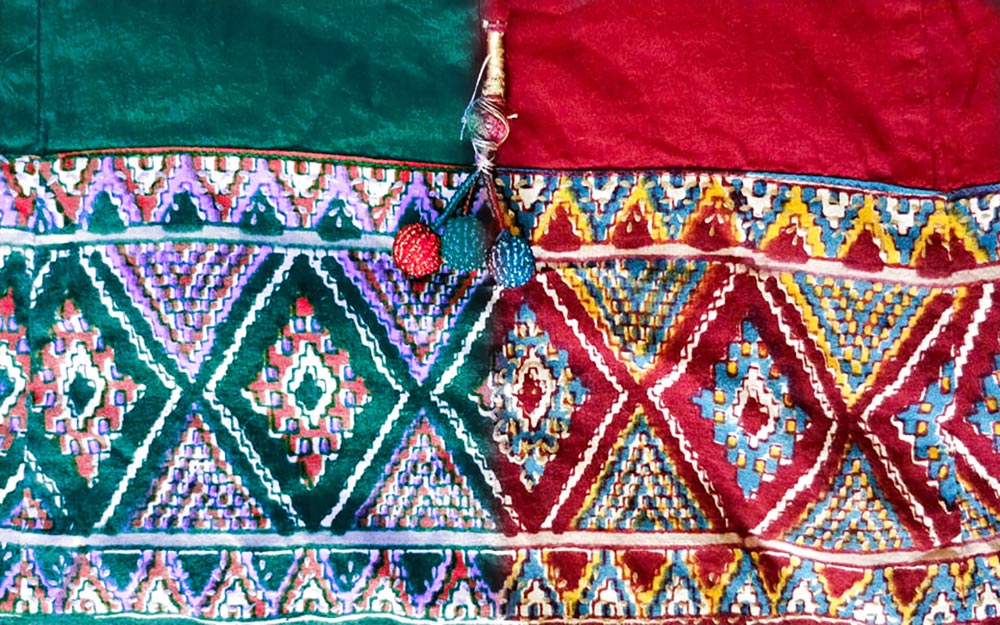
Reflecting Body
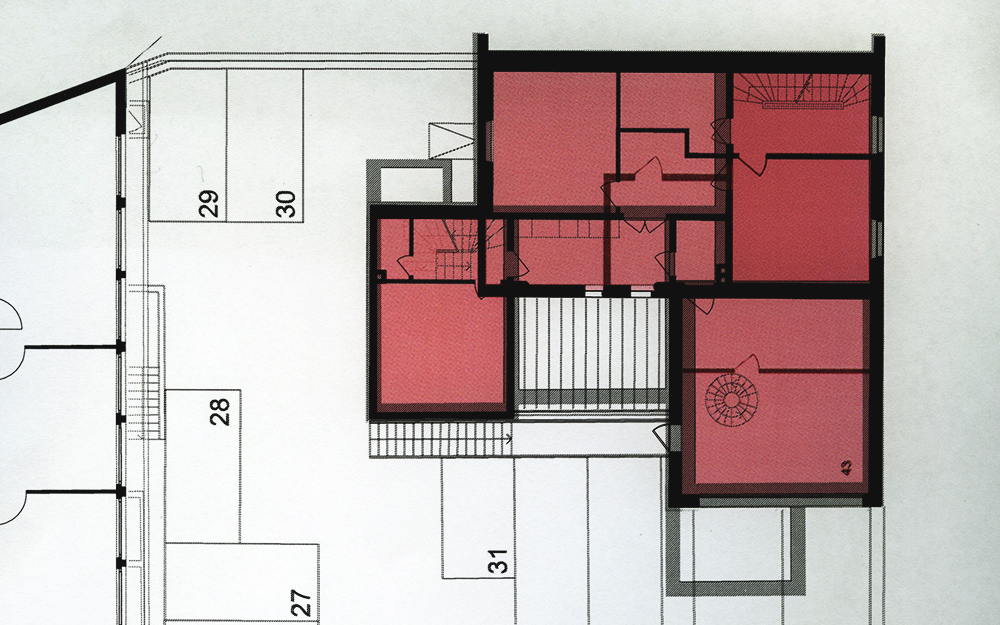
Haus Hardstrasse 43, Warum ein Haus? Warum das Haus?
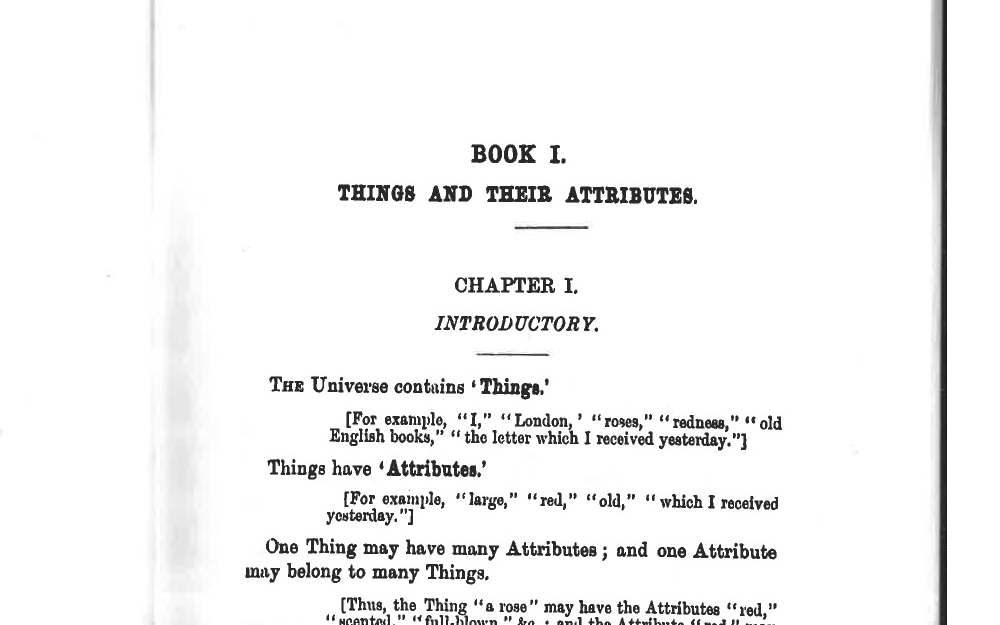
Owner Admits To NOT CLEANING HER OWN DIARRHEA
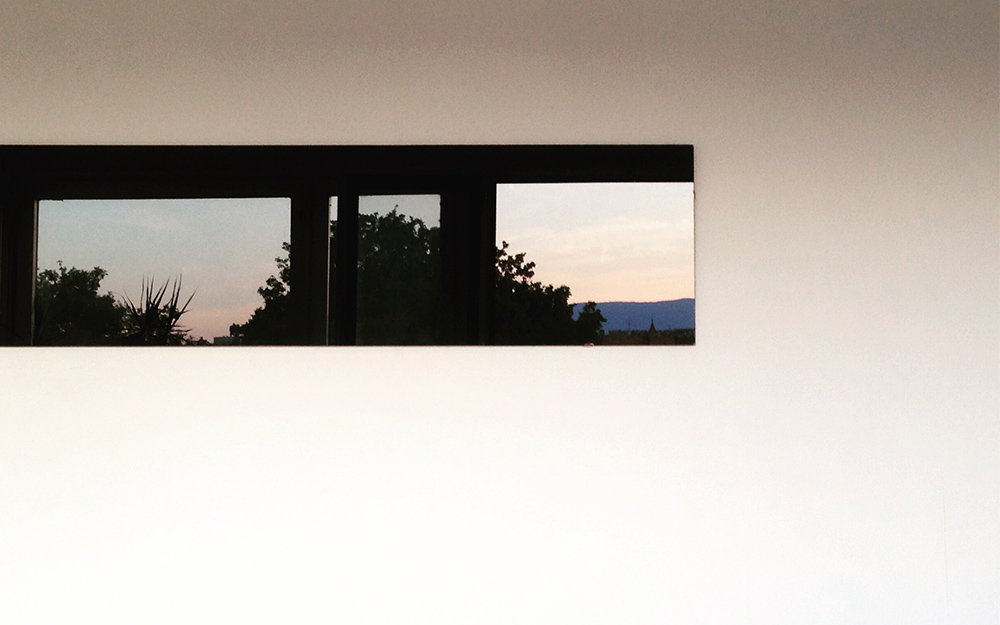
Era Collapse (Obsolete, i) 2018
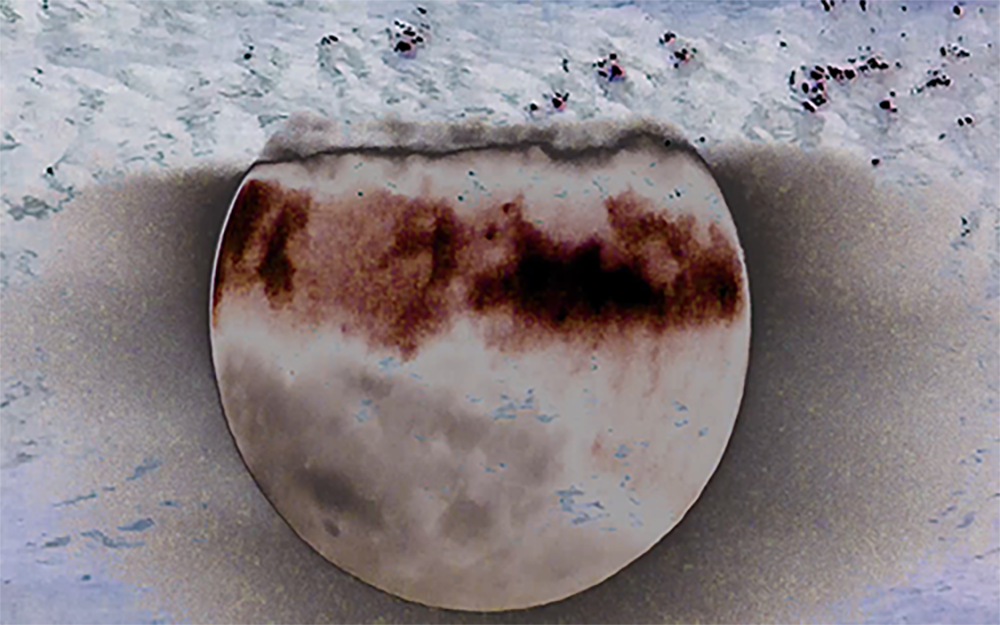
'TEASER'
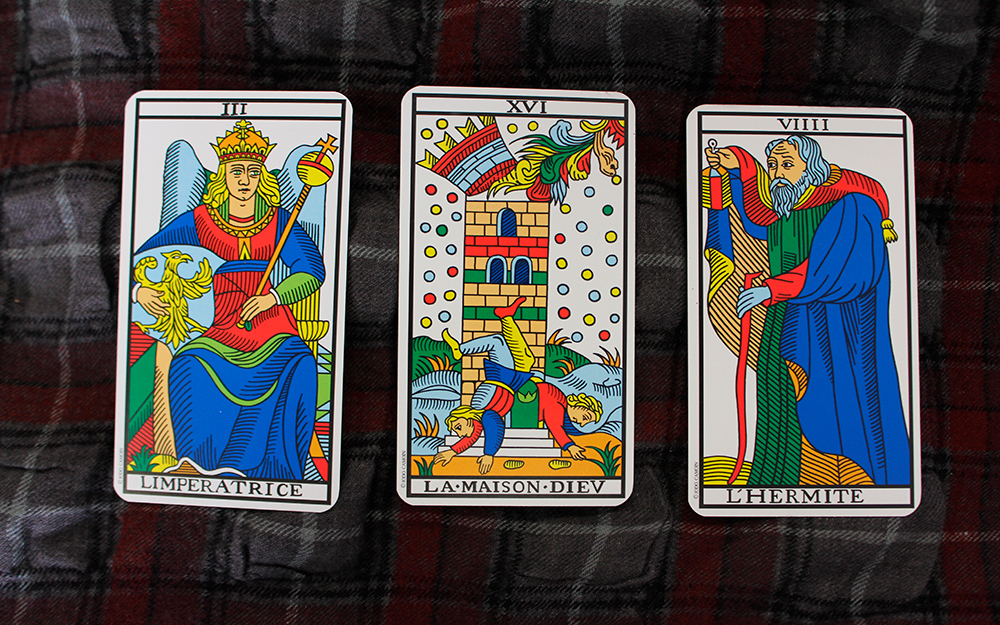
In the western Europe in 2018,
can we use esoteric technics as a method/reference in the contemporary art?
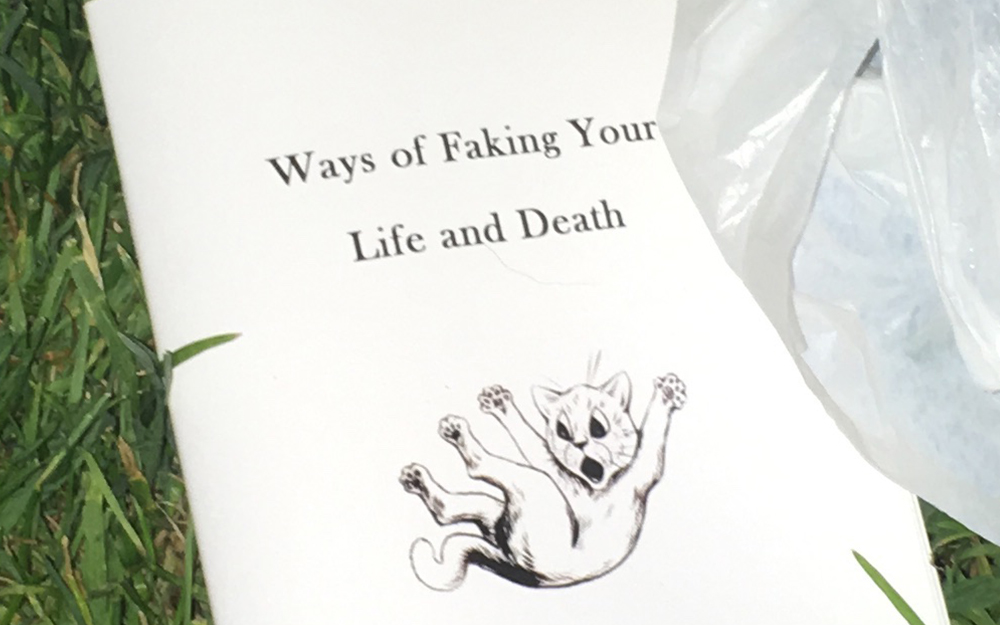
Ways of Faking Your Live and Death
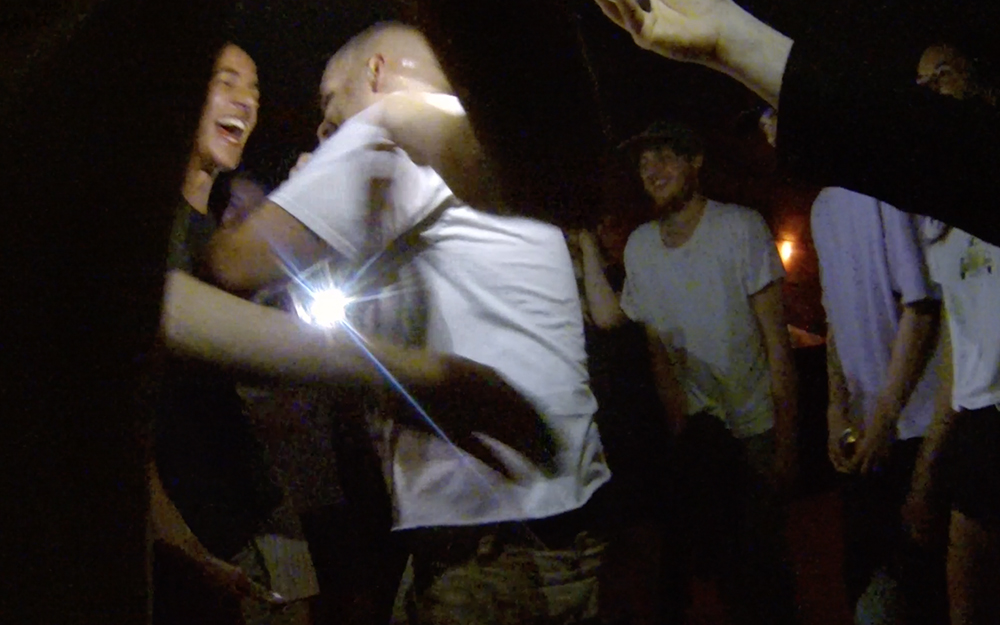
PERFORMANCE
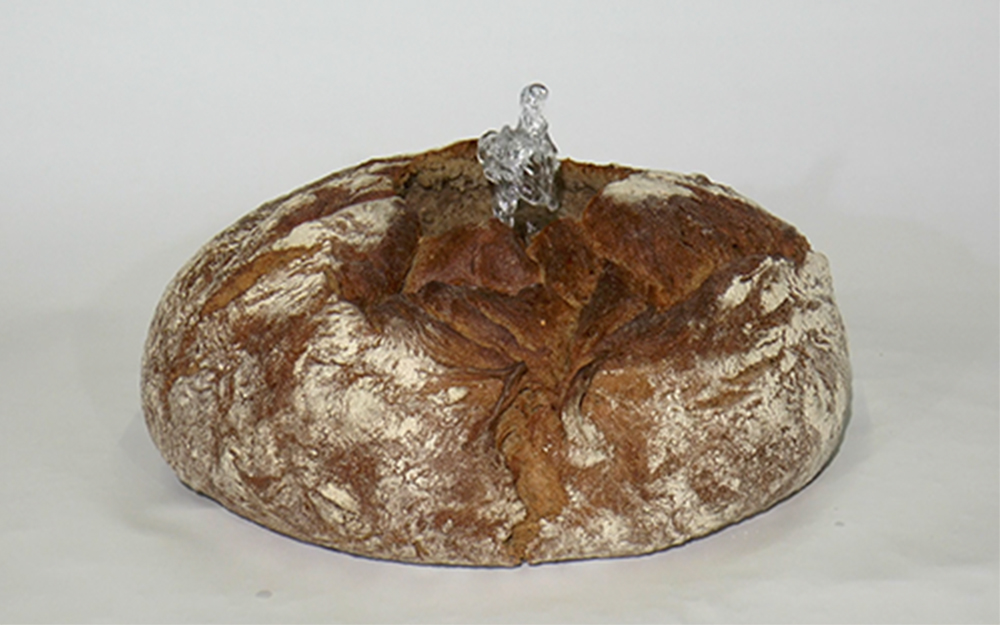
Brotbrunnen
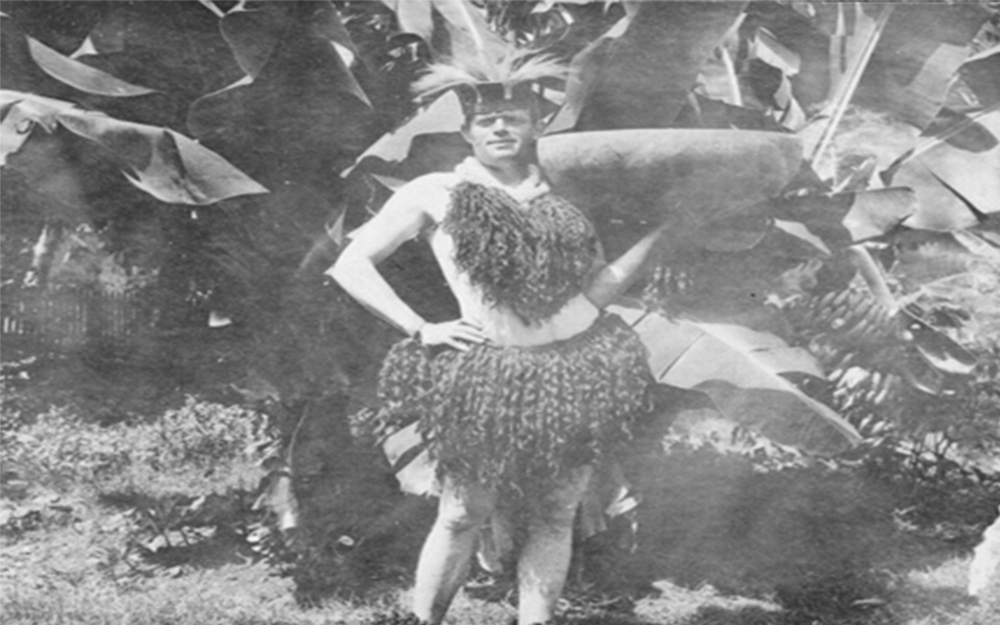
Placebo

All my children
Die reflexive Arbeit ist ein Gefäss, in dem die Kunst über sich selbst nachdenken kann via Künstler, eine Einladung, an diesem Denken teilzunehmen, Fragen zu stellen und in ein Gespräch zu geraten. Dieses Gefäss ist jeweils zu erfinden, deshalb ist die reflexive Arbeit ein Experiment. Es geht nicht um fertige Texte, Abhandlungen, Meinungen, theoretische Erörterungen, etc., sondern um eine jeweils spezifische Form der Selbstbestimmung. weiter...
Redaktion: Master Studierende Diplom 2018. Support: Birgit Kempker, Website: Master Studierende Diplom 2018. Support: Steven Schoch
© Institut Kunst – HGK FHNW, die AutorInnen und KünstlerInnen, Basel, 2018
www.fhnw.ch/hgk/iku, www.institut-kunst.ch

Die reflexive Arbeit 1
ist ein Gefäss, in dem die Kunst über sich selbst nachdenken kann via Künstler, eine Einladung, an diesem Denken teilzunehmen, Fragen zu stellen und in ein Gespräch zu geraten. Dieses Gefäss ist jeweils zu erfinden, deshalb ist die reflexive Arbeit ein Experiment. Es geht nicht um fertige Texte, Abhandlungen, Meinungen, theoretische Erörterungen, etc., sondern um eine jeweils spezifische Form der Selbstbestimmung. Sie muss nicht sprachlich sein, nicht schriftlich und auch nicht in irgendeinem Medium festgehalten werden. Entscheidend ist ihre Möglichkeit, Räume zu öffnen fürs Denken und Sprechen und einzustimmen in die mentalen Umgebungen der Werke. Eine reflexive Arbeit kann ein mündlicher Bericht über Lektüre sein, es können Interviews, Schlafprotokolle, Filme, Musik ... Mitschriften von nie stattgefundenen Treffen sein, wichtig ist: sie sollte sich öffnen wollen, ein Gesprächsangebot machen, sie sollte Lust haben und Lust darauf machen, etwas in die Karten zu schauen, sich in die Karten schauen zu lassen, ins Handwerk, in die Motivation, in das Nichtwissen, in den Antrieb und in die Wege der Kunst. Es geht um kein schweres schwitzendes Beackern und Zerhacken der eigenen Kreationen, sondern auch um den inspirierenden und leichten, mutigen und oft paradoxen, verblüffenden Funken beim Denken. Und ja, dieser denkende Moment wohnt dem Kunstwerk selbst natürlich bei und inne. Die reflexive Arbeit macht per leichter Verschiebung und Betonung darauf aufmerksam.
reflexive work 1
is a container in which art can think about itself via artists, an invitation to participate in this thinking, to ask questions and to get into a conversation. This container has to be invented, therefore the reflexive work is an experiment. It is not about finished texts, essays, opinions, theoretical discussions, etc., but about a specific form of self-determination. It does not have to be linguistic, written or in any medium. What is decisive is its ability to open spaces for thinking and speaking and to tune into the mental environments of the works. A reflective work can be an oral report about reading, it can be interviews, sleep logs, movies, music... It can be a record of meetings that never took place, important: it should want to open itself, make an offer to talk, it should have desire and make desire to look something into the cards, to let itself be looked into the cards, into the craft, into the motivation, into the ignorance, into the drive and into the ways of art. It's not about heavy sweating and chopping up your own creations, but also about the inspiring and light, courageous and often paradoxical, astonishing spark of thought. And yes, this thinking moment is naturally inherent in the work of art itself. The reflexive work draws attention to this by means of a slight shift and emphasis.
Die reflexive Arbeit 2
ist ein Gefäss, dass jeweils neu zu erfinden ist. Es möchte Raum für Einsicht bieten, Innenansichten, Aussenansichten, Eigeneinsichten und ein Gespräch suchen mit anderen Ansichten und Sehansätzen. Zunächst möchte dieses Gefäss der Kunst und dem Kunstwerk, der künstlerischen Arbeit, Möglichkeit bieten, mit sich selbst zu sprechen und dann den Künstlern, ihre Positionen, Haltungen, Zweifel, Methoden und Vorbilder, Absichten, Geheimnisse und Motivationen, Lieben und Ängste denkend und somit denkend handelnd, auszuprobieren. Denken ist immer persönlich. Mut gehört dazu, Mut Fehler zu mache, nackt da zu stehen, sich zu verirren oder etwas zu denken, was weh tut. Die reflexive Arbeit möchte dies arteigen tun, mit Leichtigkeit abheben, schweben, fliegen oder auch mit Schwermut, ackernd wie ein Gaul. Sie weiss, dass sie in ihrer eigenen Zeit statt findet und für sie blind ist. Sie sucht nach Selbstbestimmung und Selbstsetzung und sie weiss, dass Sätze alleine noch gar kein Anzeichen von Bewusstsein sind. Oder denkt das Ornament? Der Mut und die Freiheit selbst zu denken ist nicht selbstverständlich und besonders in Ausbildungszusammenhängen ein kostbares und zu schützendes Gut. Die reflexive Arbeit kann in jedem Medium statt finden. Es kann eine Beerdigung sein, ein Konzert, eine Führung, Brot backen, Menschen bauen, Steine hauen, Sendemaste vergolden, Tarotkarten deuten, ... wichtig ist, dass sich in ihr das künstlerische Tun und Treiben selbst begegnet, begehbar ist und offen, Lust auf die sogenannte Begegnung hat mit dem was gerade nicht Kunst ist und Kunst als Kunst erkennen will.
reflexive work 2
is a container that must always be reinvented. It wants to offer space for insight, interior views, exterior views, personal insights and a conversation with other views and visual approaches. First, this container of art and the work of art, of artistic work, wants to offer an opportunity to speak to oneself and then to try out the artists, their positions, attitudes, doubts, methods and role models, intentions, secrets and motivations, loving and fearing and thus thinking. Thinking is always personal. Courage requires courage to make mistakes, to stand naked, to get lost or to think something that hurts. The reflexive work wants to do this with ease, take off, float, fly or even with melancholy, farming like a horse. It knows that it takes place in its own time and is blind to it. It is looking for self-determination and self-setting and it knows that sentences alone are no sign of consciousness. Or does the ornament think? The courage and freedom to think for oneself is not a matter of course and, especially in educational contexts, a precious commodity that must be protected. Reflective work can take place in any medium. It can be a funeral, a concert, a guided tour, baking bread, building people, cutting stones, gilding transmission masts, interpreting tarot cards,... it is important that in it the artistic activity meets itself, is accessible and open, has desire for the so-called encounter with what is not art and wants to recognize art as art.
Die reflexive Arbeit 3
ist eine leichte und schöne Sache. Bevor sie leicht und schön ist kann sie hart, schwer und unangenehm sein. Meist läuft sie durch einen Nullpunkt von gar nichts will mehr gehen und verstehen, dann öffnet sich das Gate wie von alleine.
reflexive work 3
is an easy and beautiful thing. Before it is light and beautiful, it can be hard, heavy and unpleasant. Usually it runs through a zero point of nothing wants to go and understand anymore, then the gate opens by itself.
Die reflexive Arbeit 4
gibt es nicht. Sie ist immer anders. Sie ist lebendig. Füttern und streicheln erlaubt!
the reflexive work 4
there is not any. It is always different. It is alive. Feeding and caressing allowed!
Birgit Kempker
DER-RE-REF-FLEX-TEX
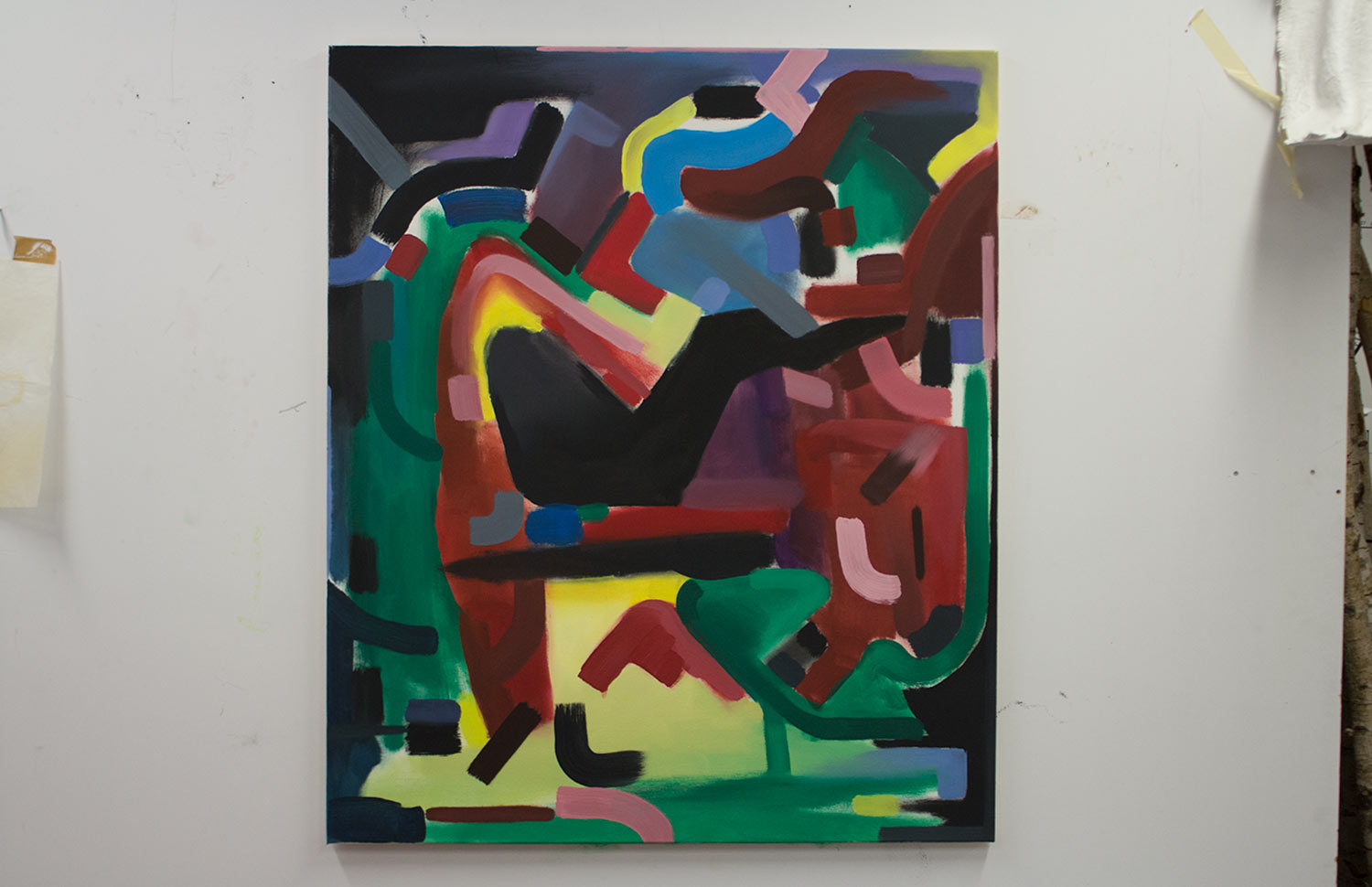
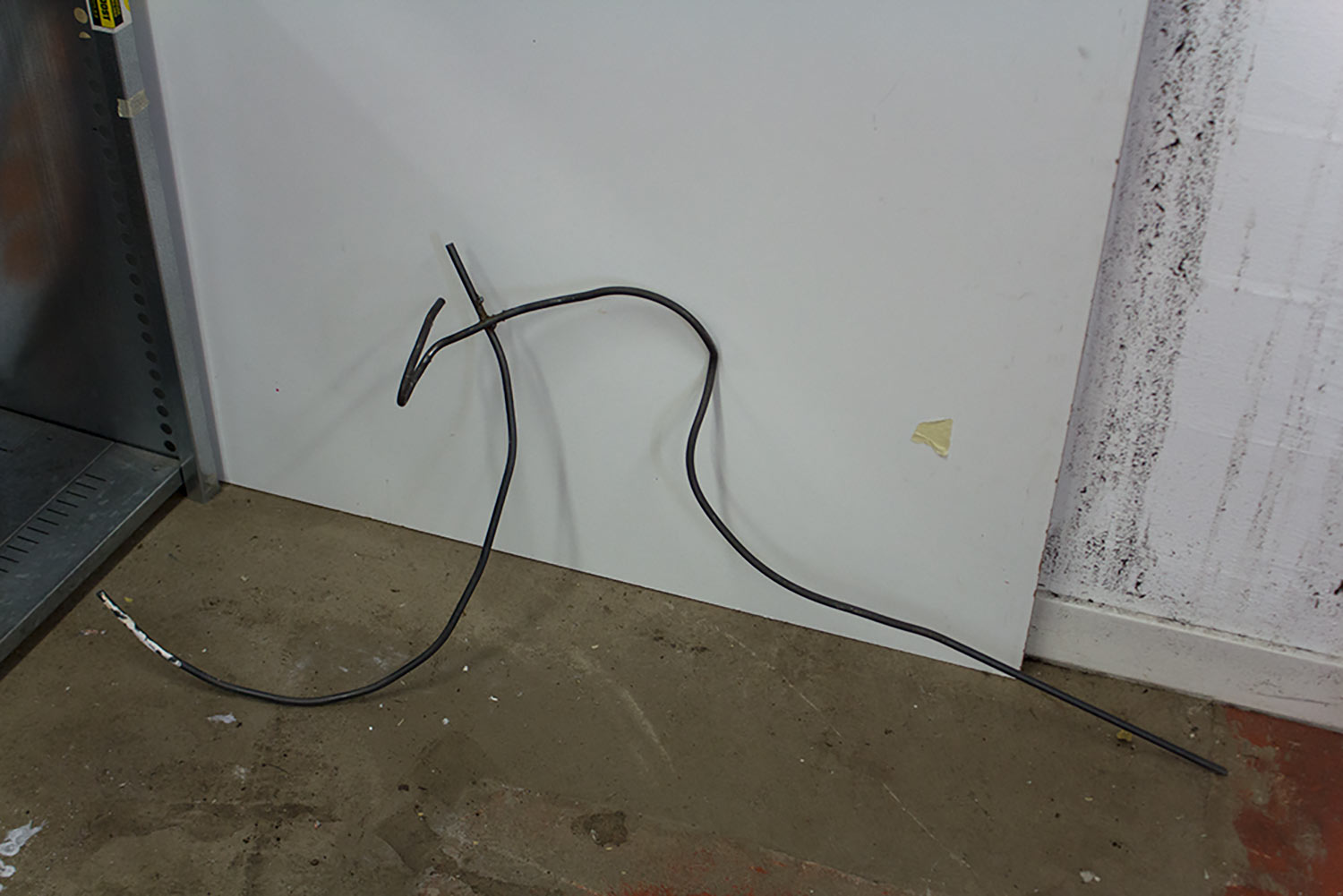
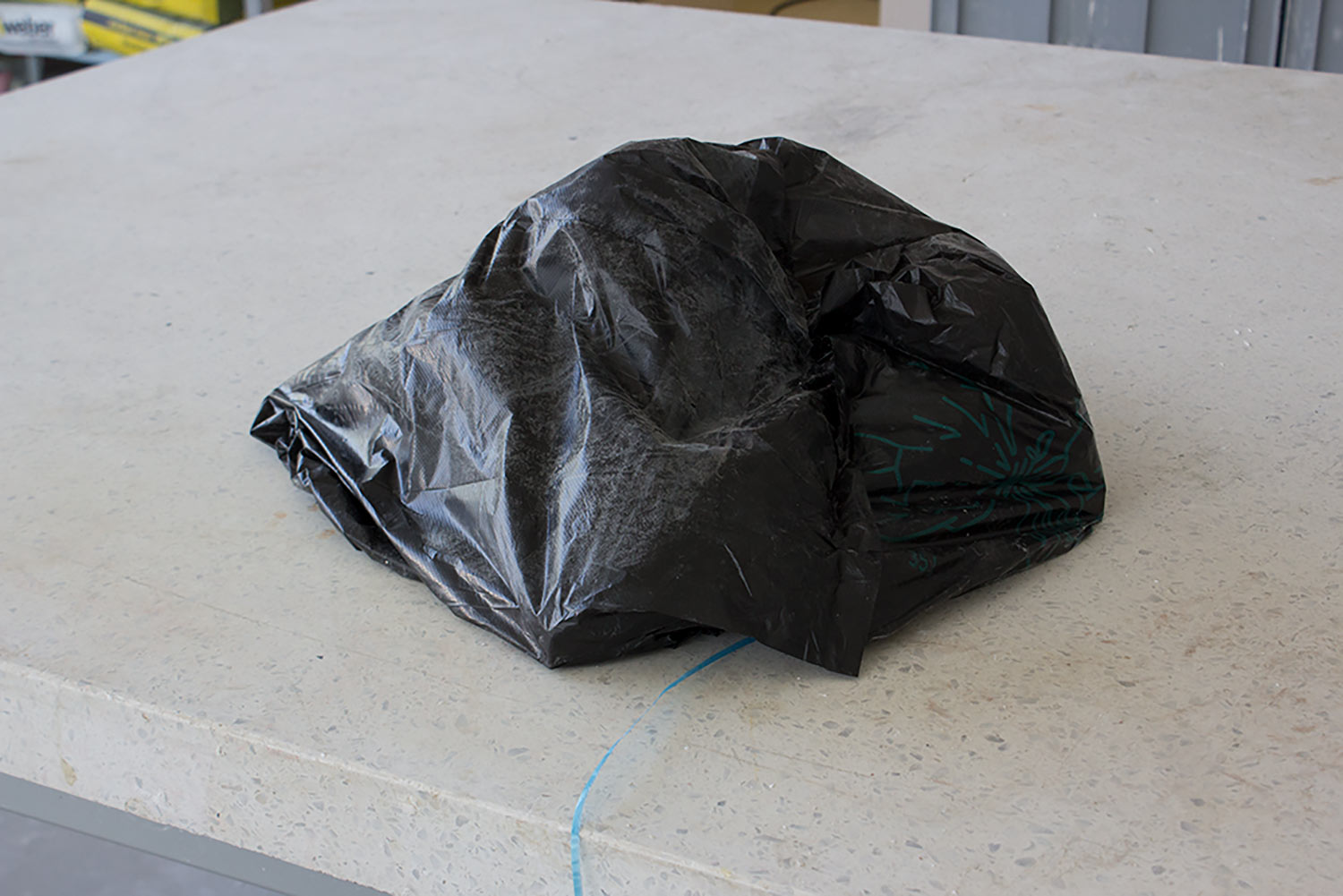
Ghost Shirt

 Shirt 1, 2018
Shirt 1, 2018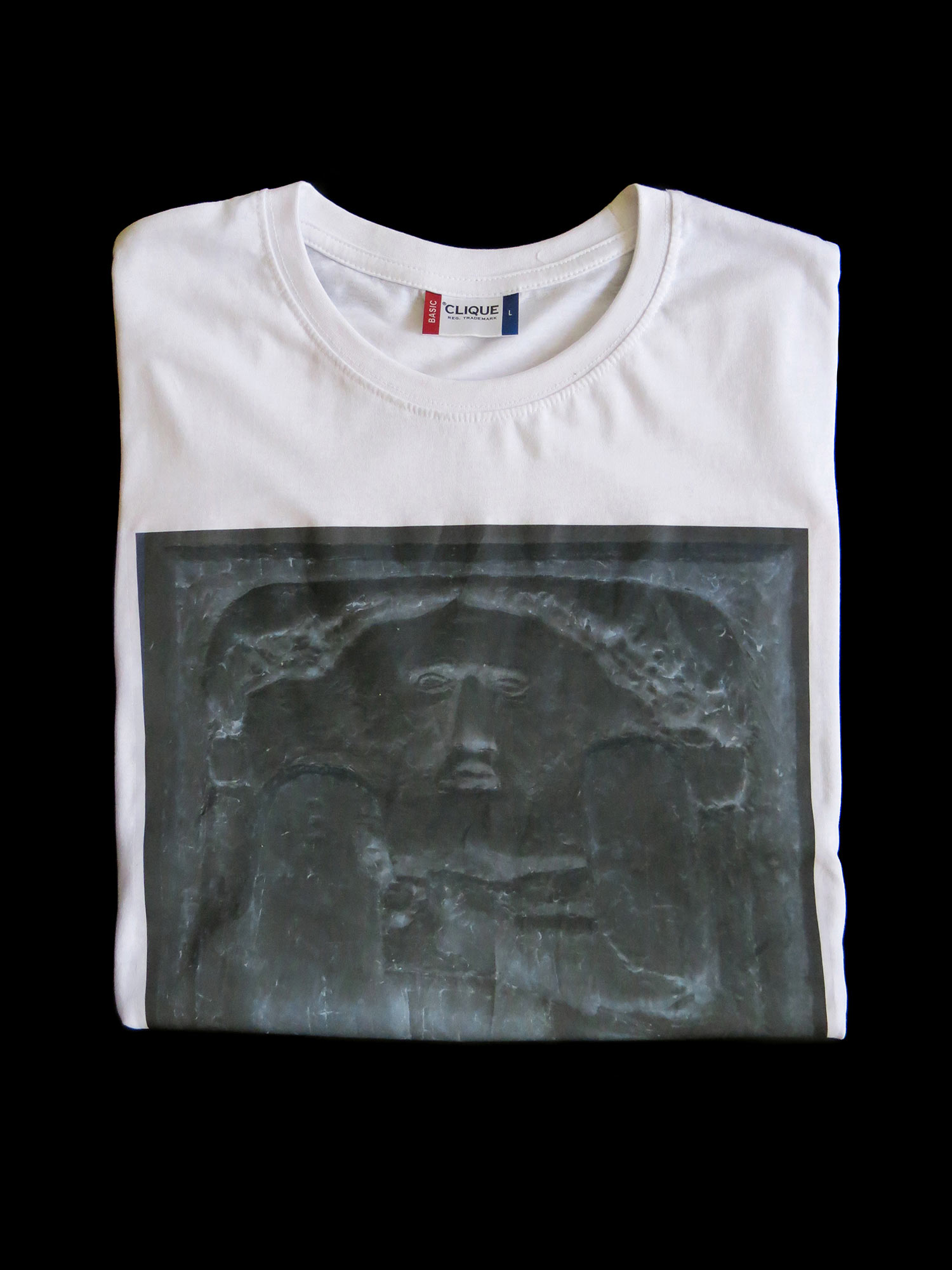 Shirt 2, 2018
Shirt 2, 2018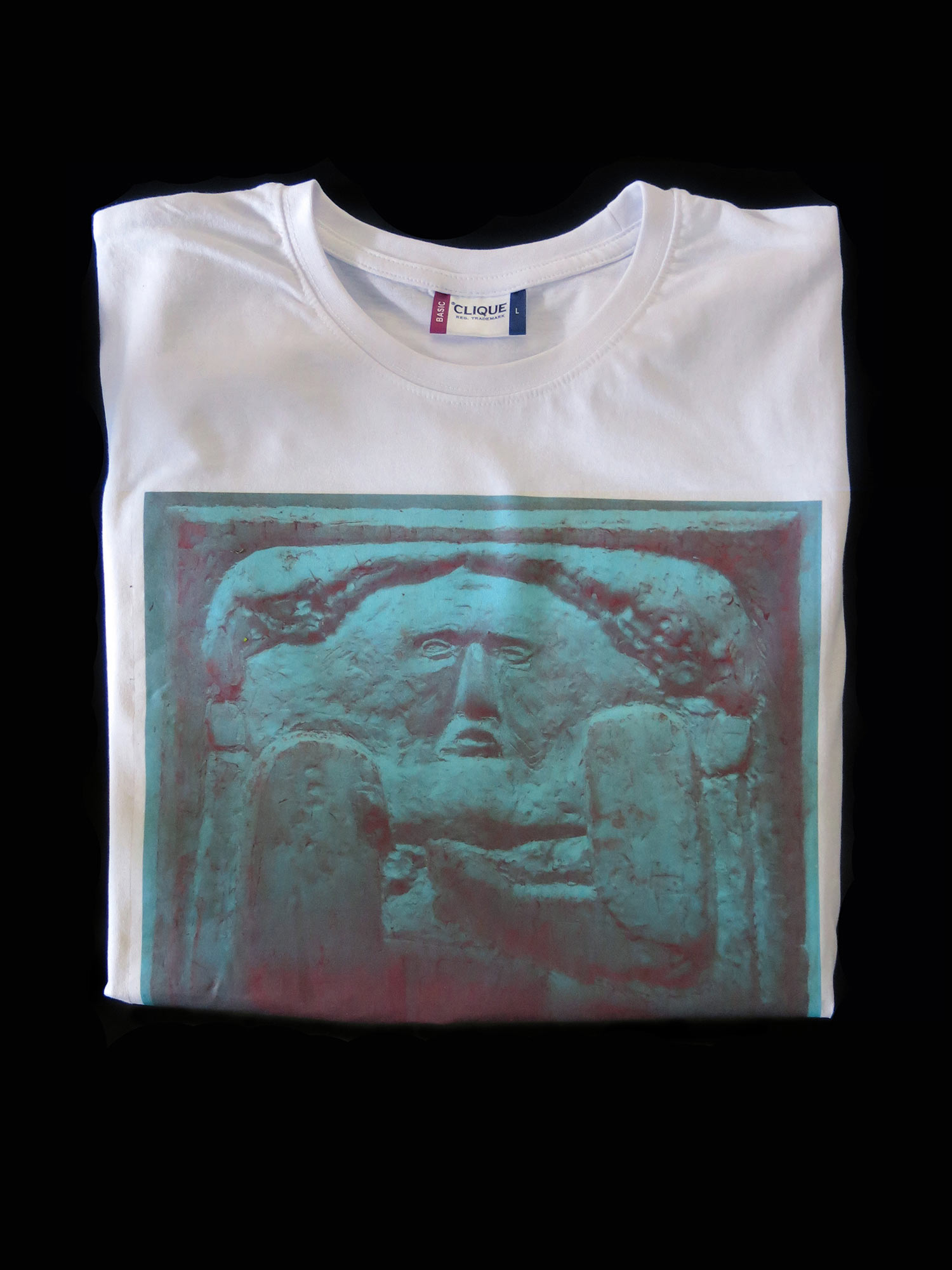 Shirt 3, 2018
Shirt 3, 2018wilder, wilder
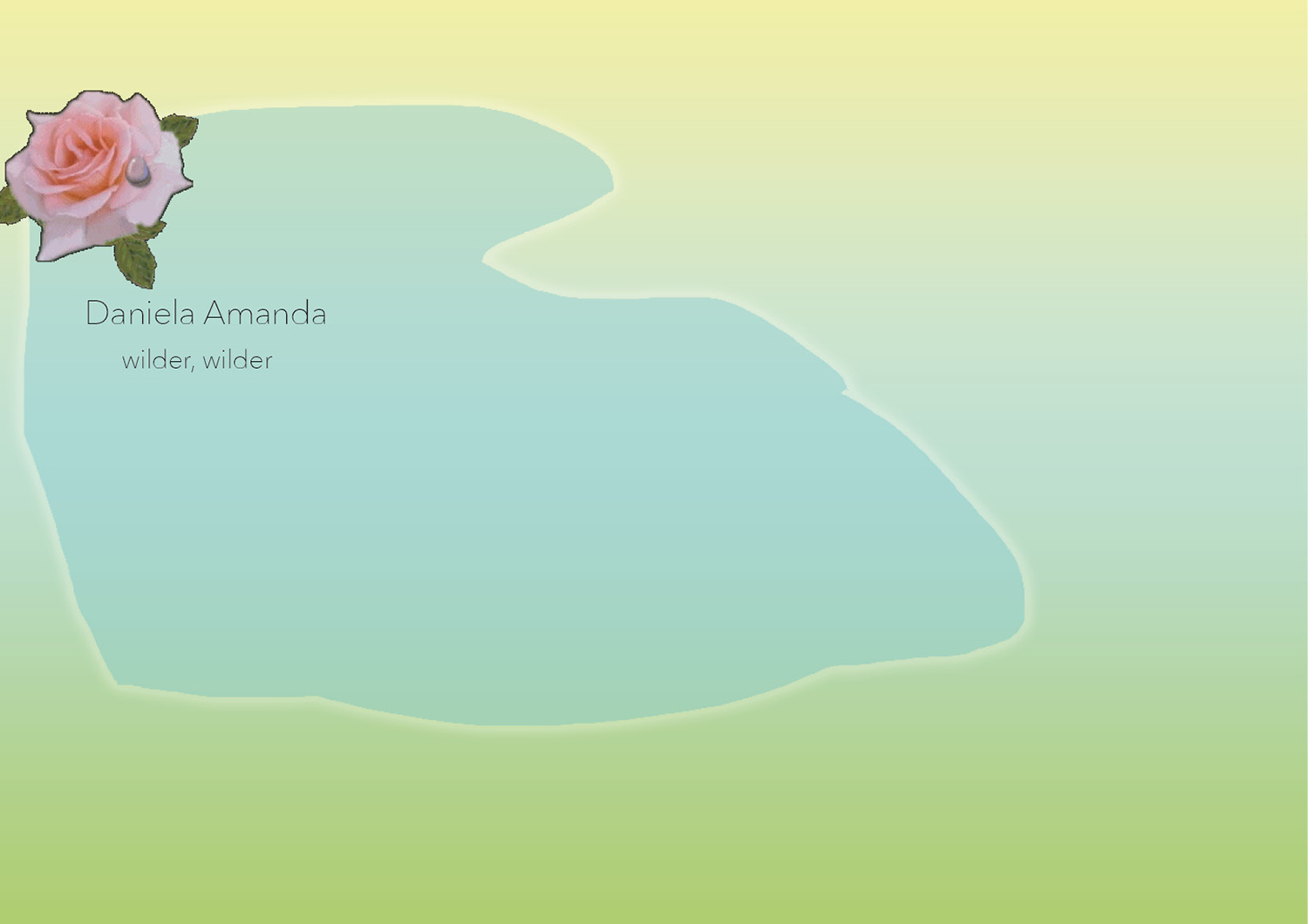
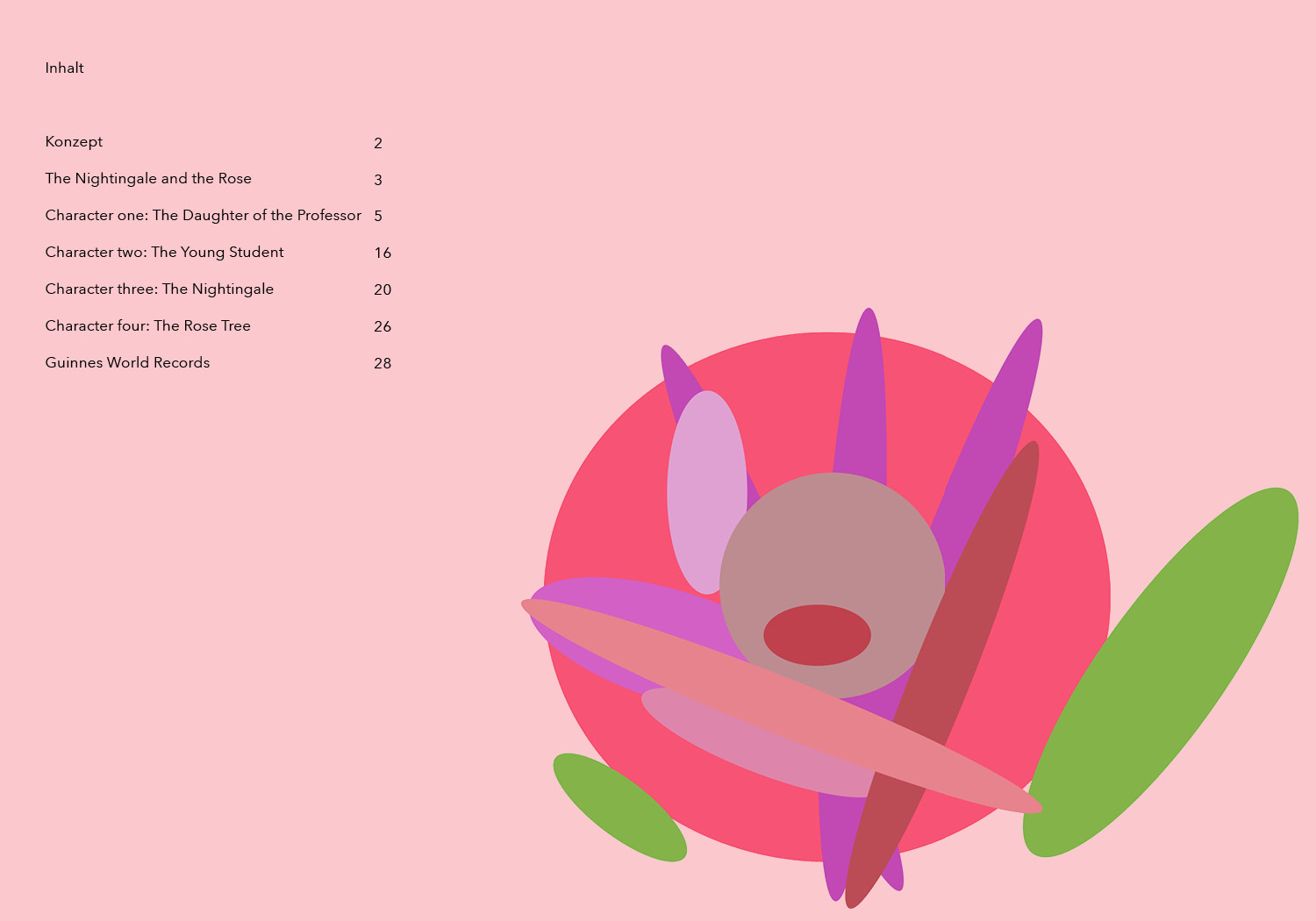
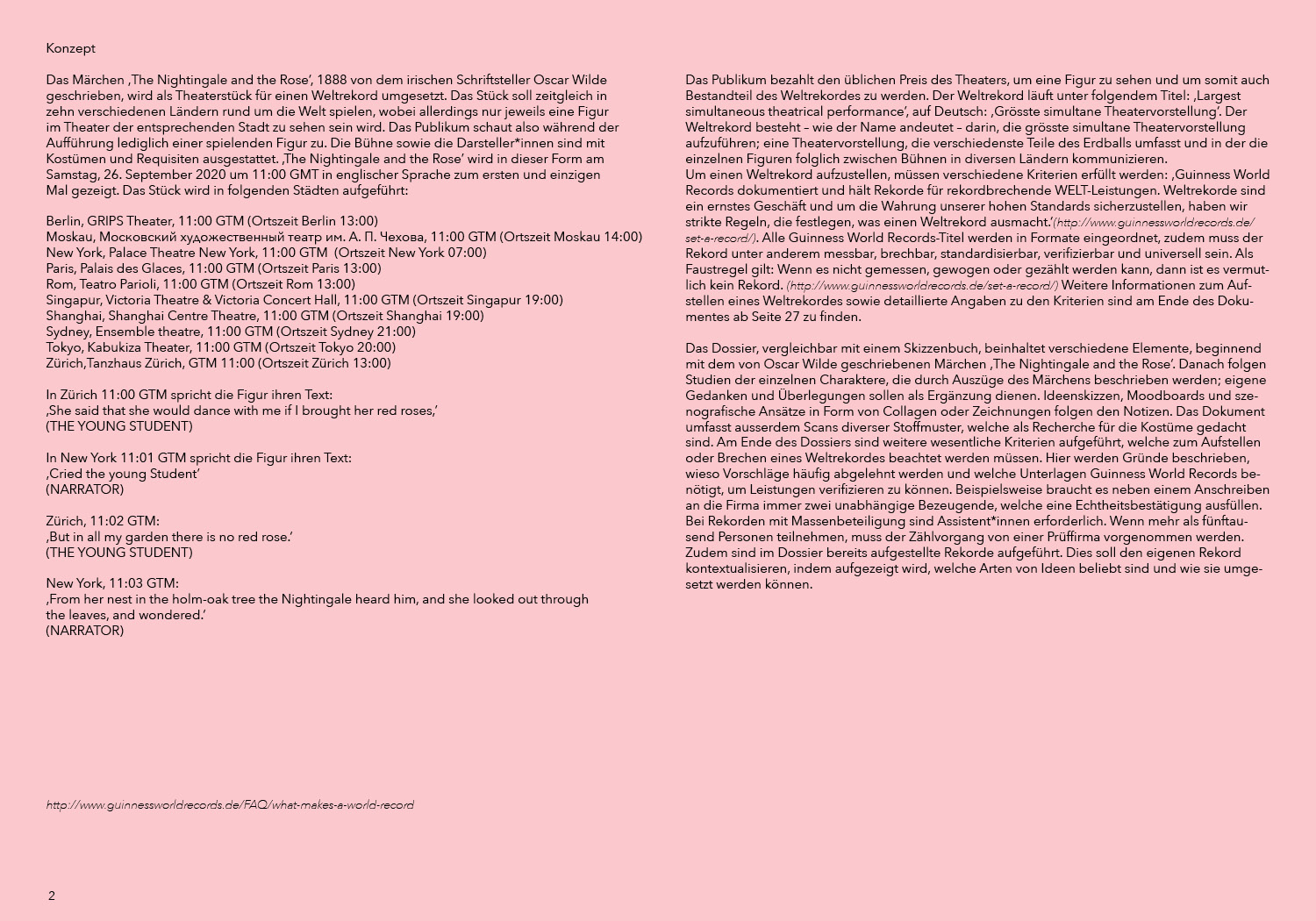
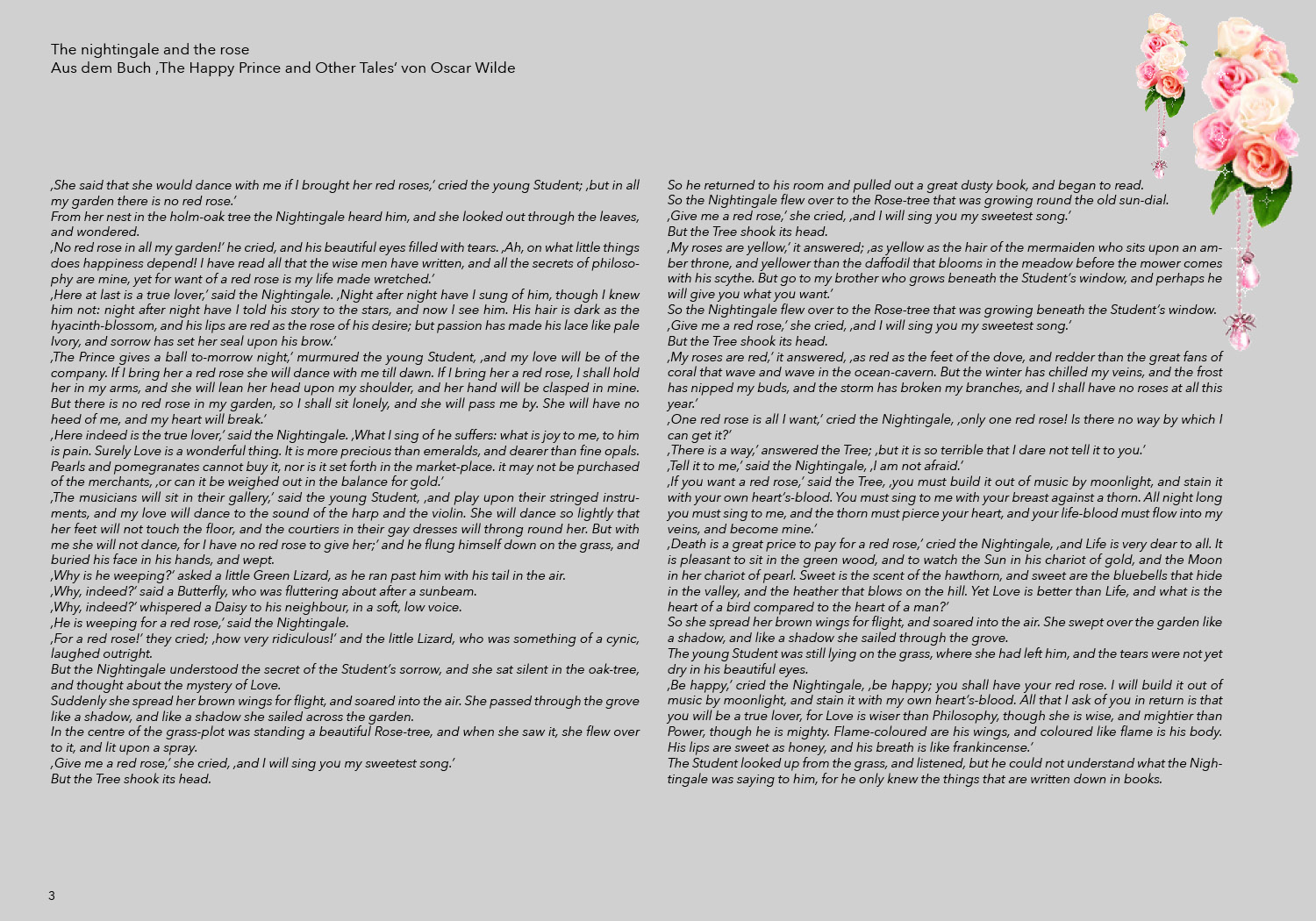
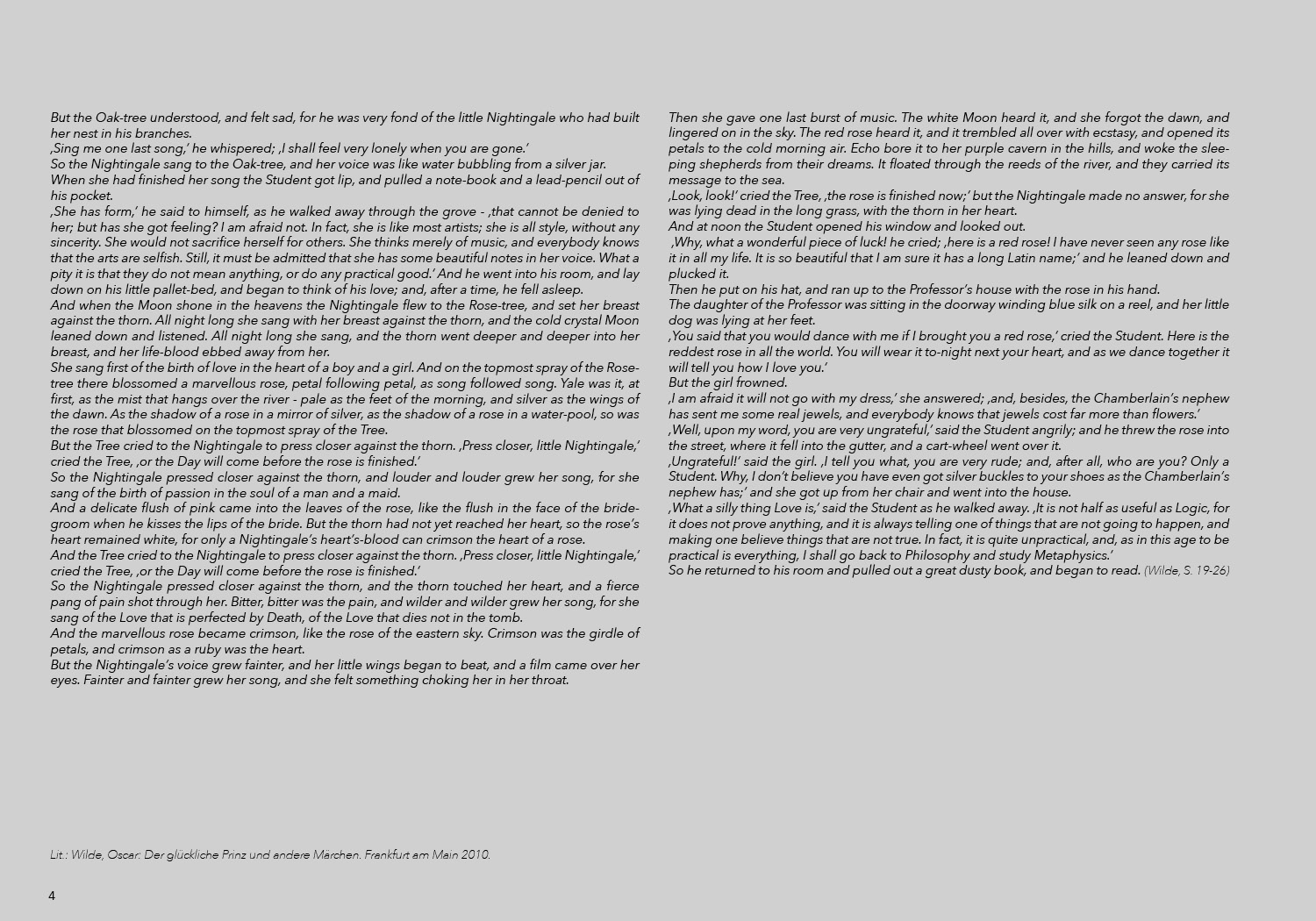
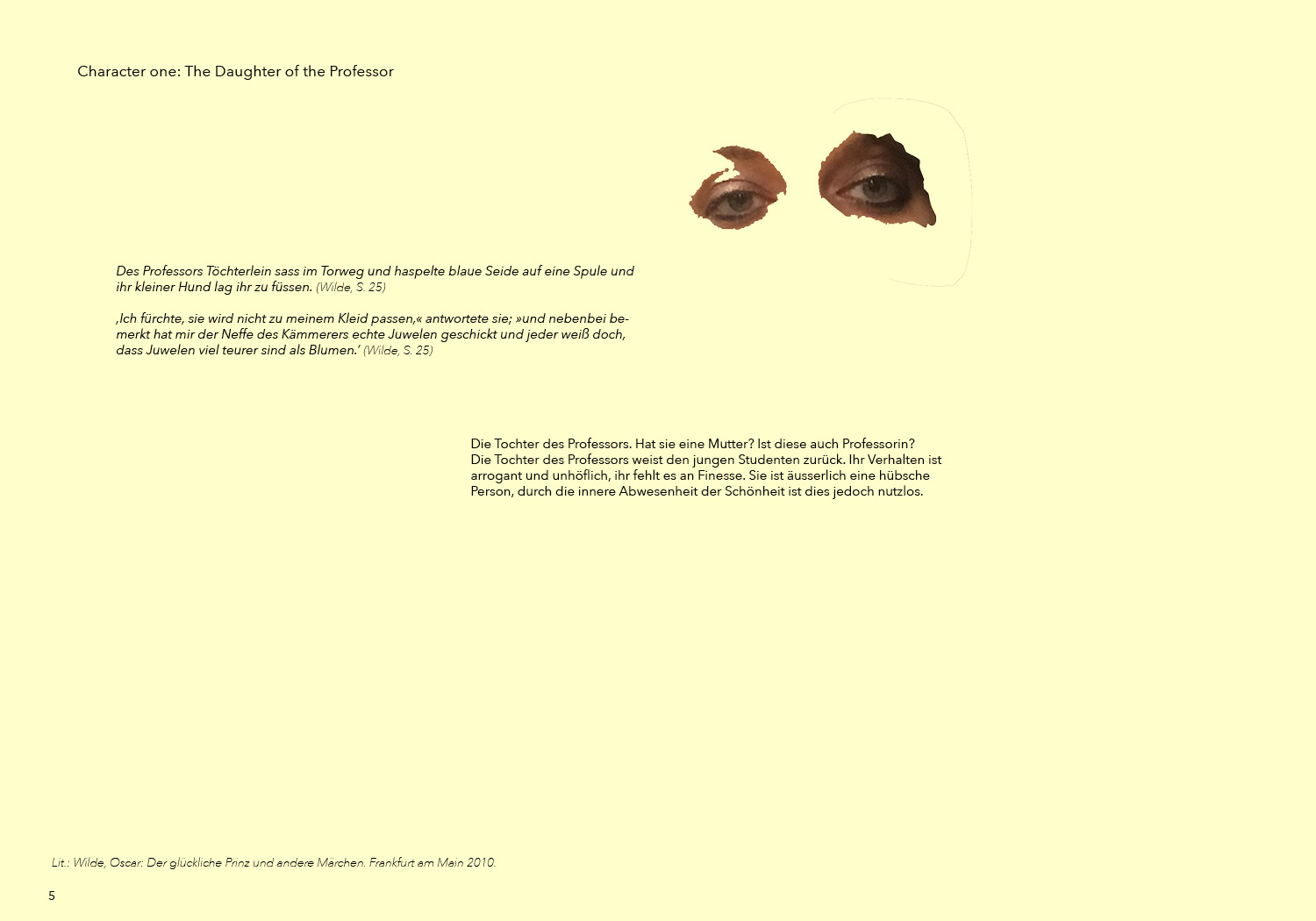
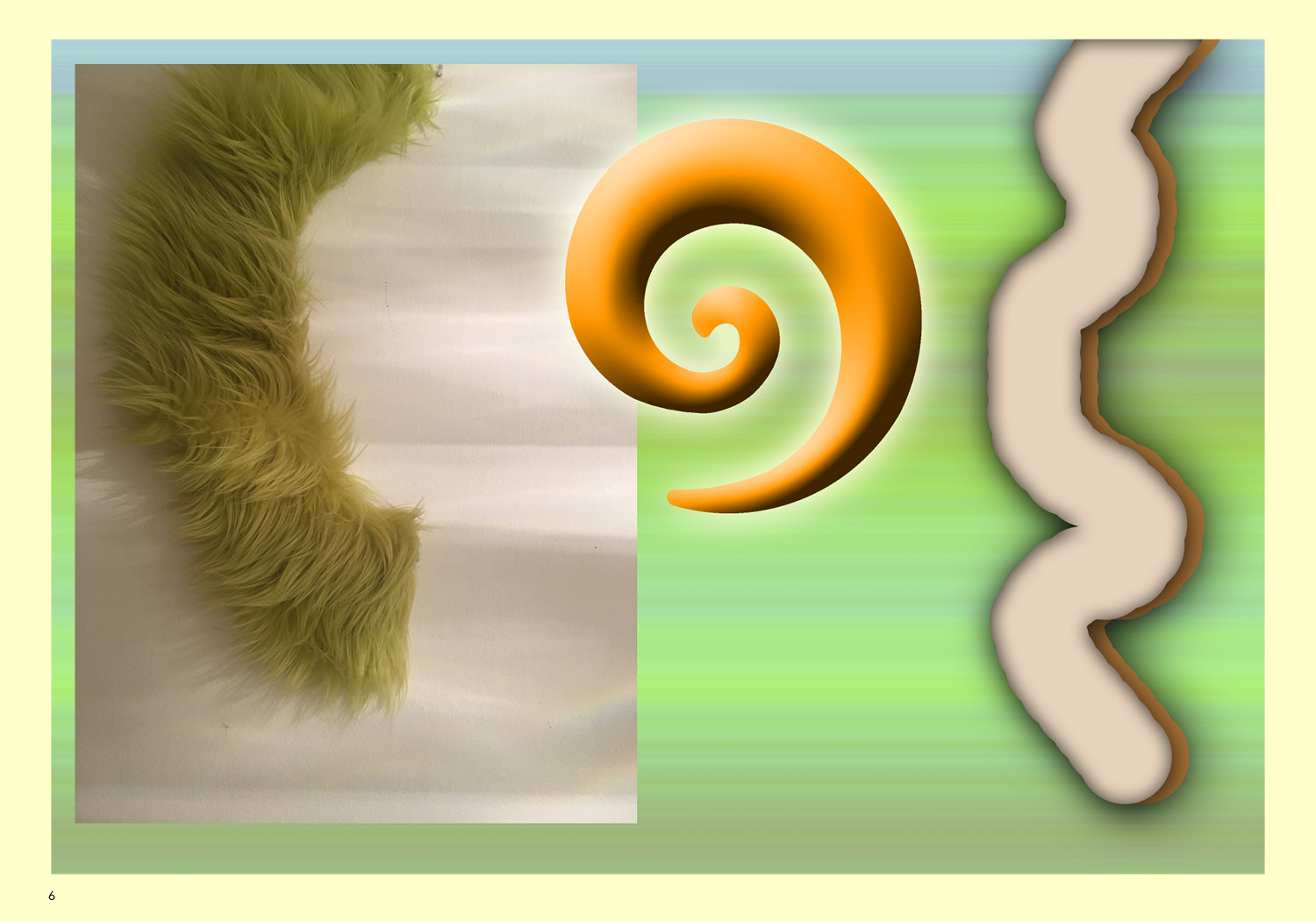
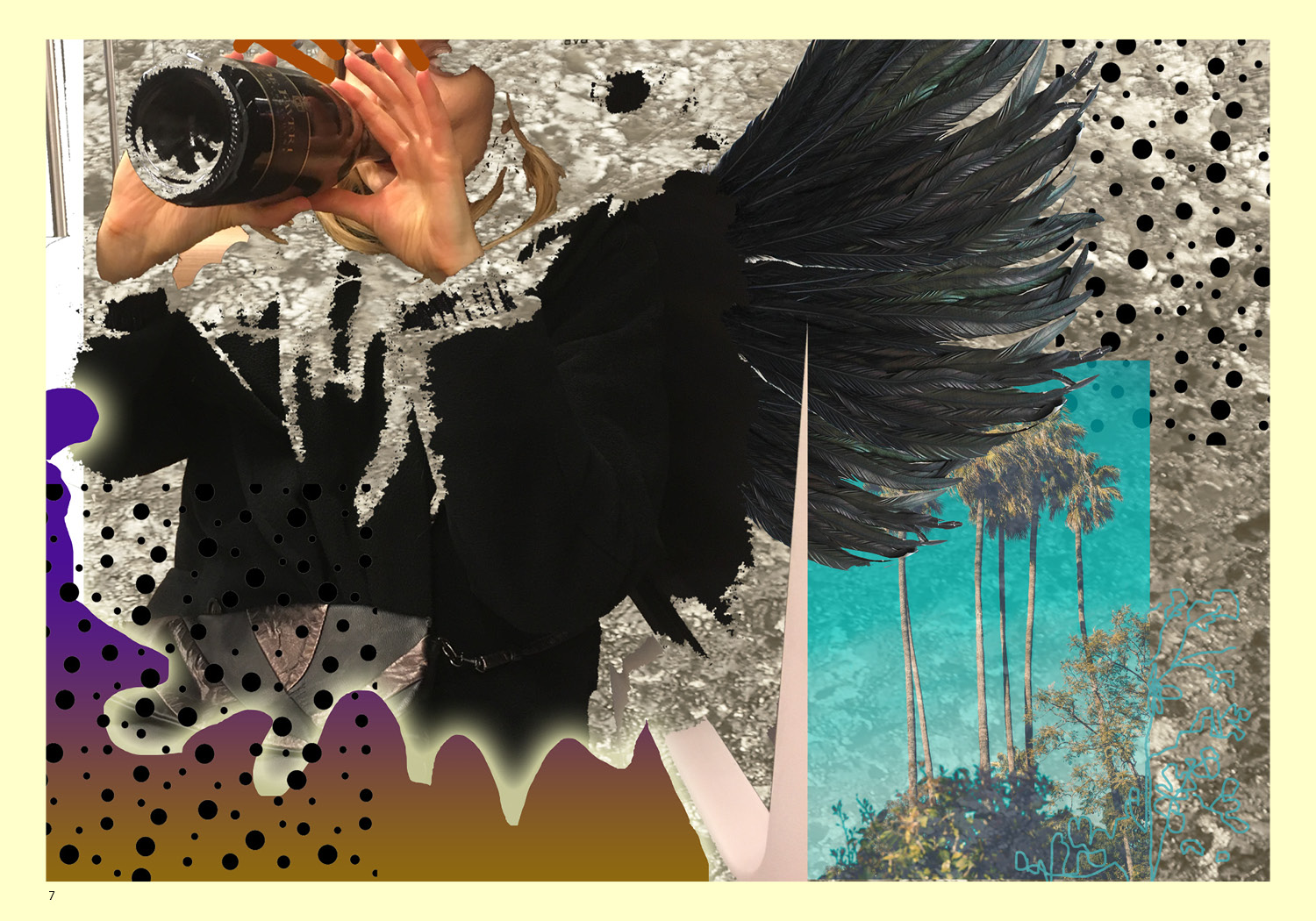
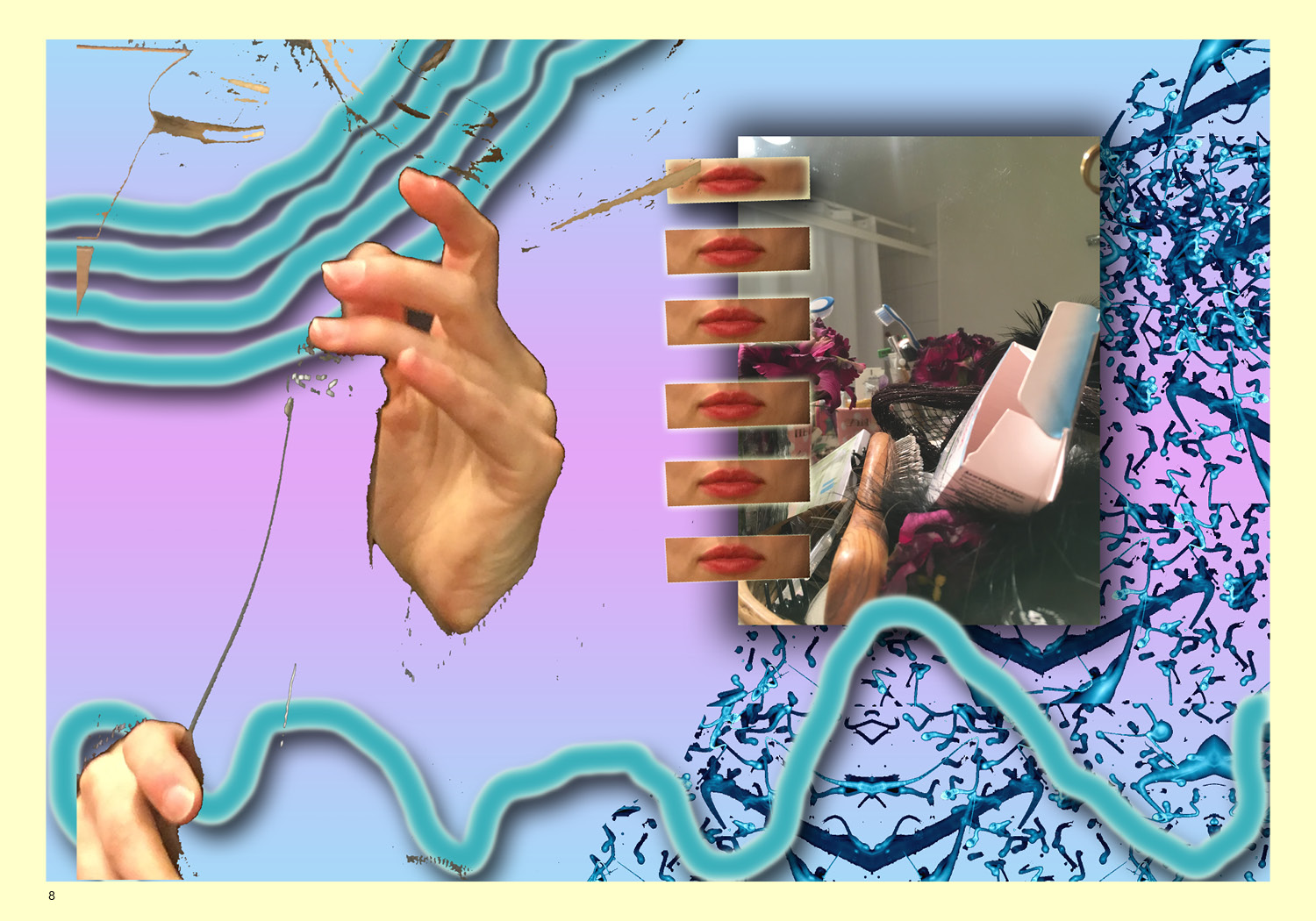
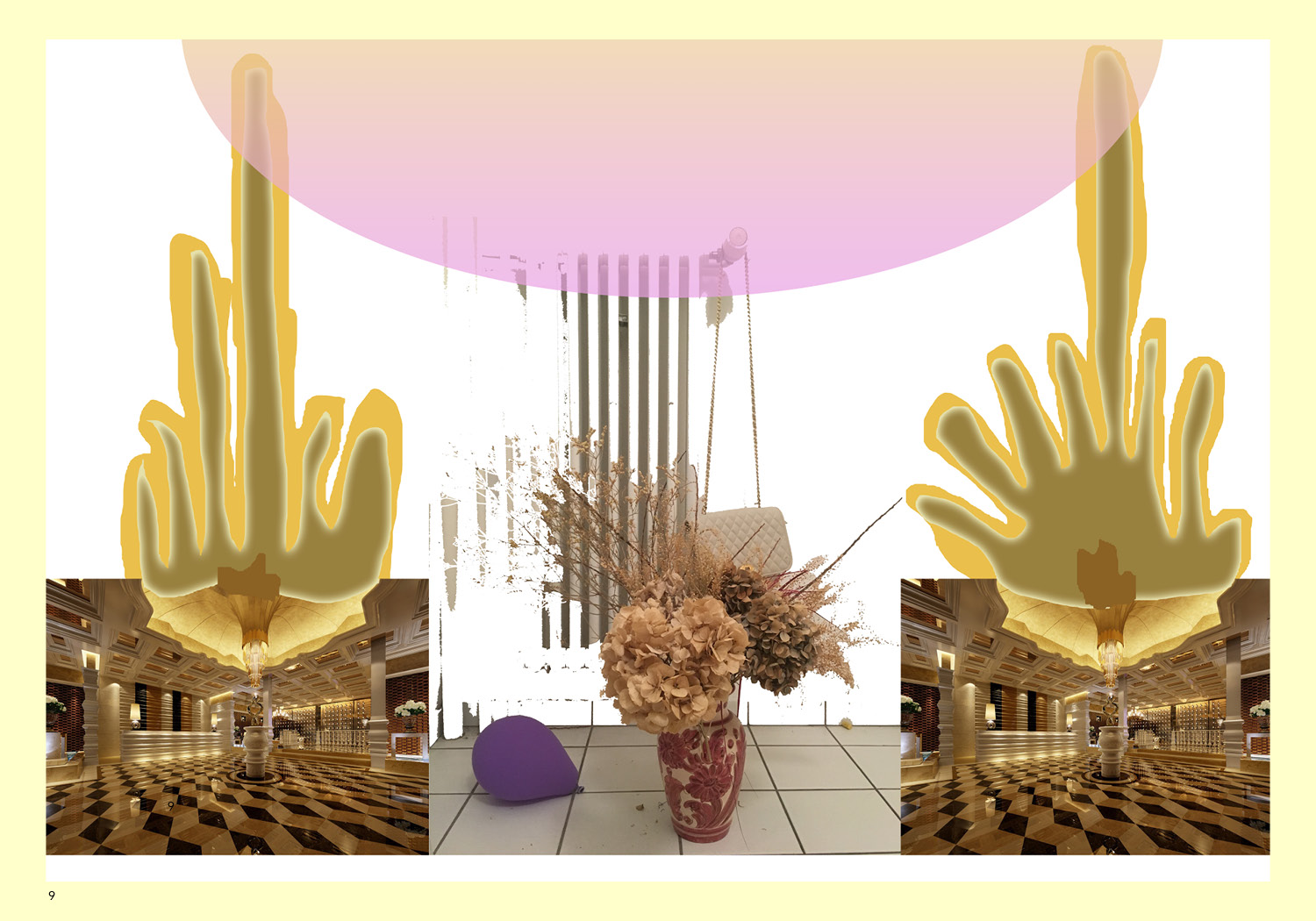
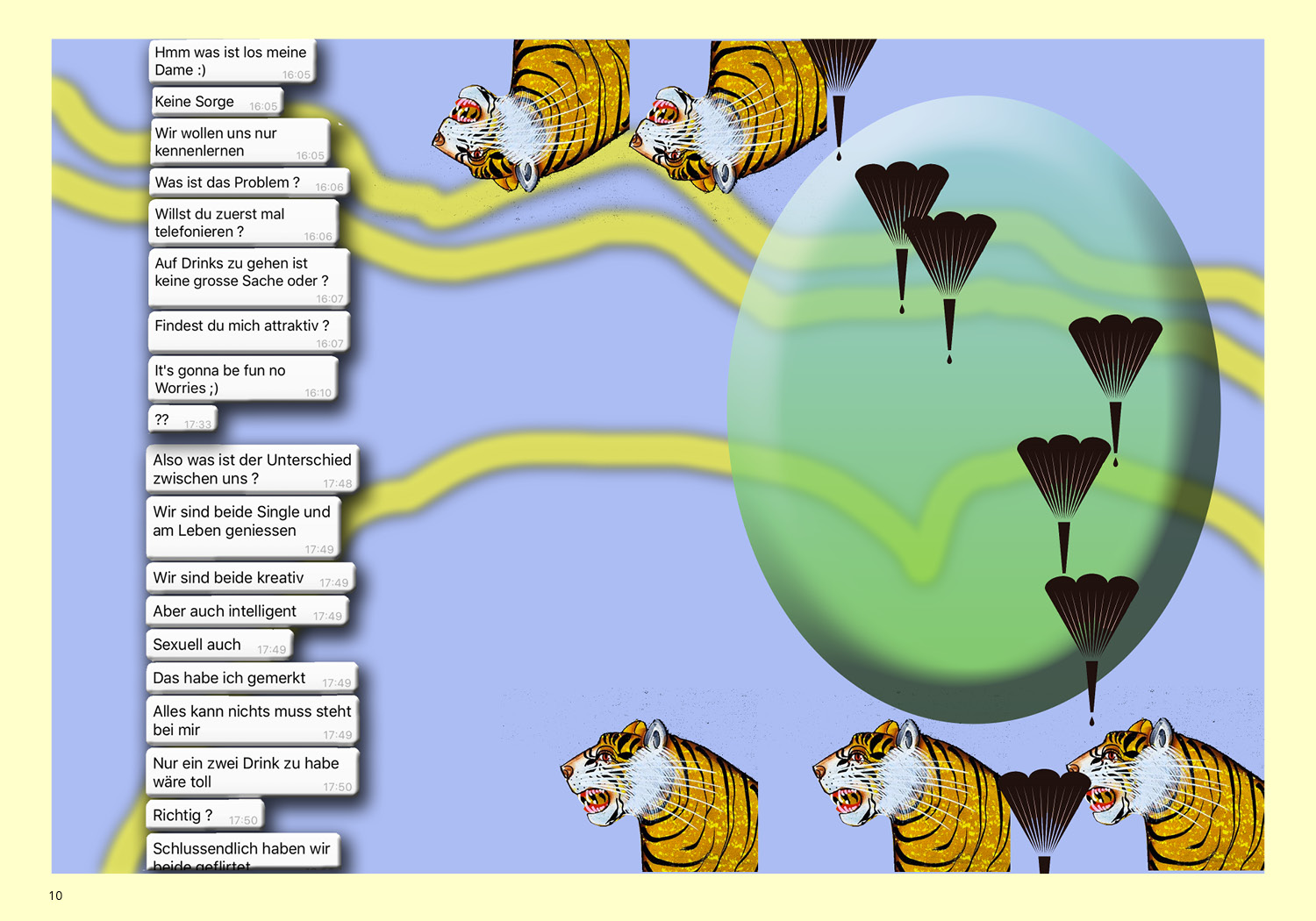

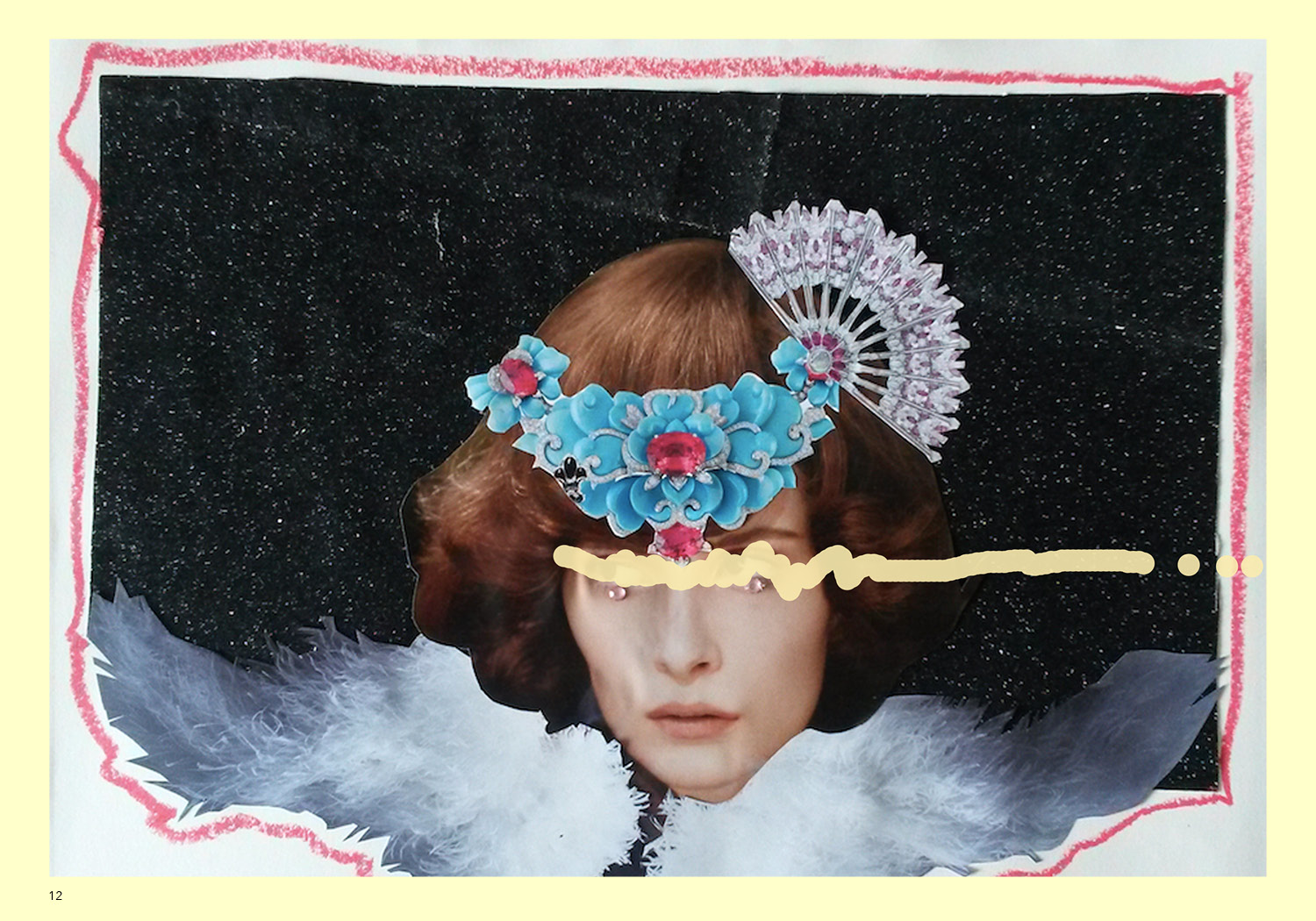
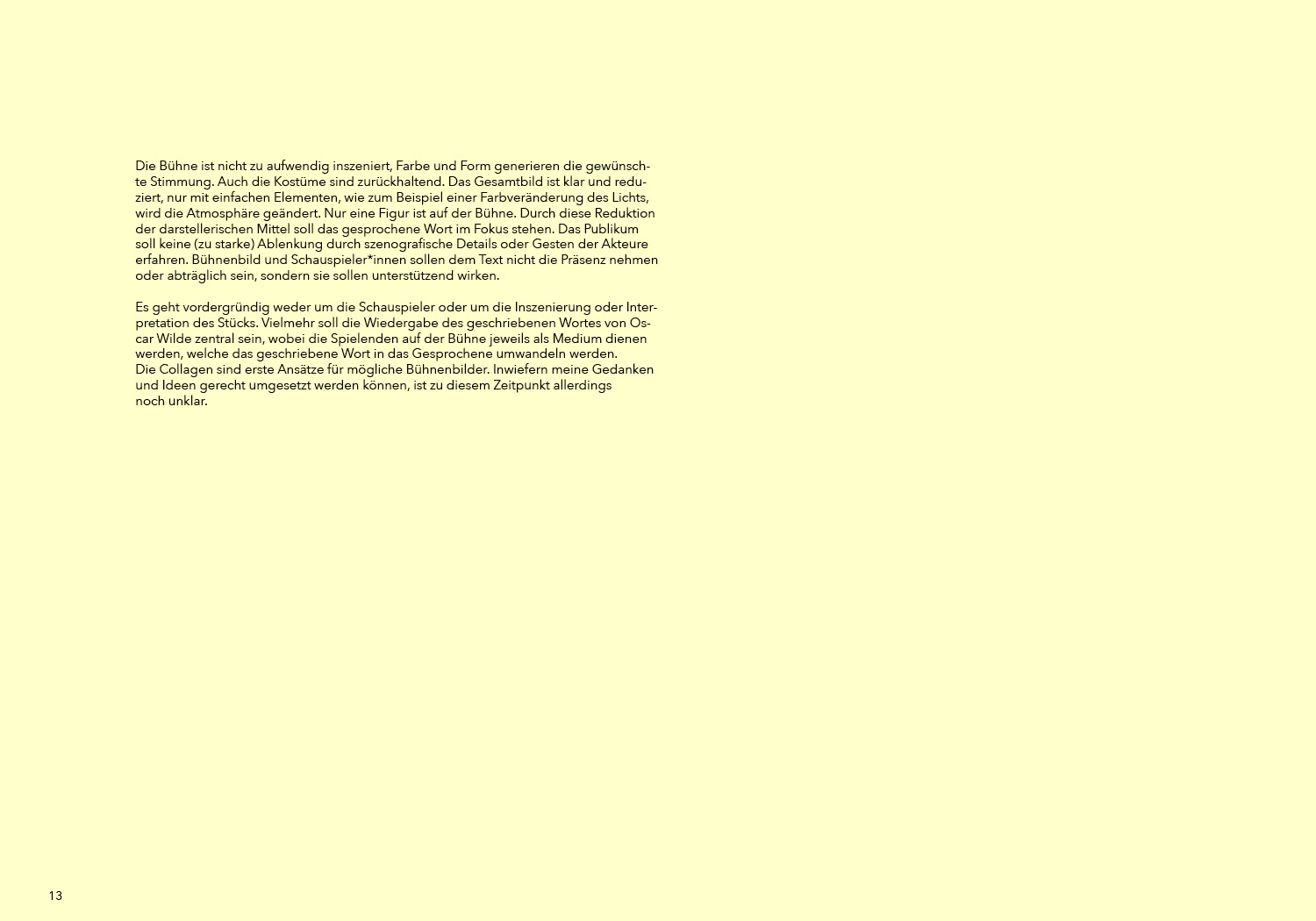
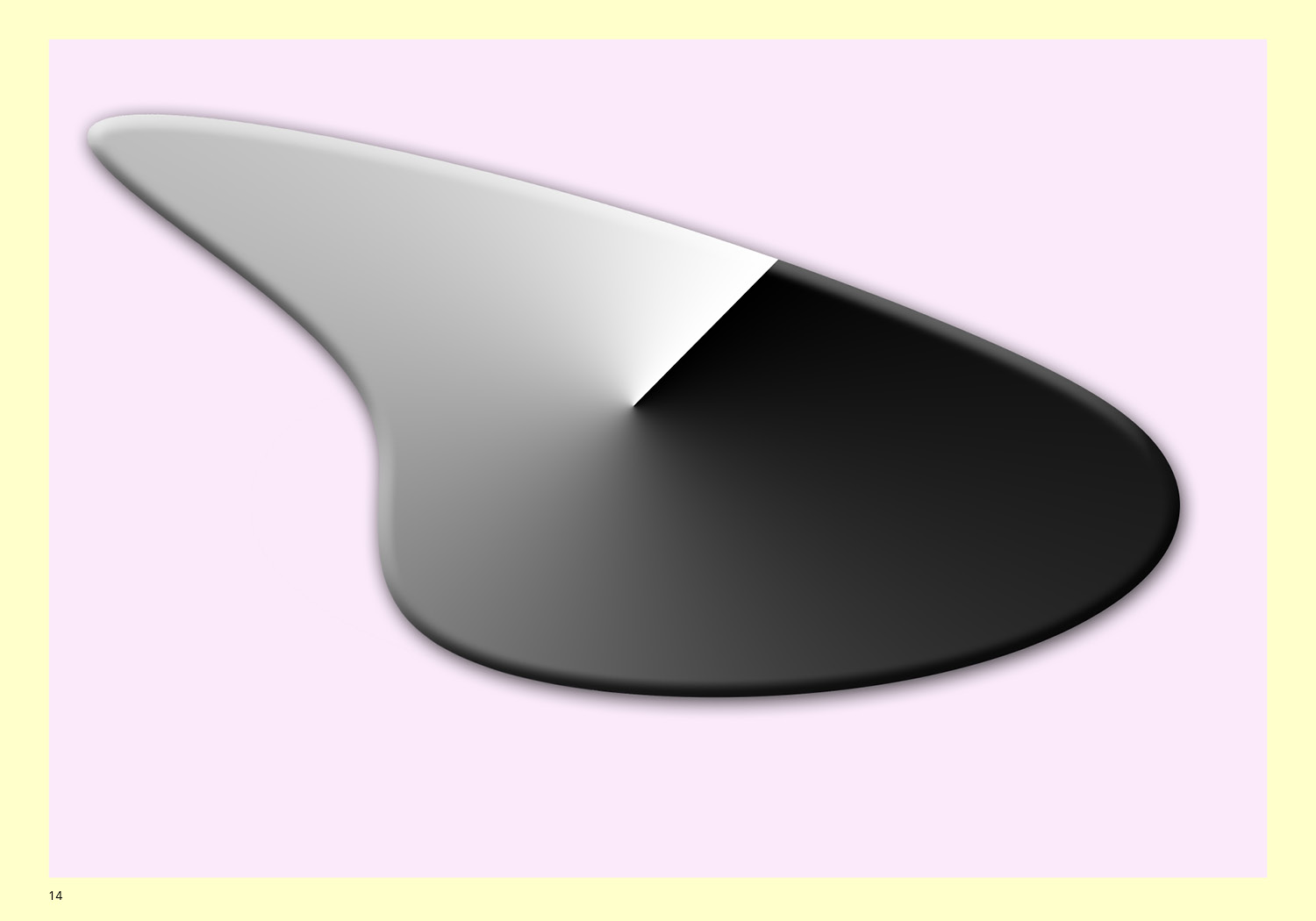
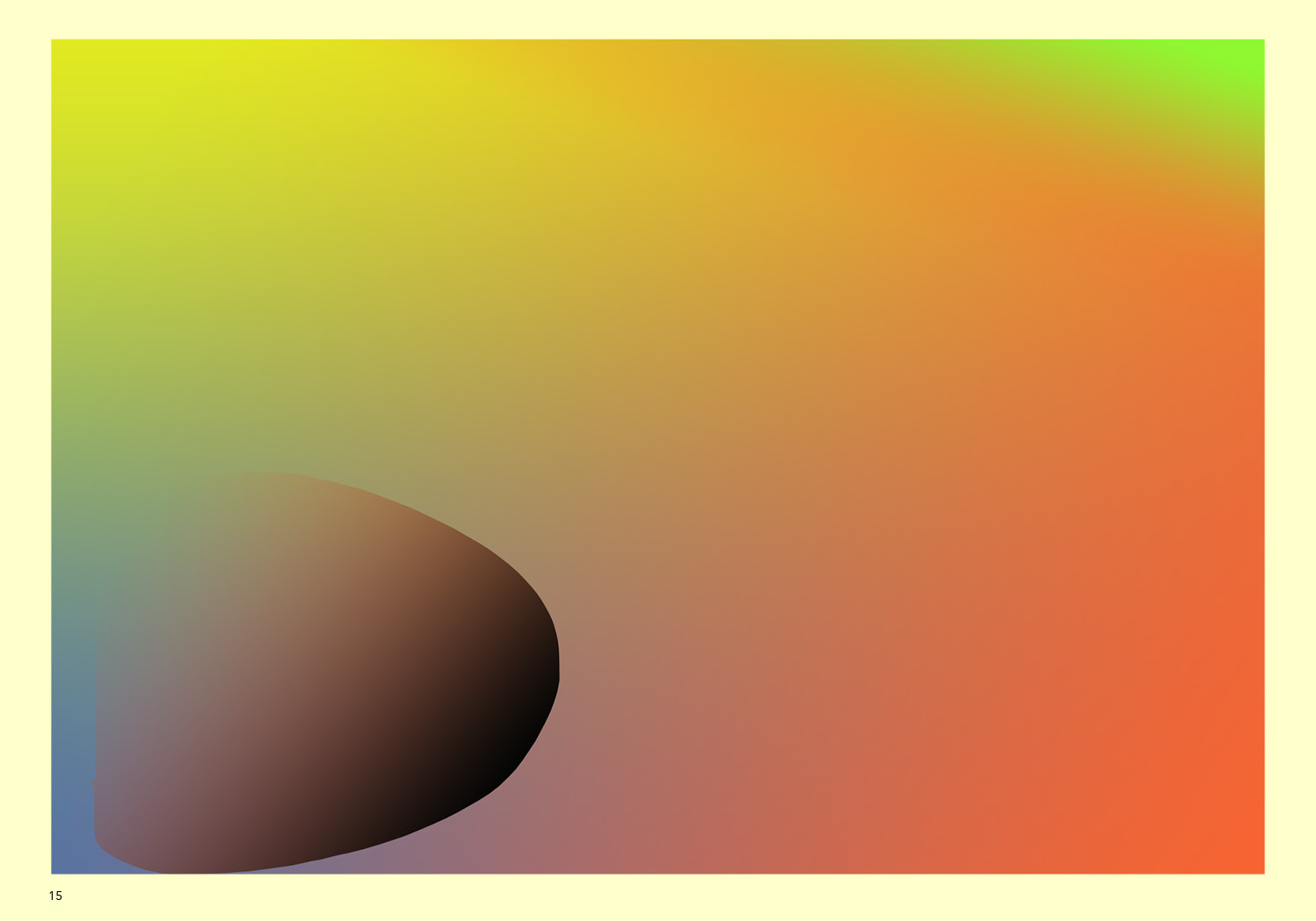
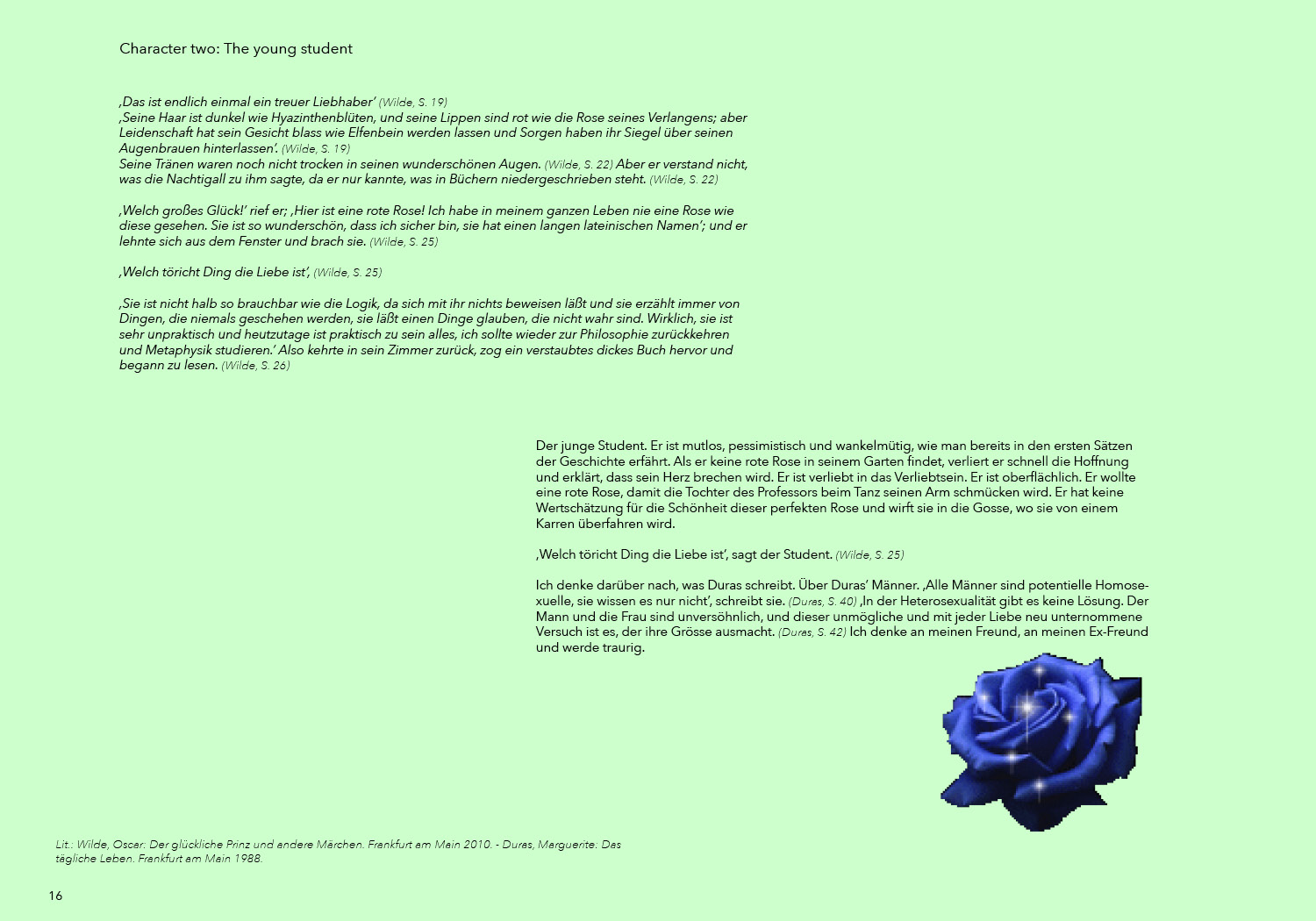
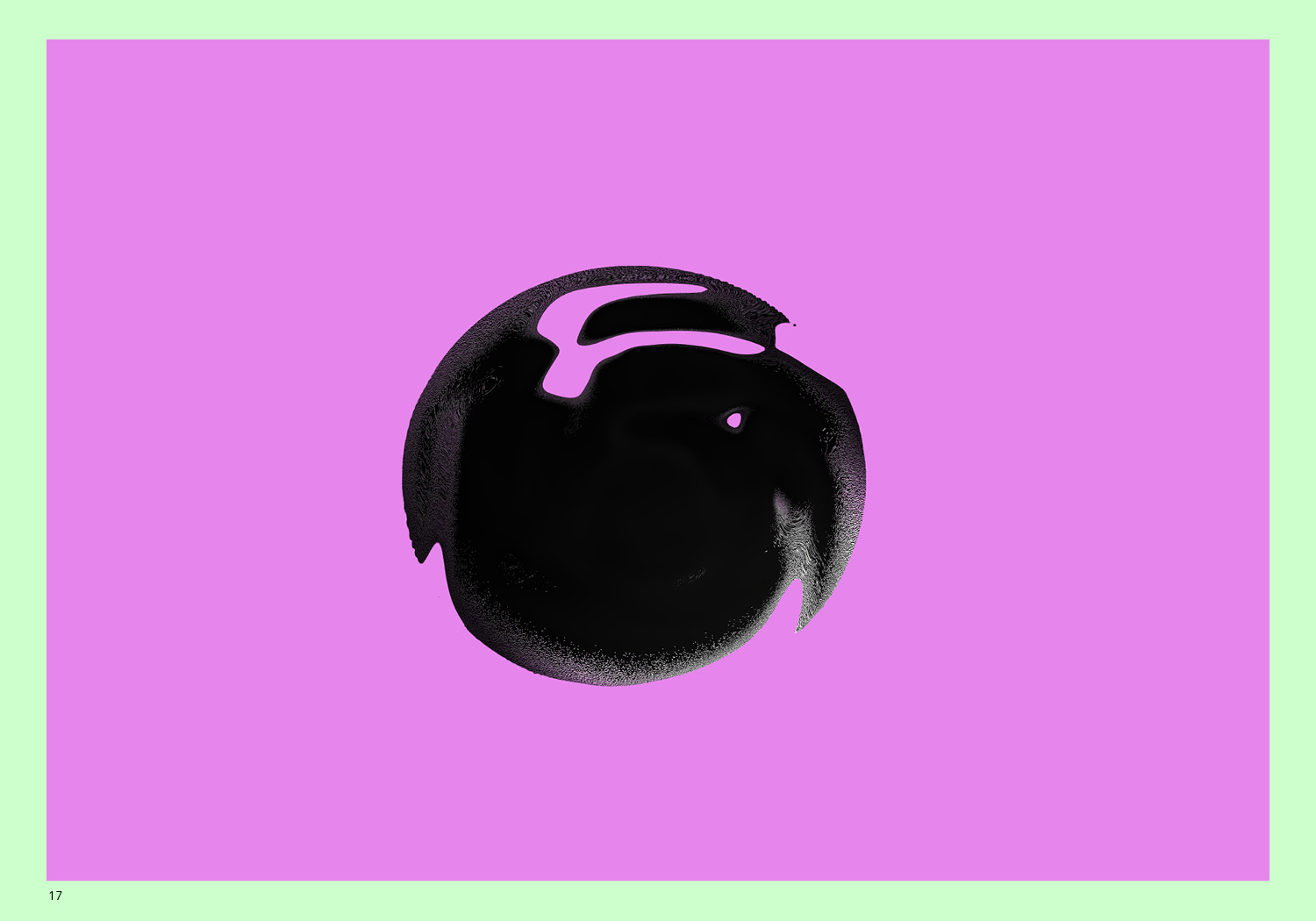
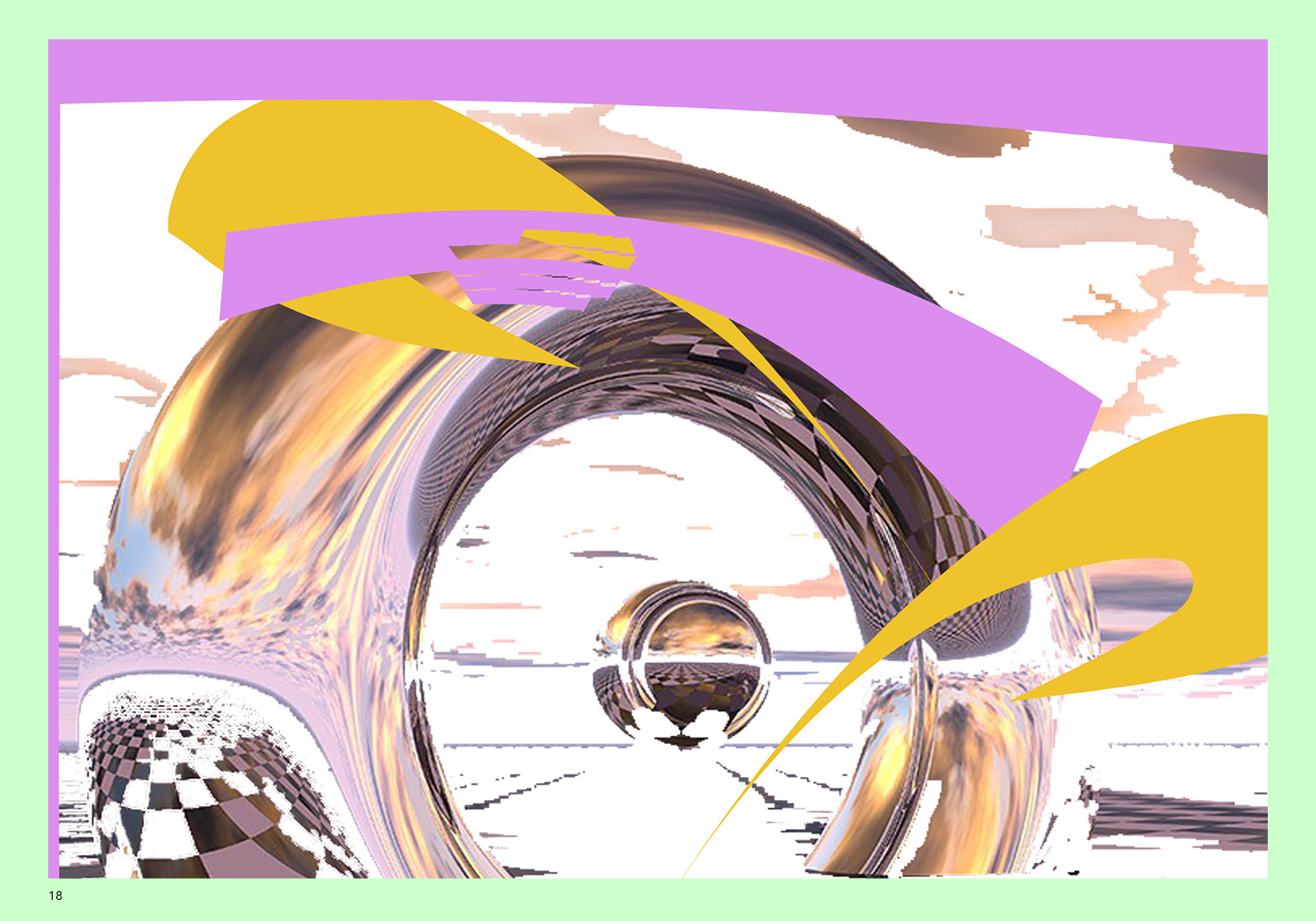
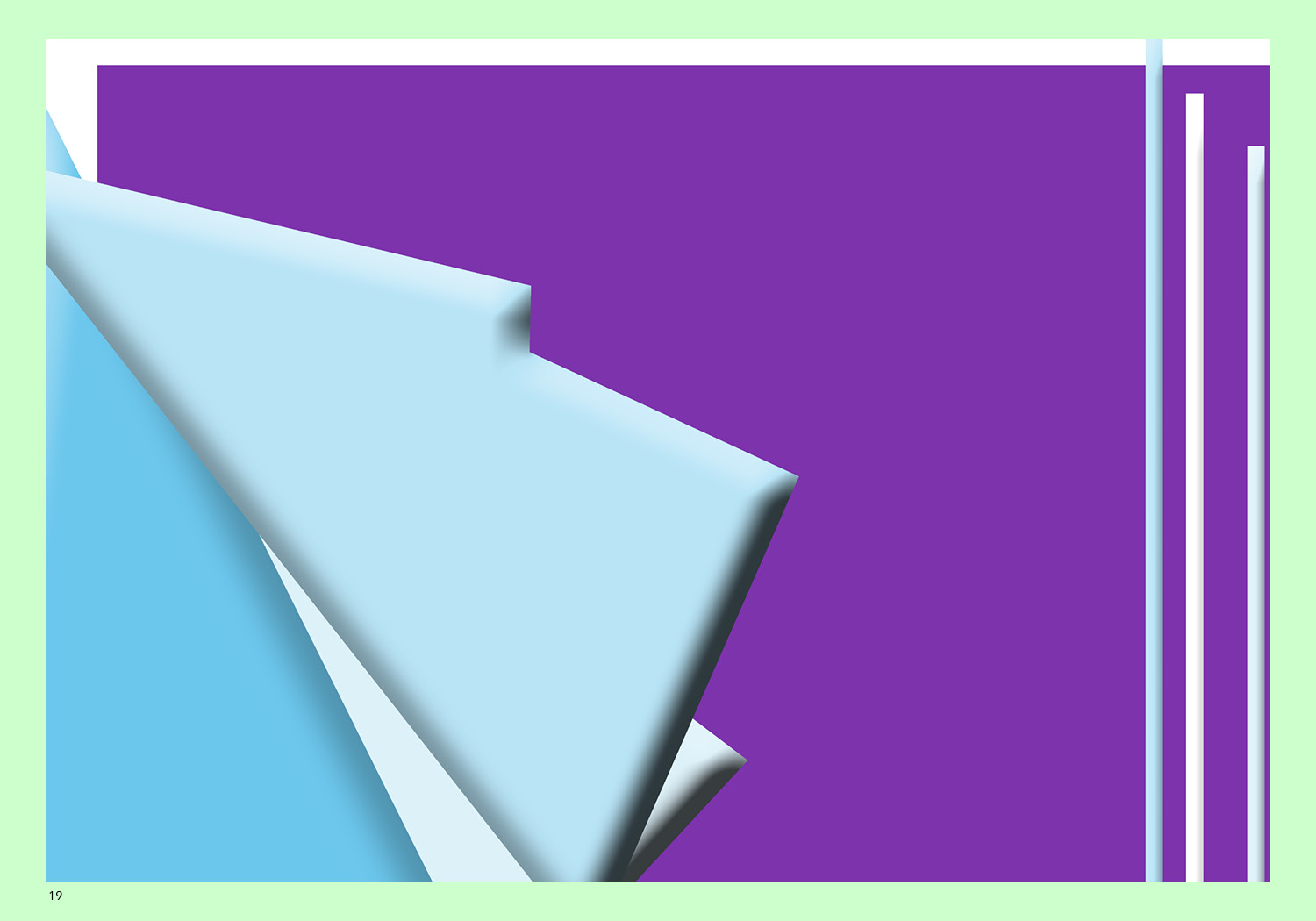
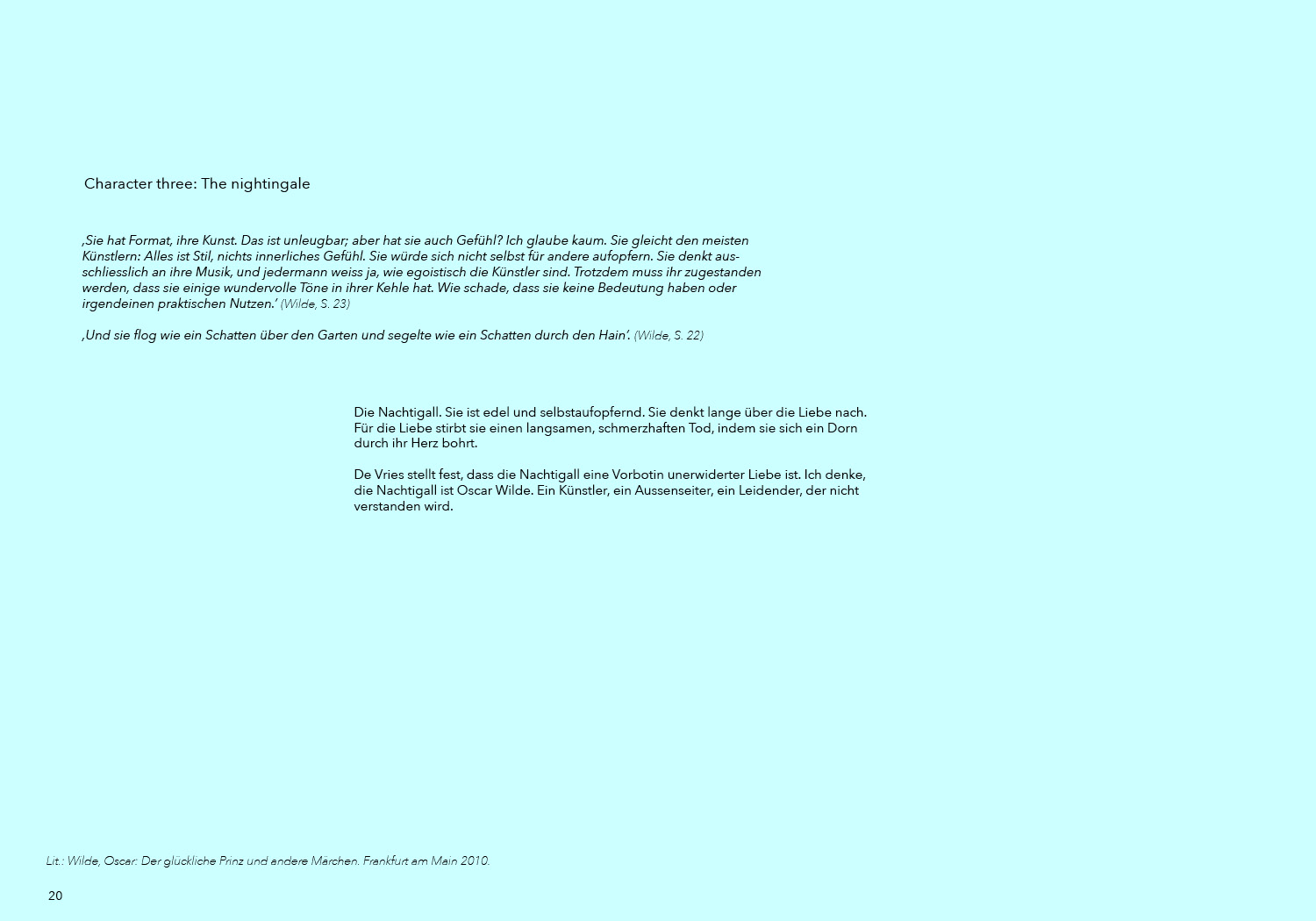
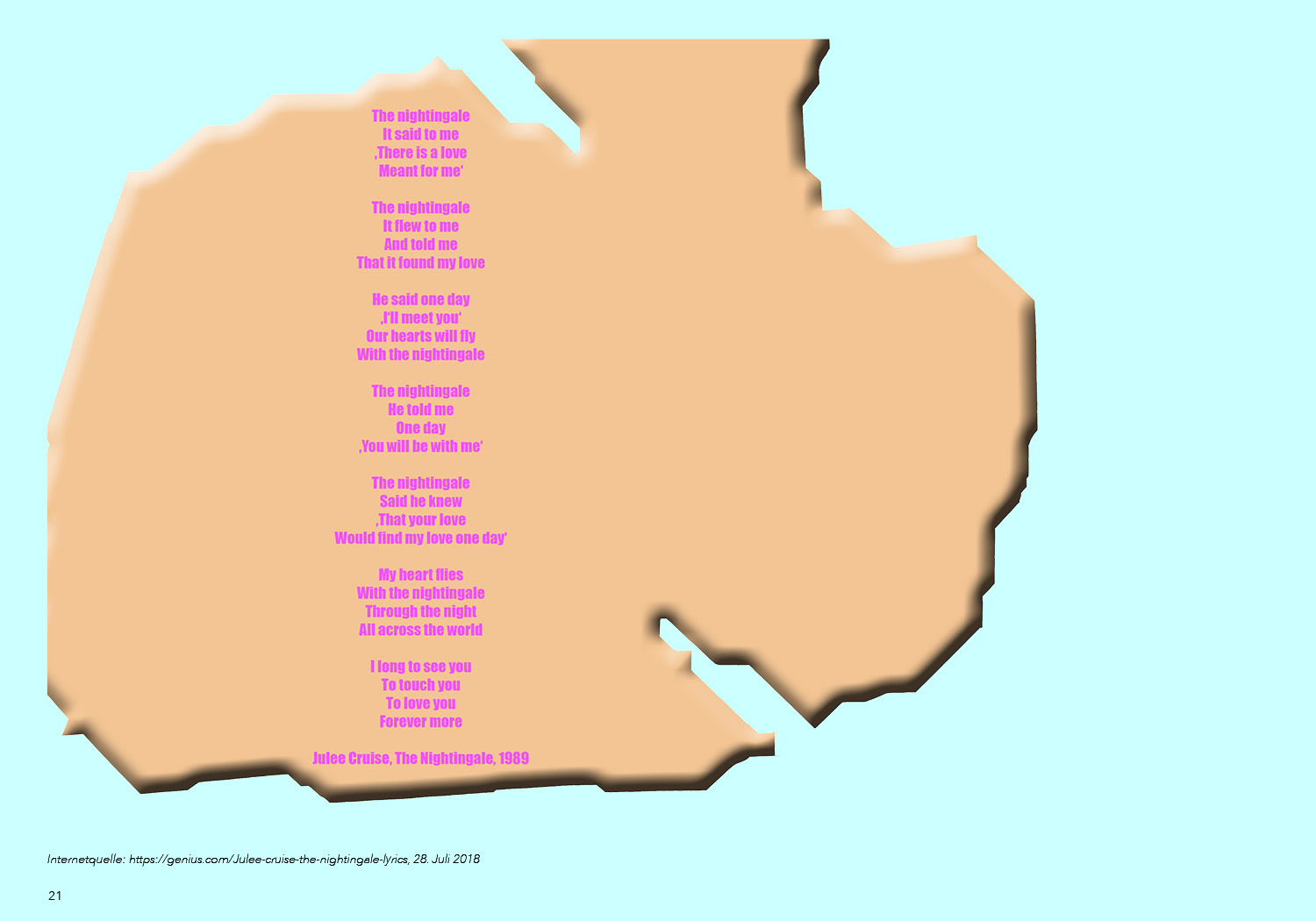
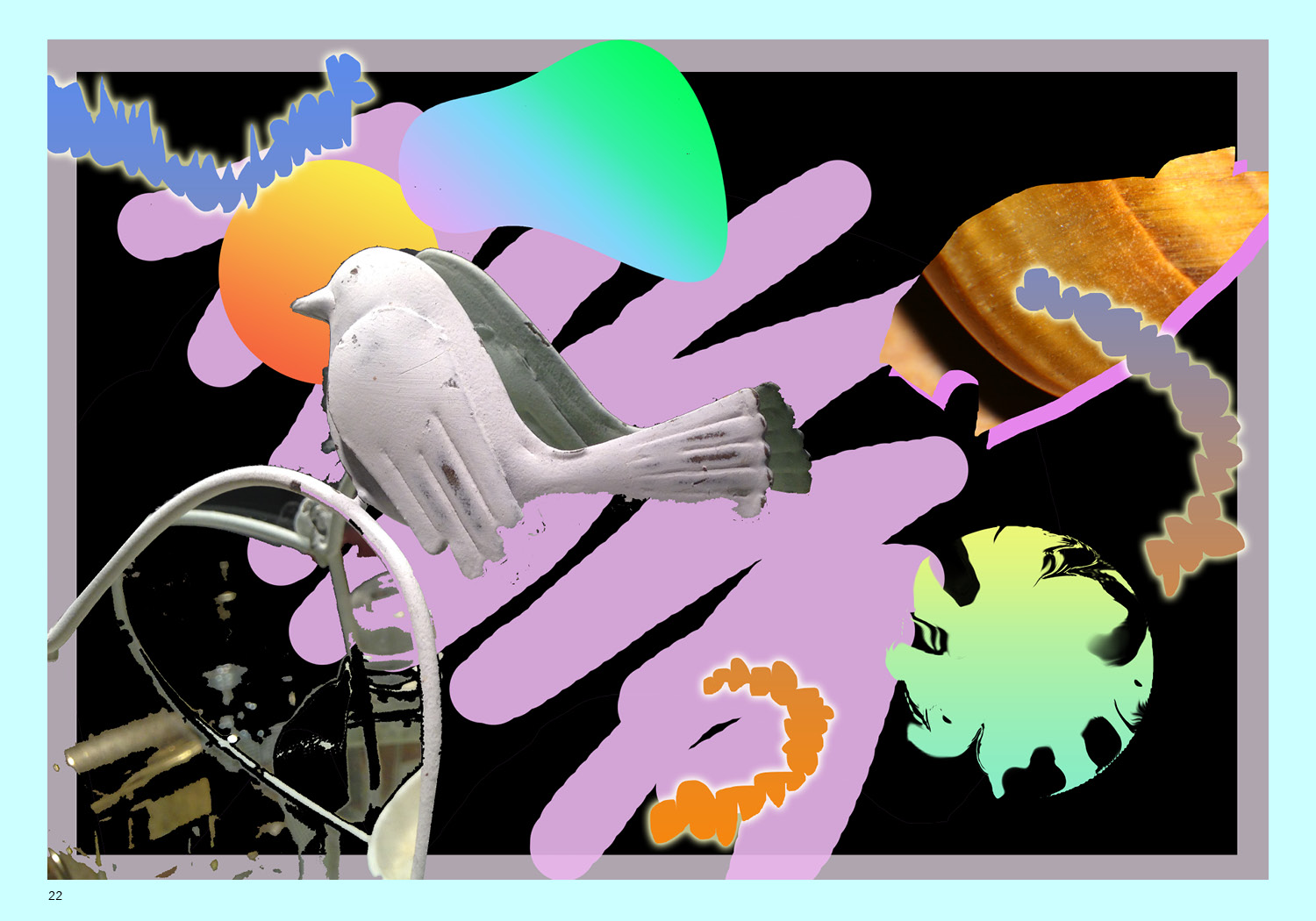
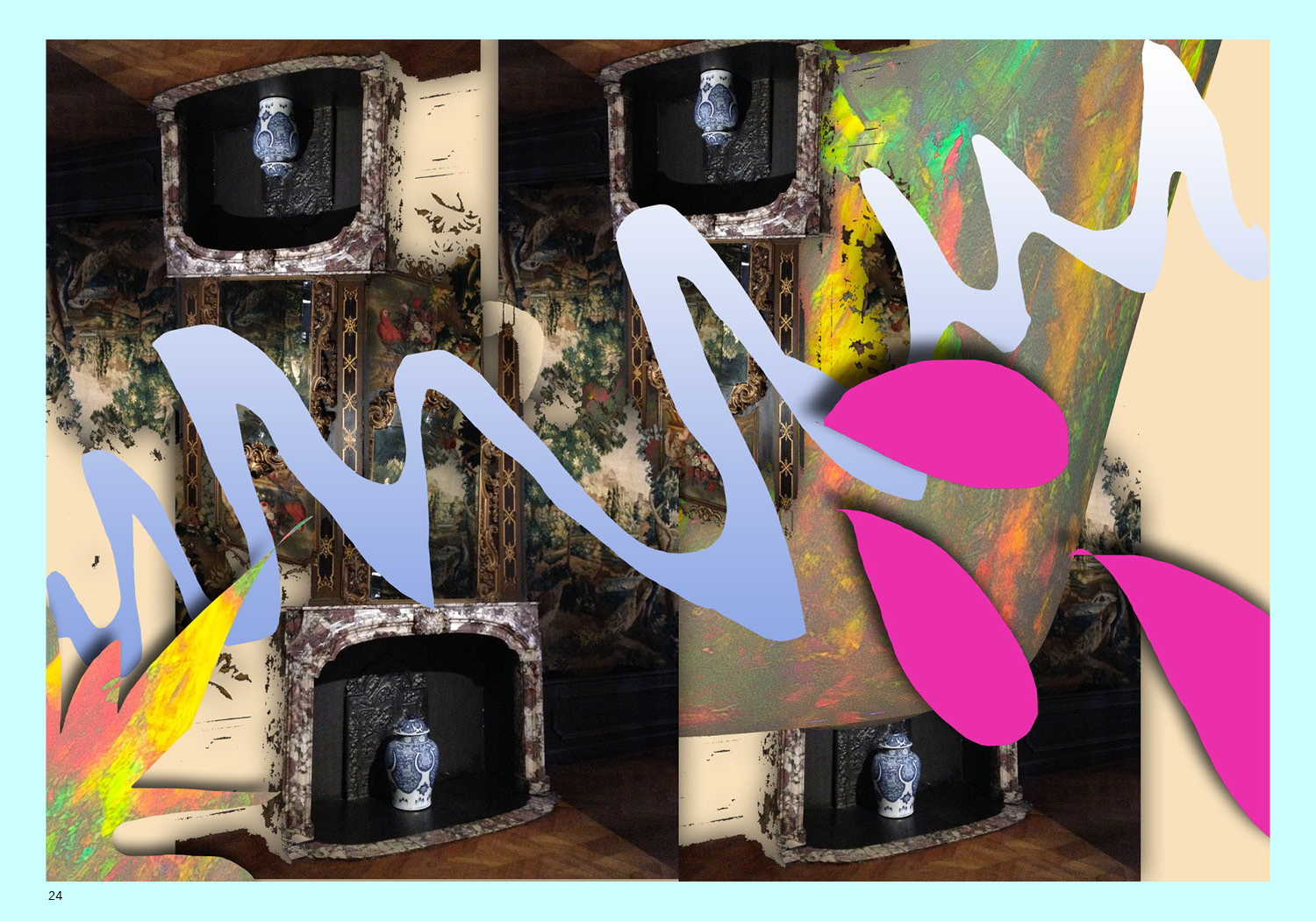
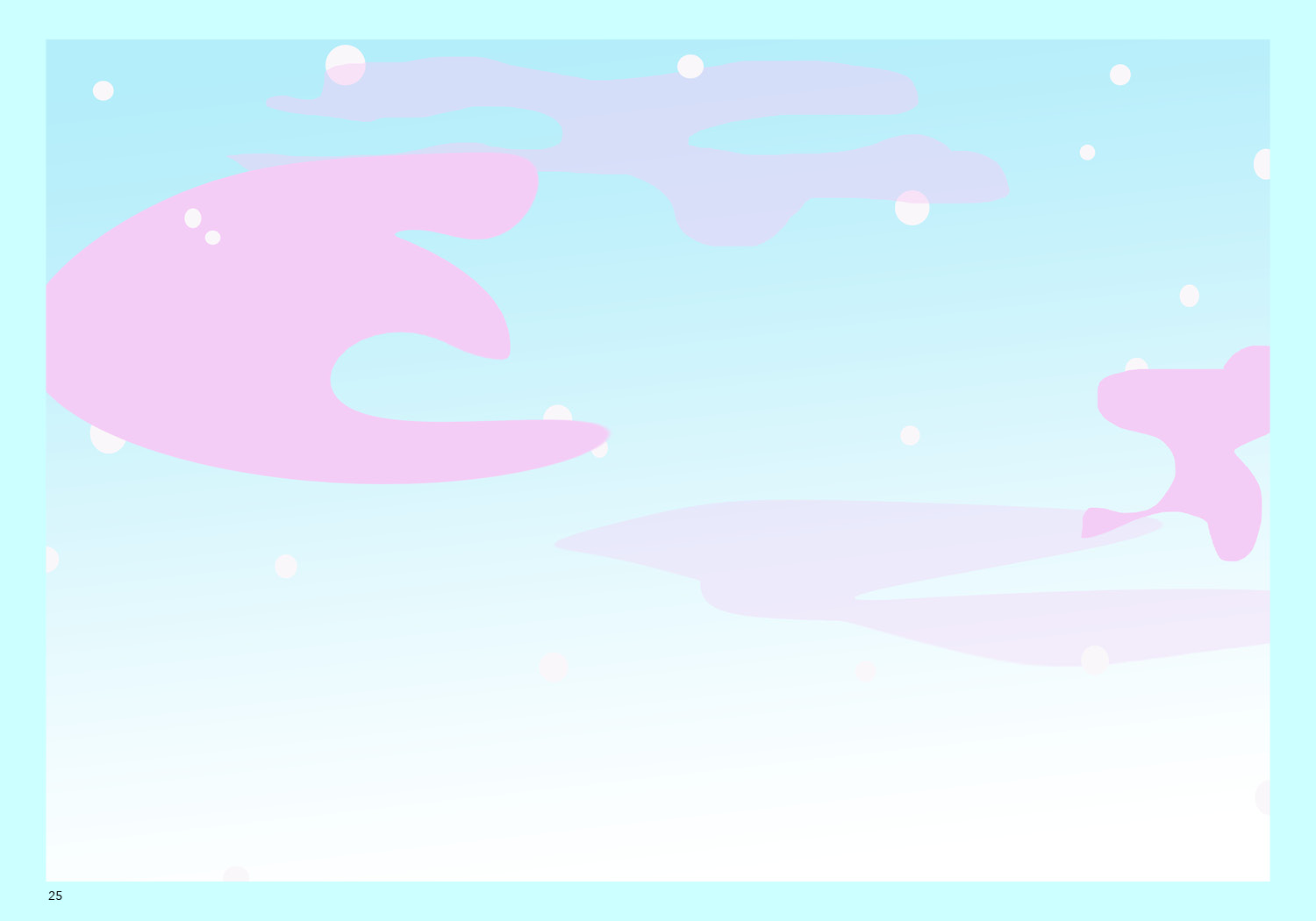
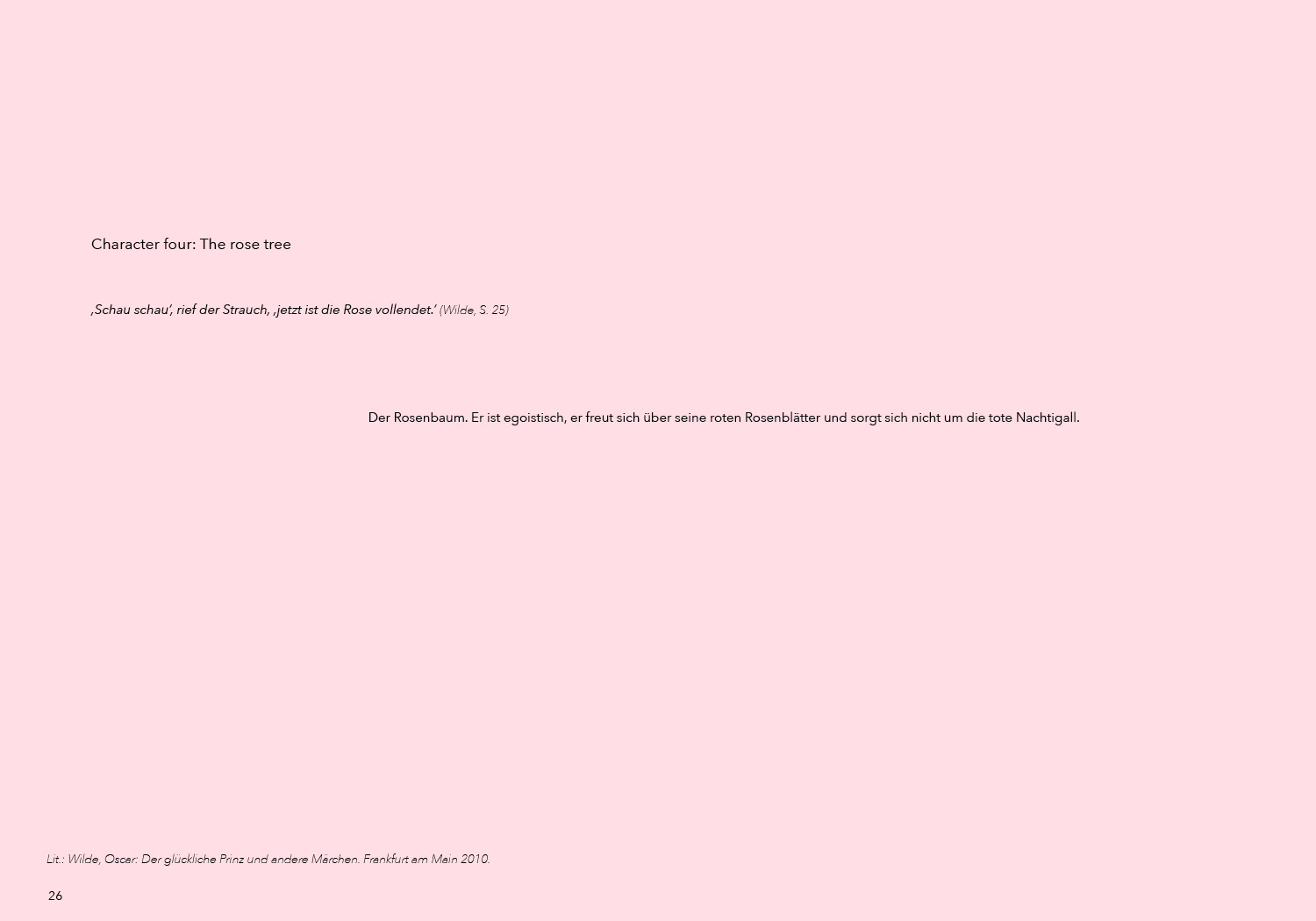
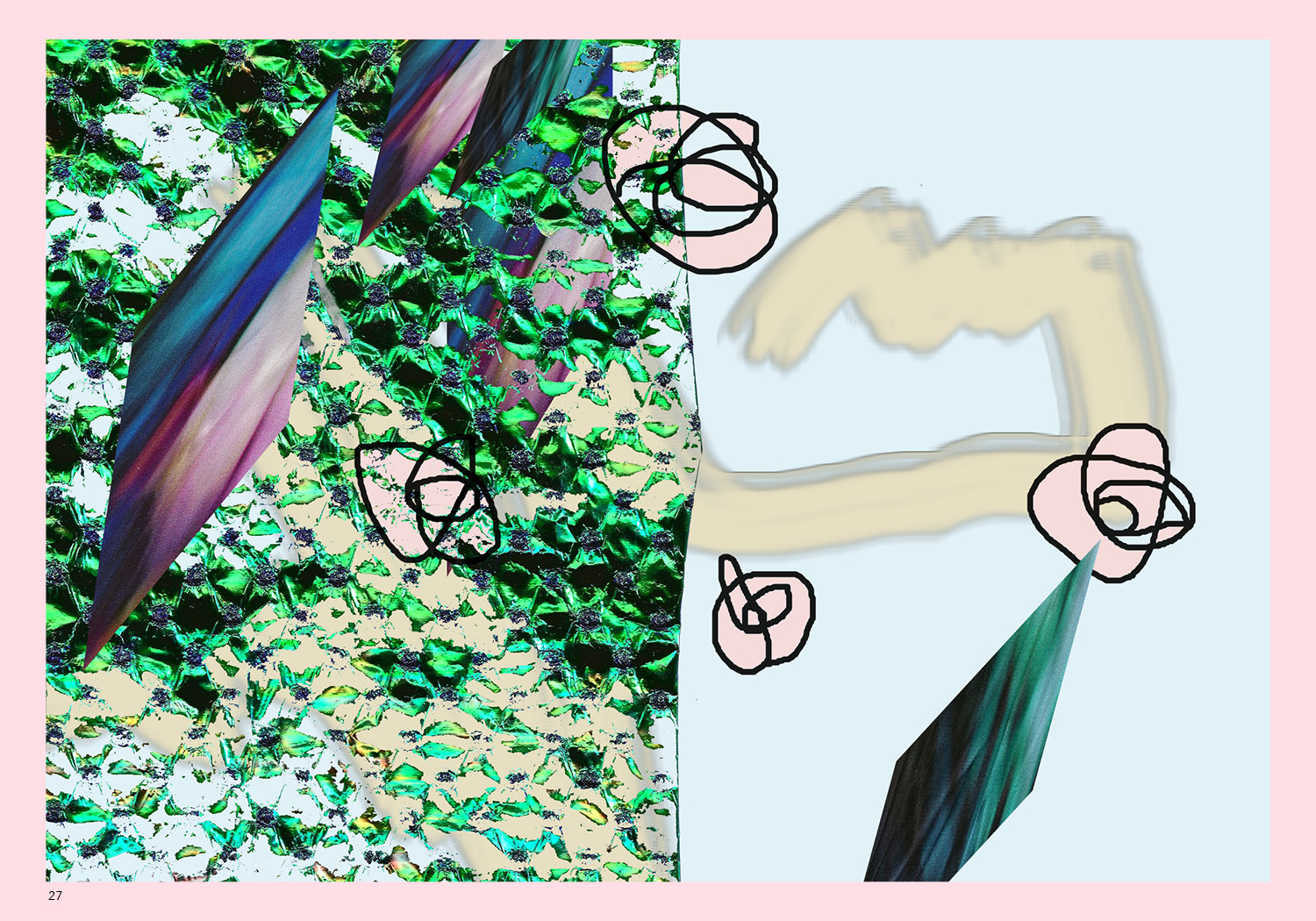
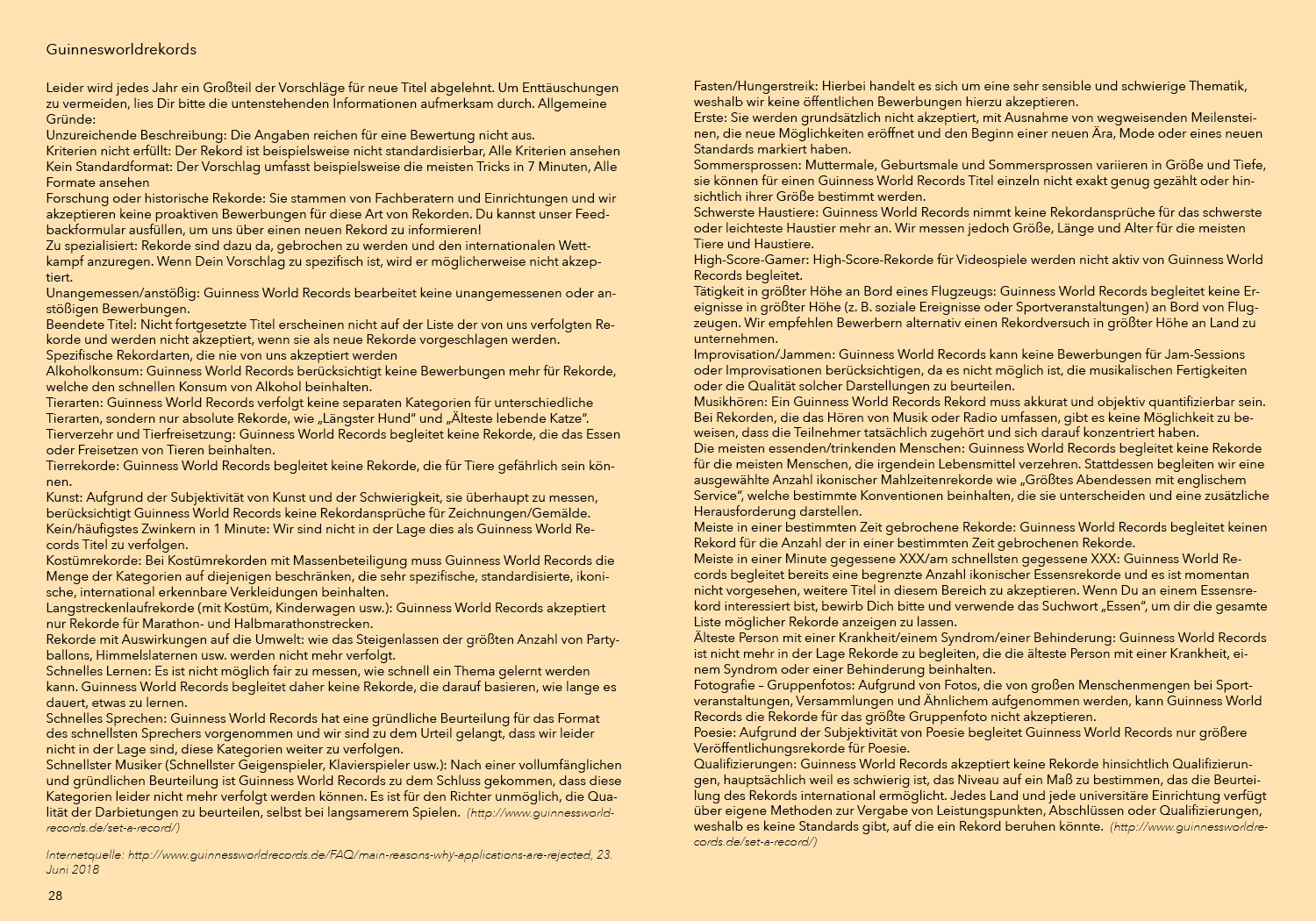
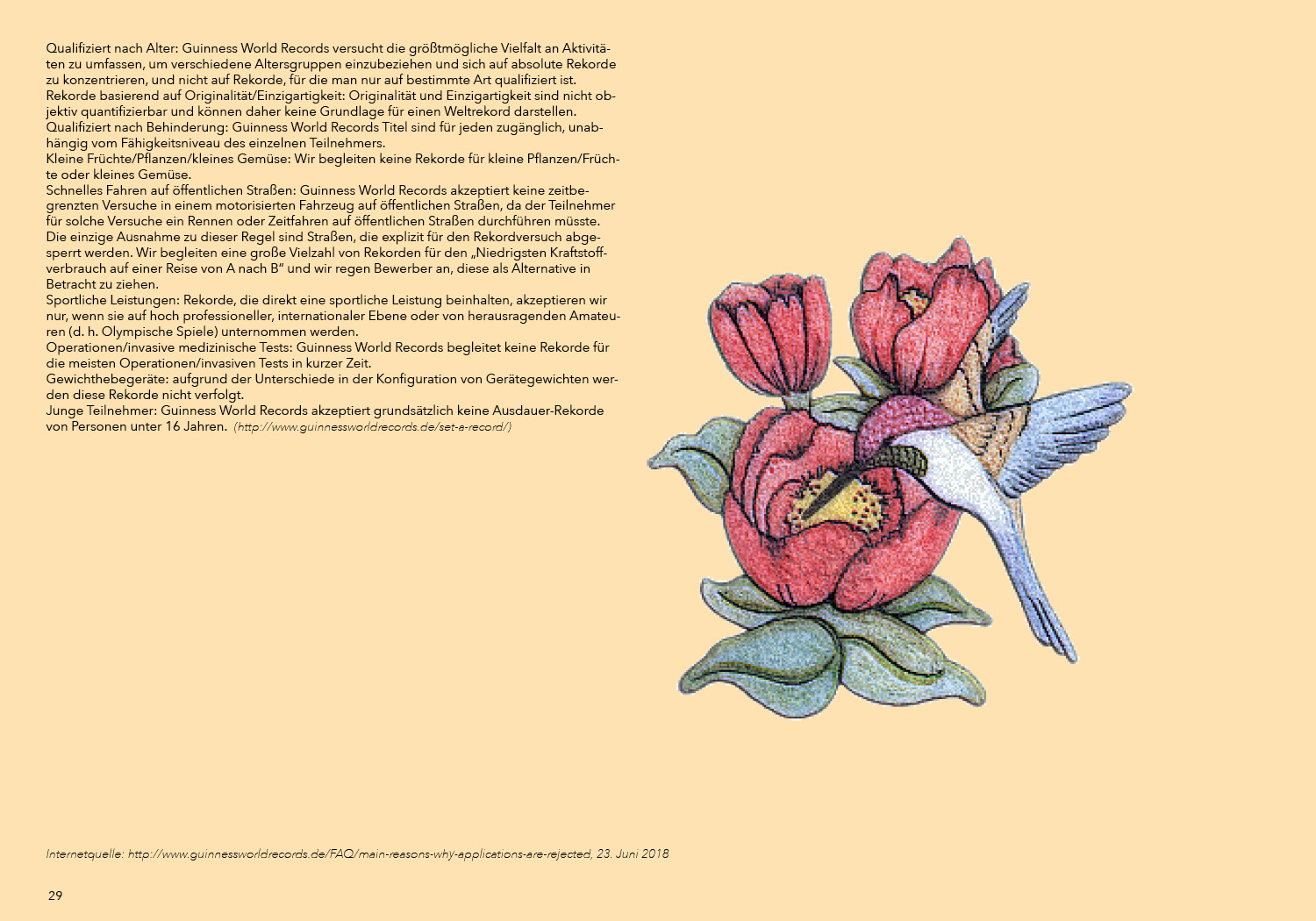
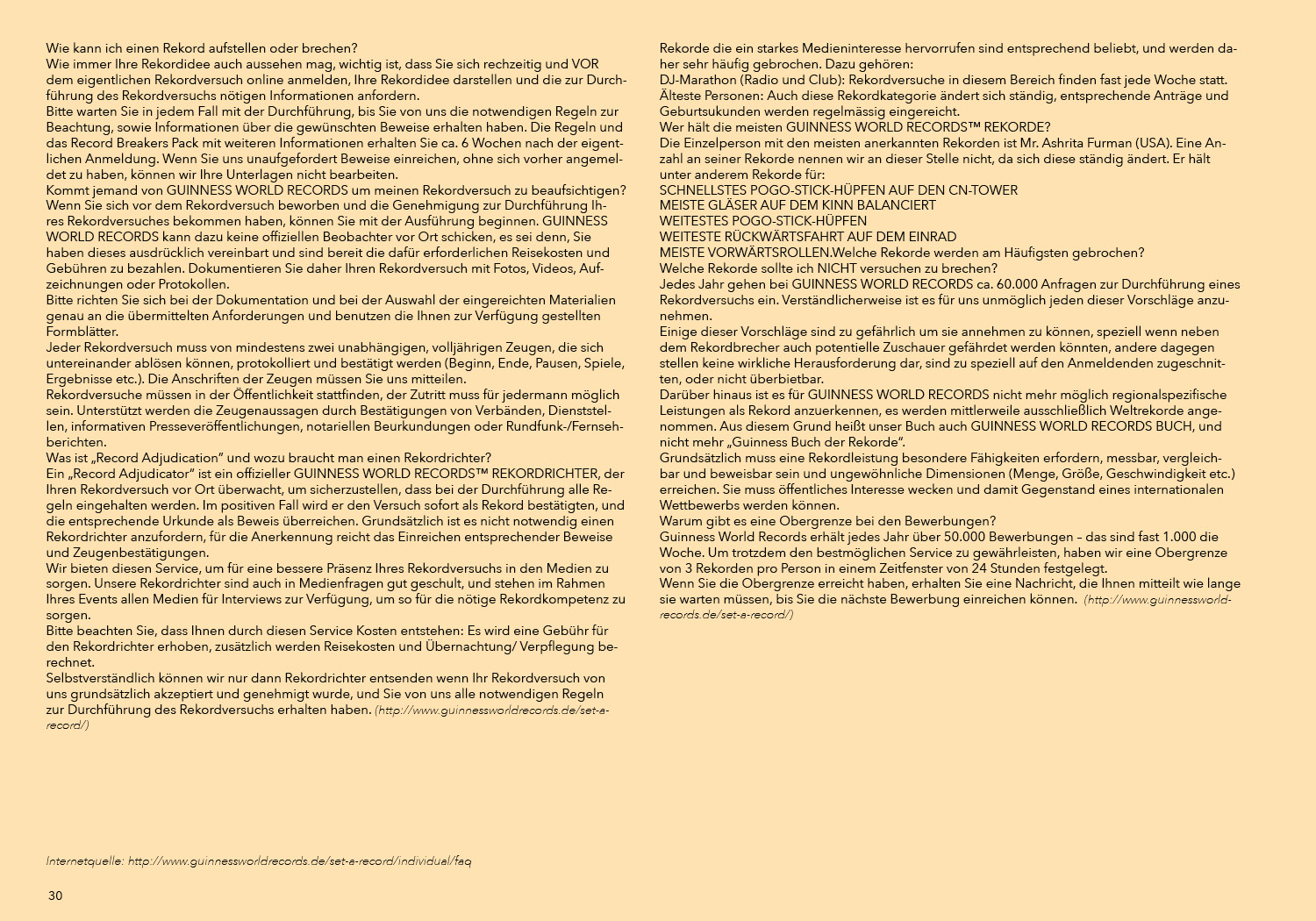
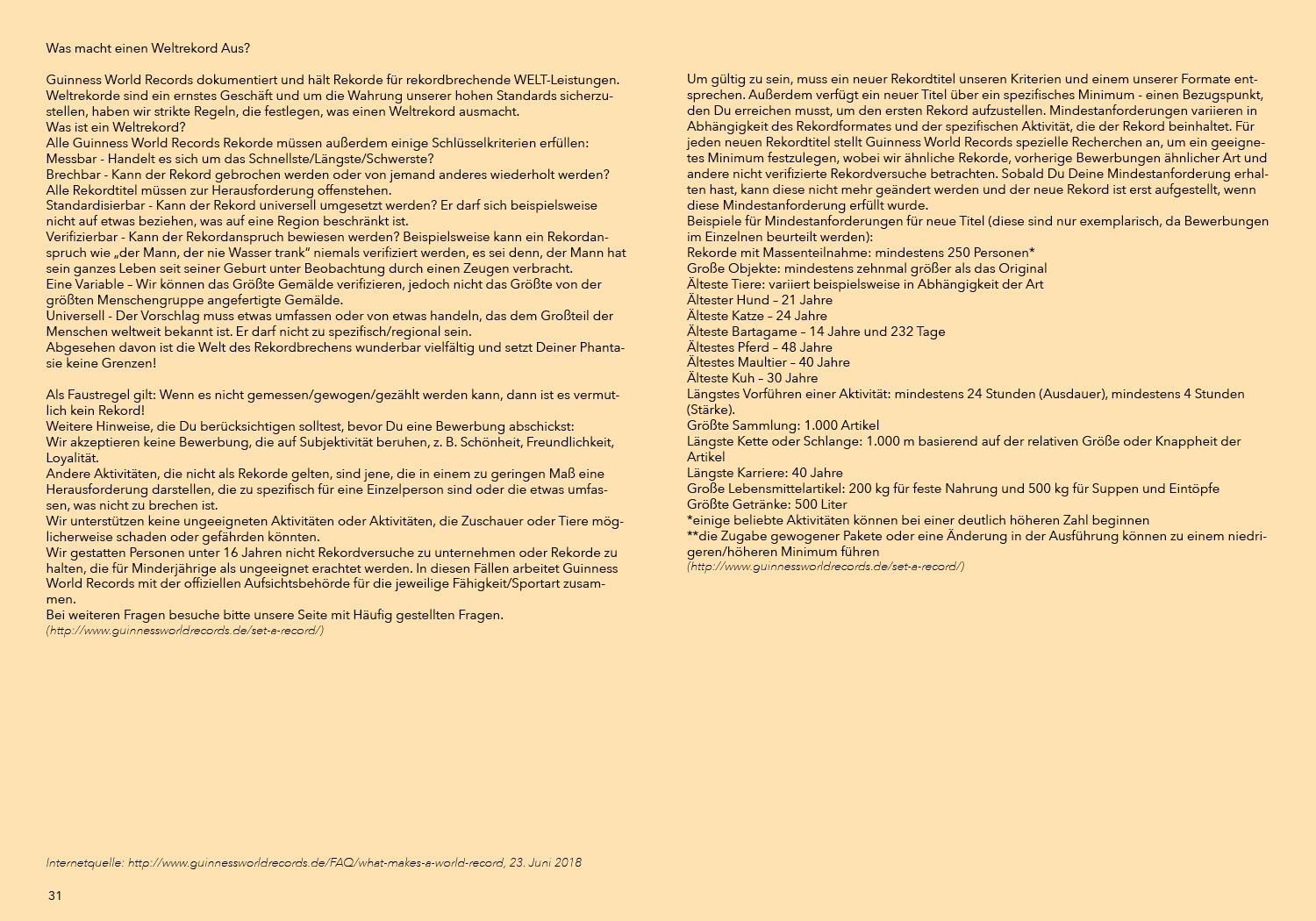

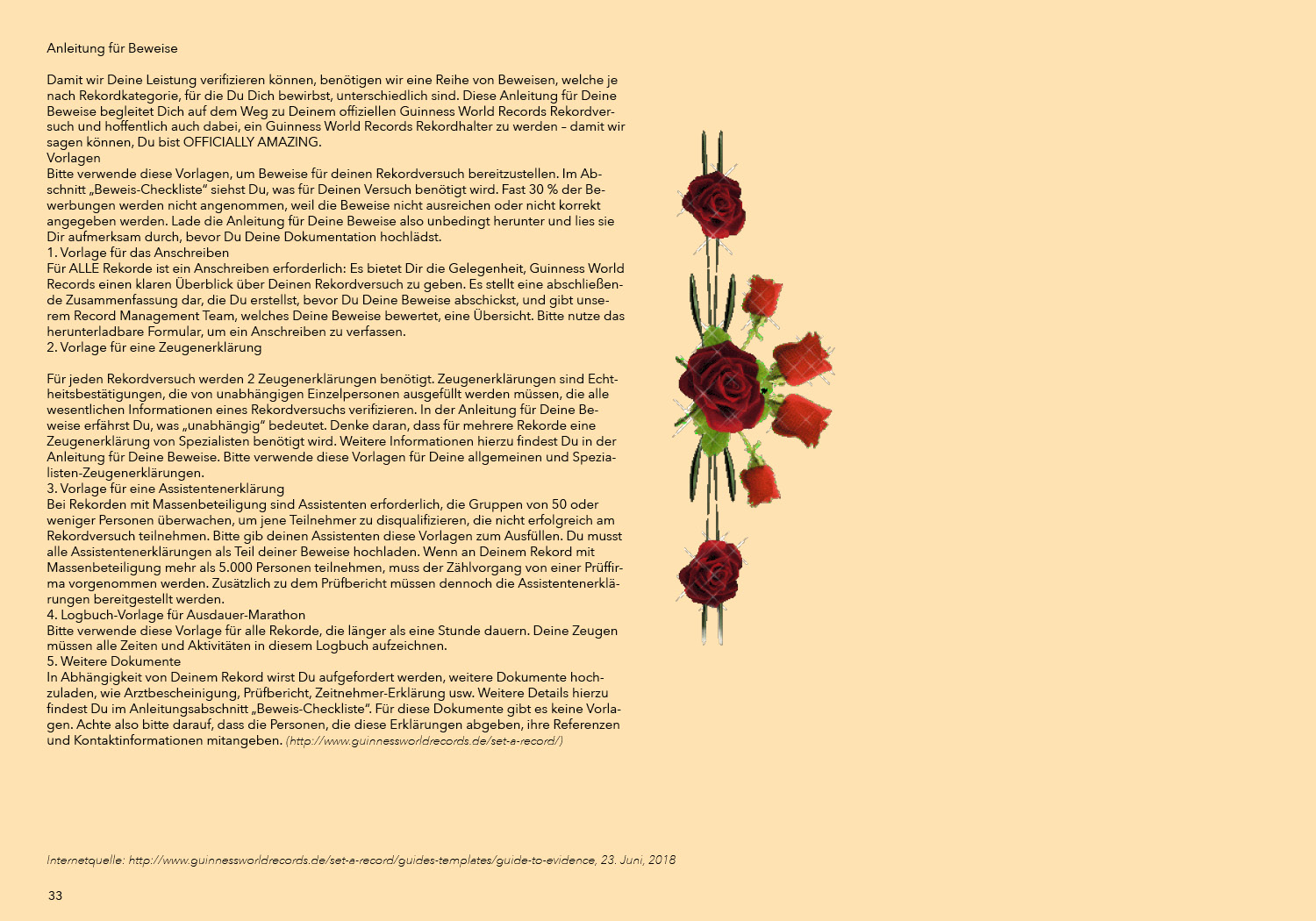
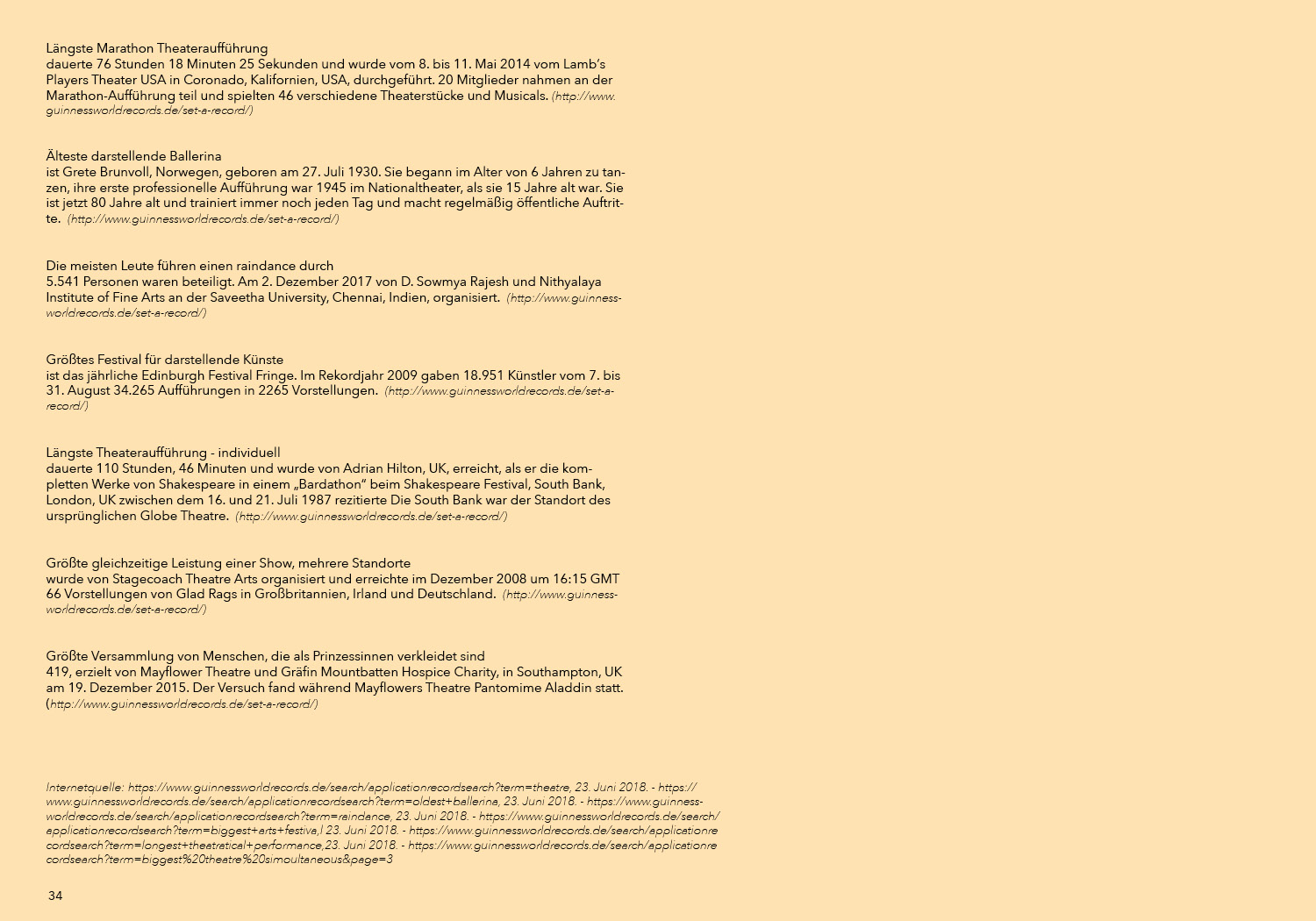
The Contemporary Condition - Temporality Autobiography Evidence
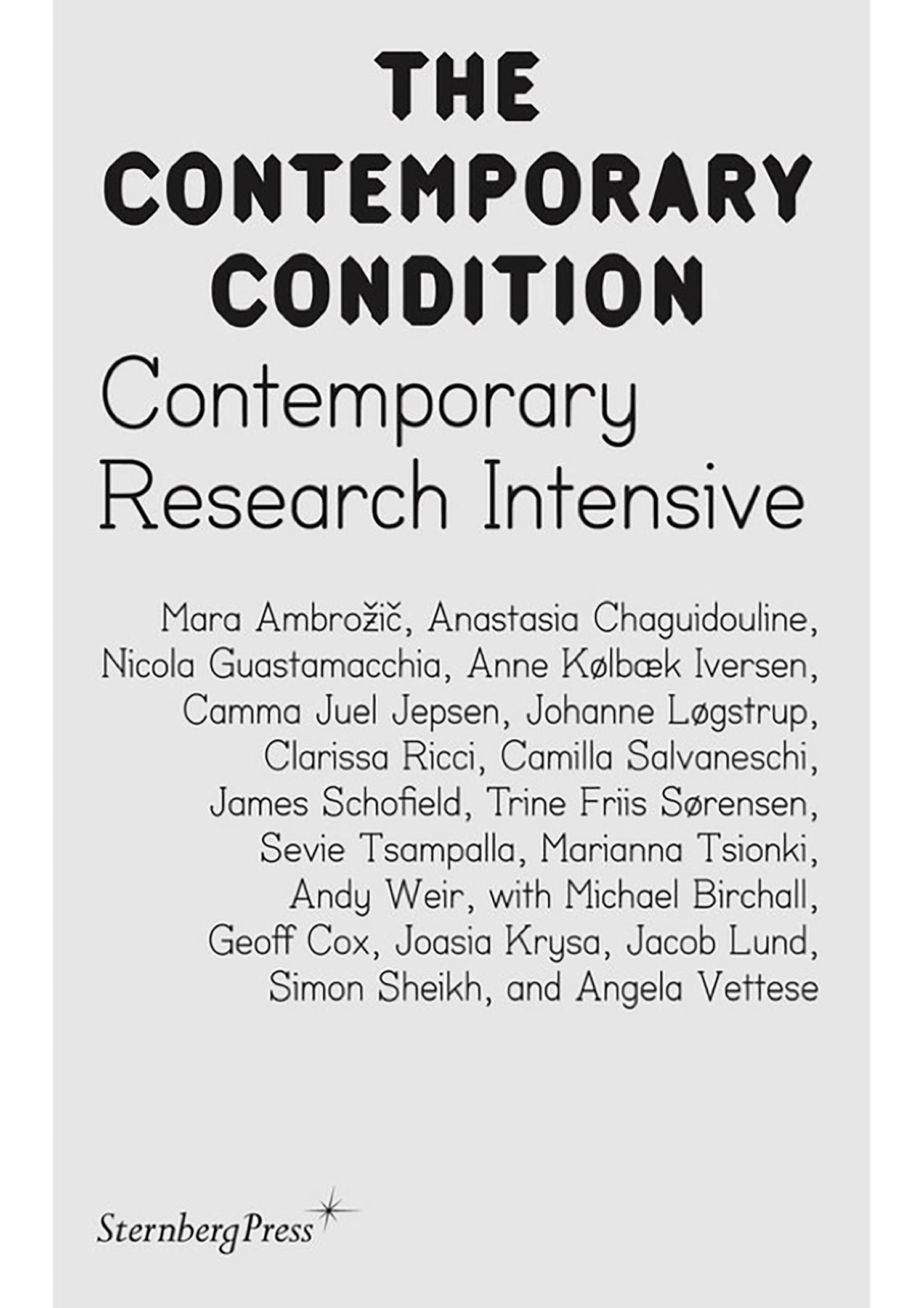
Invitation for collaboration
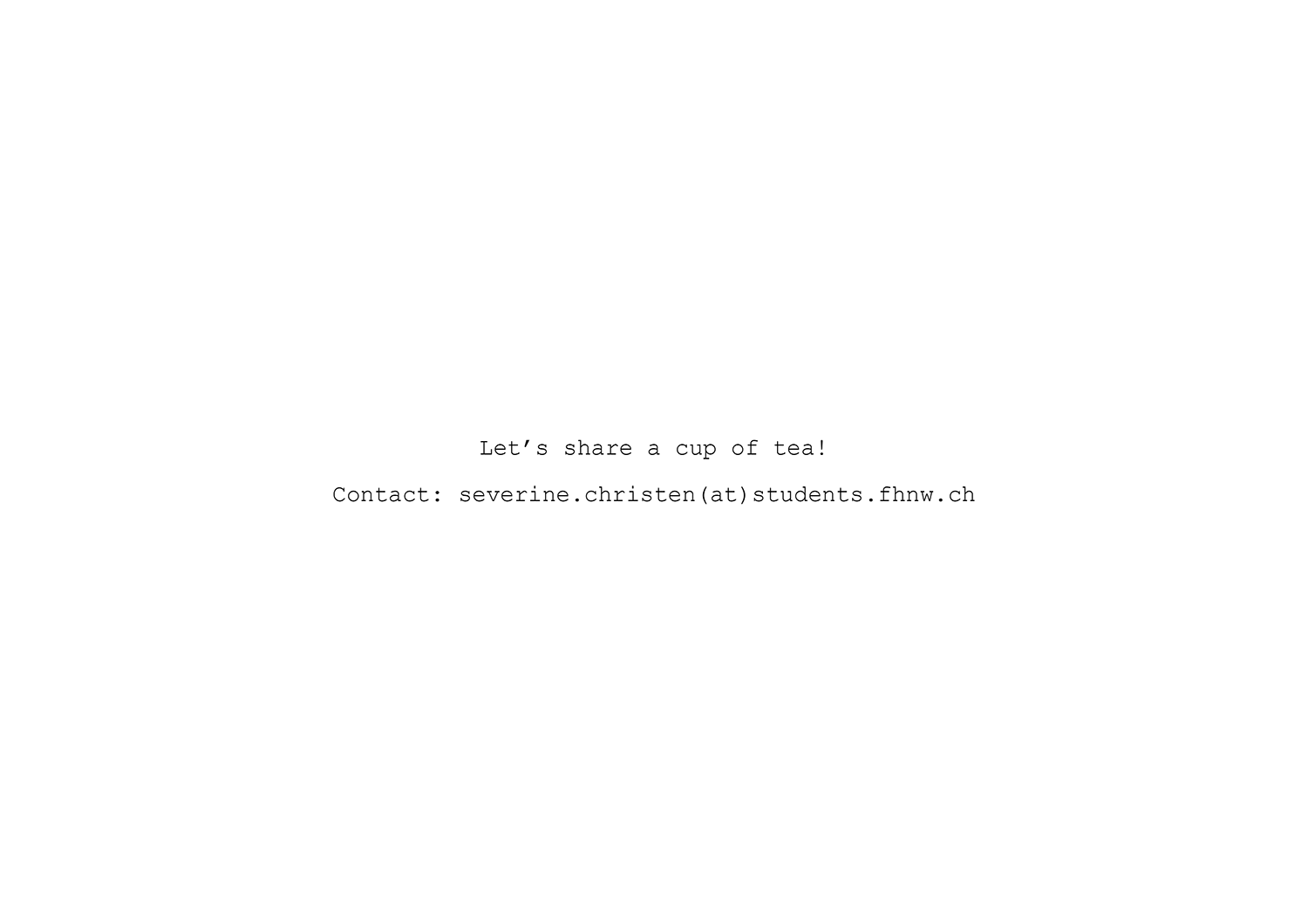
Learn the Malfuf Rythm
Reflecting Body
A reflective exploration of an arts practise
Haus Hardstrasse 43
Warum ein Haus? Warum das Haus?
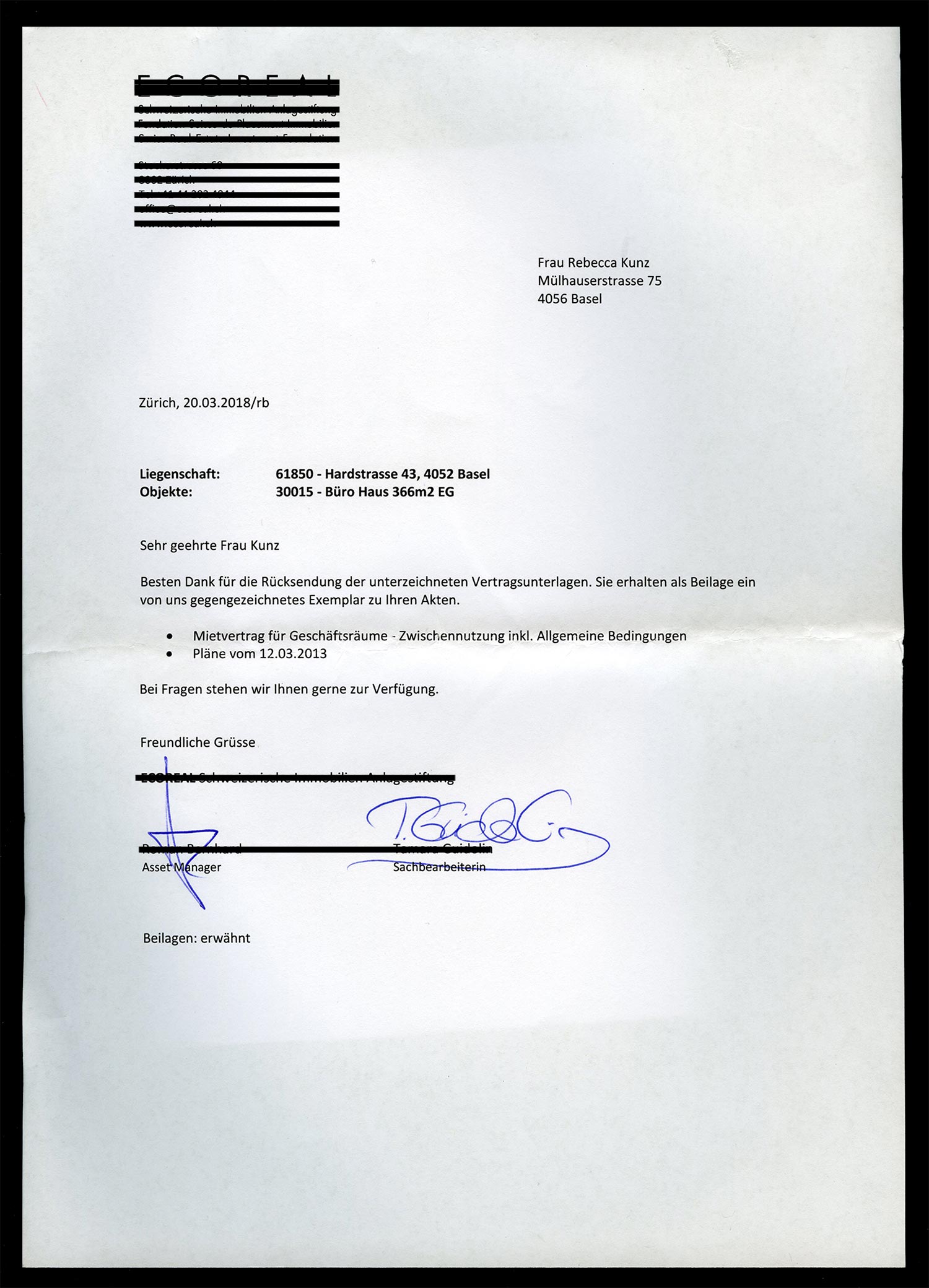
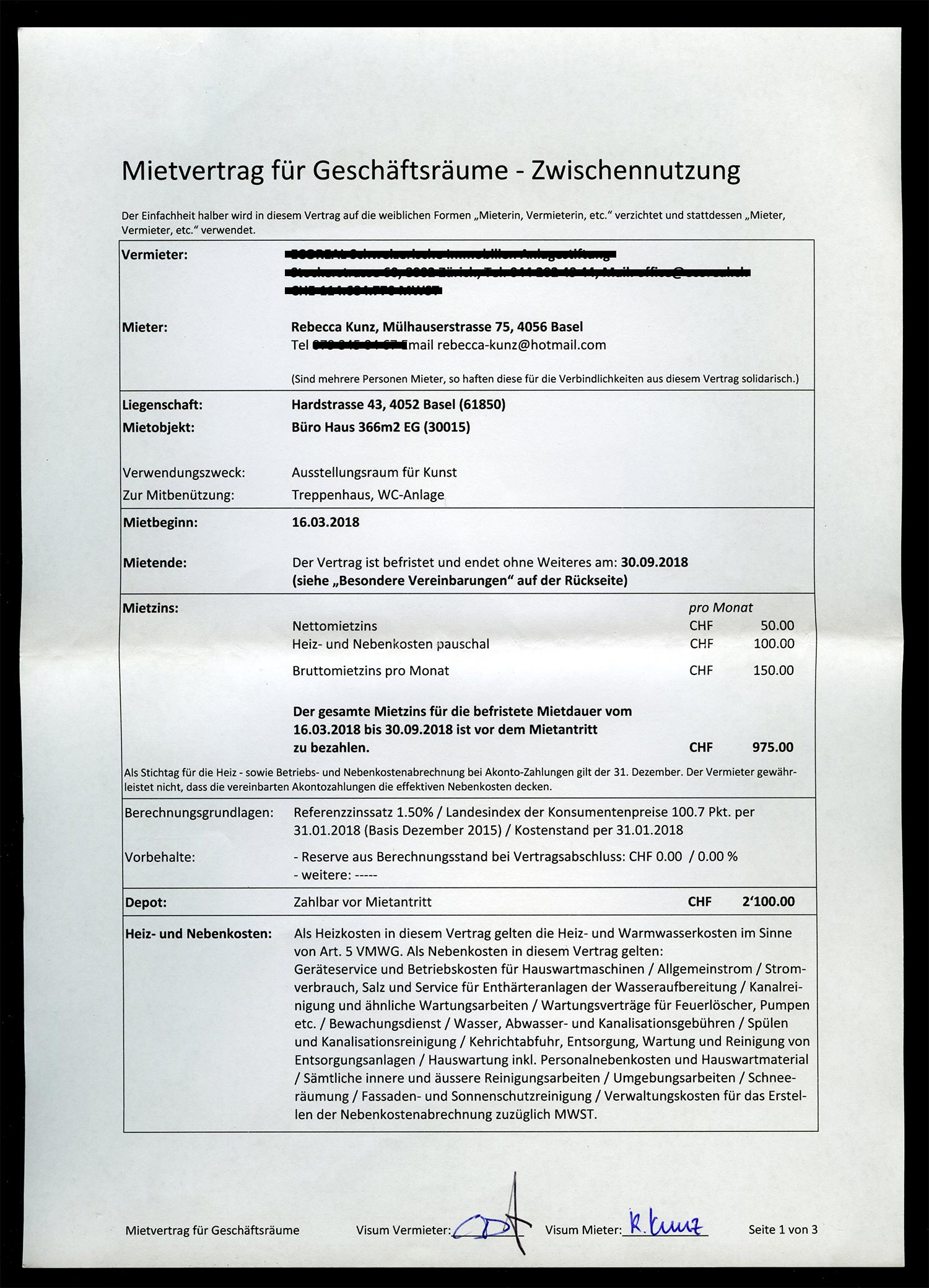
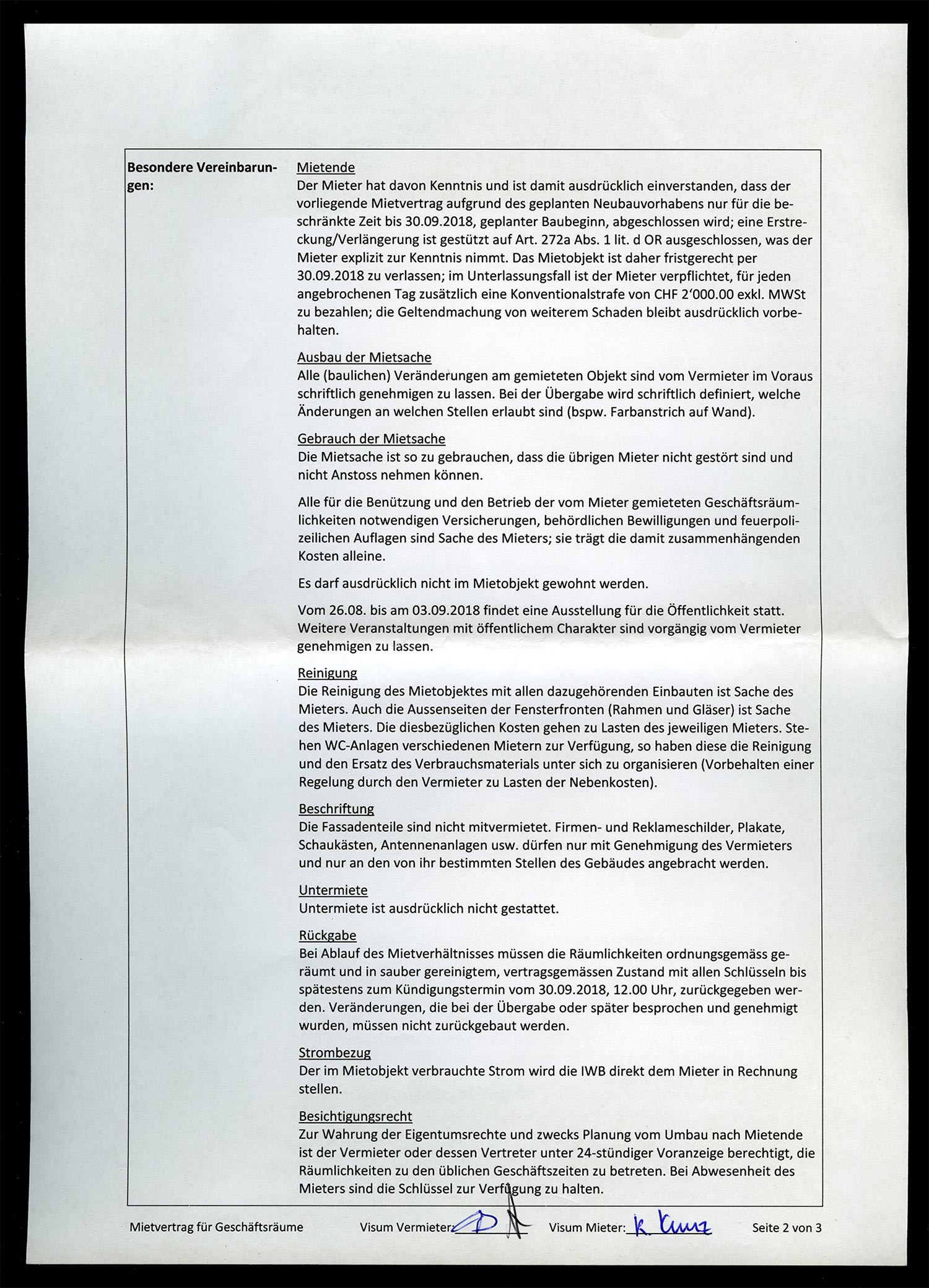
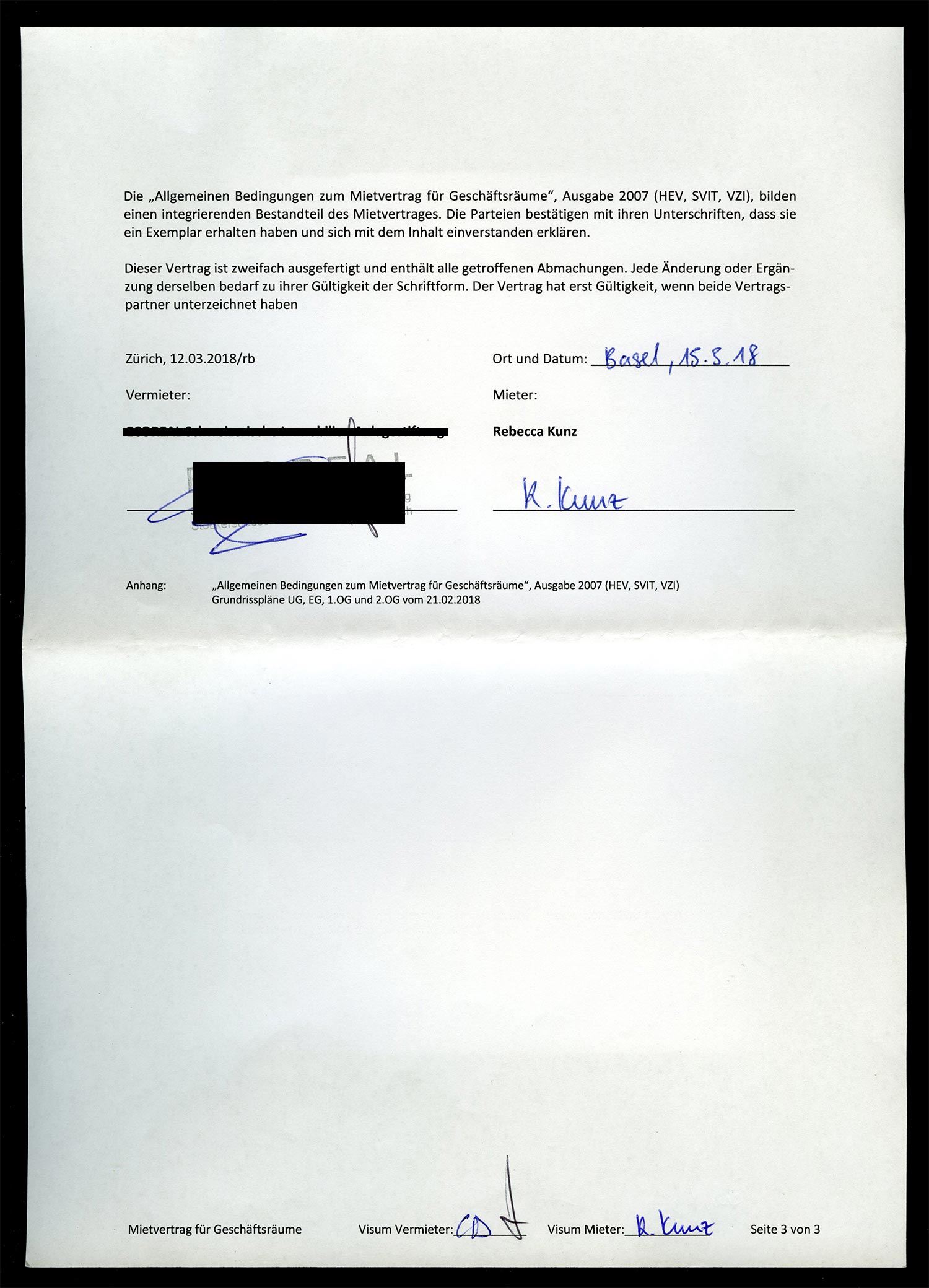
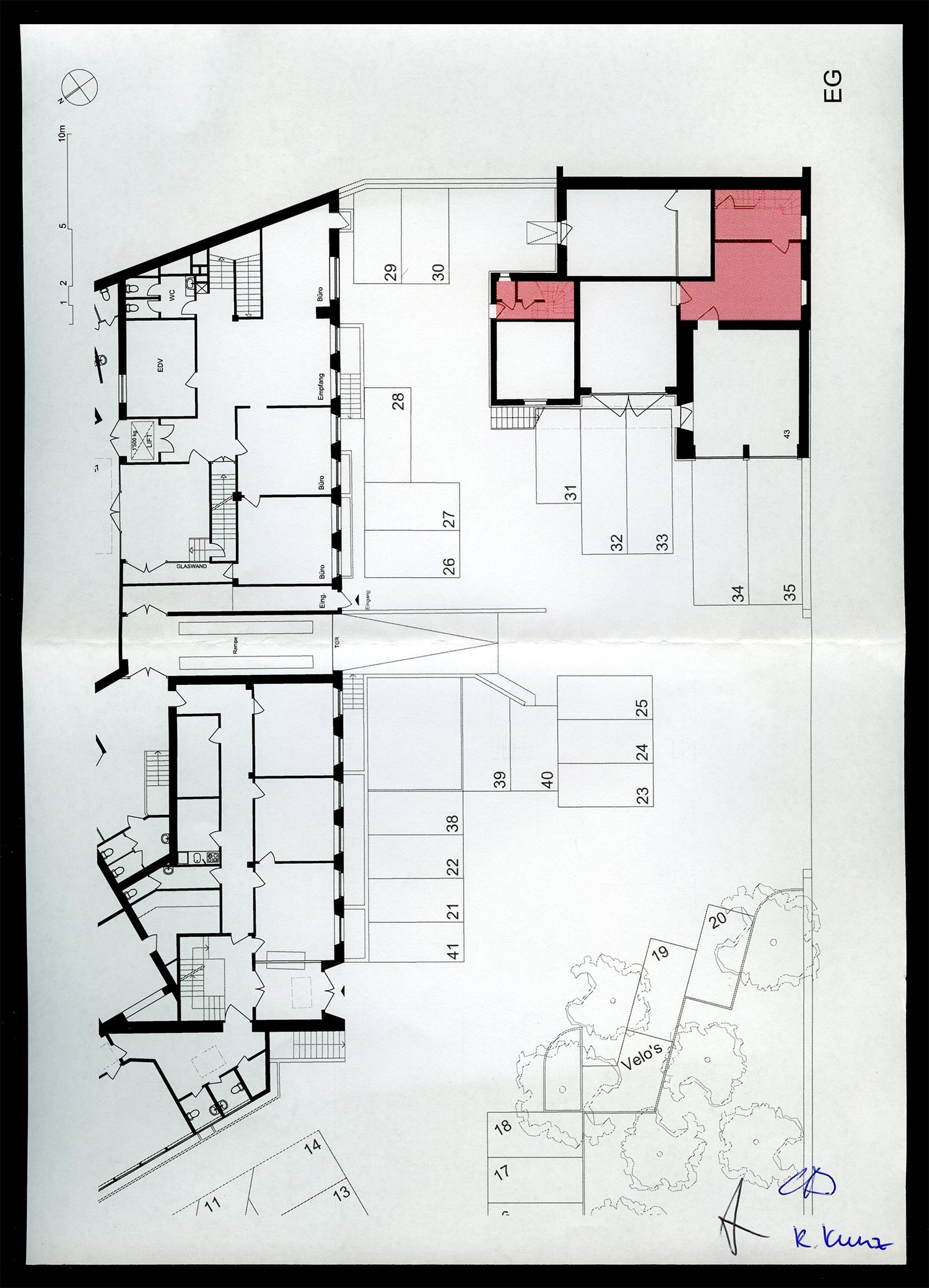
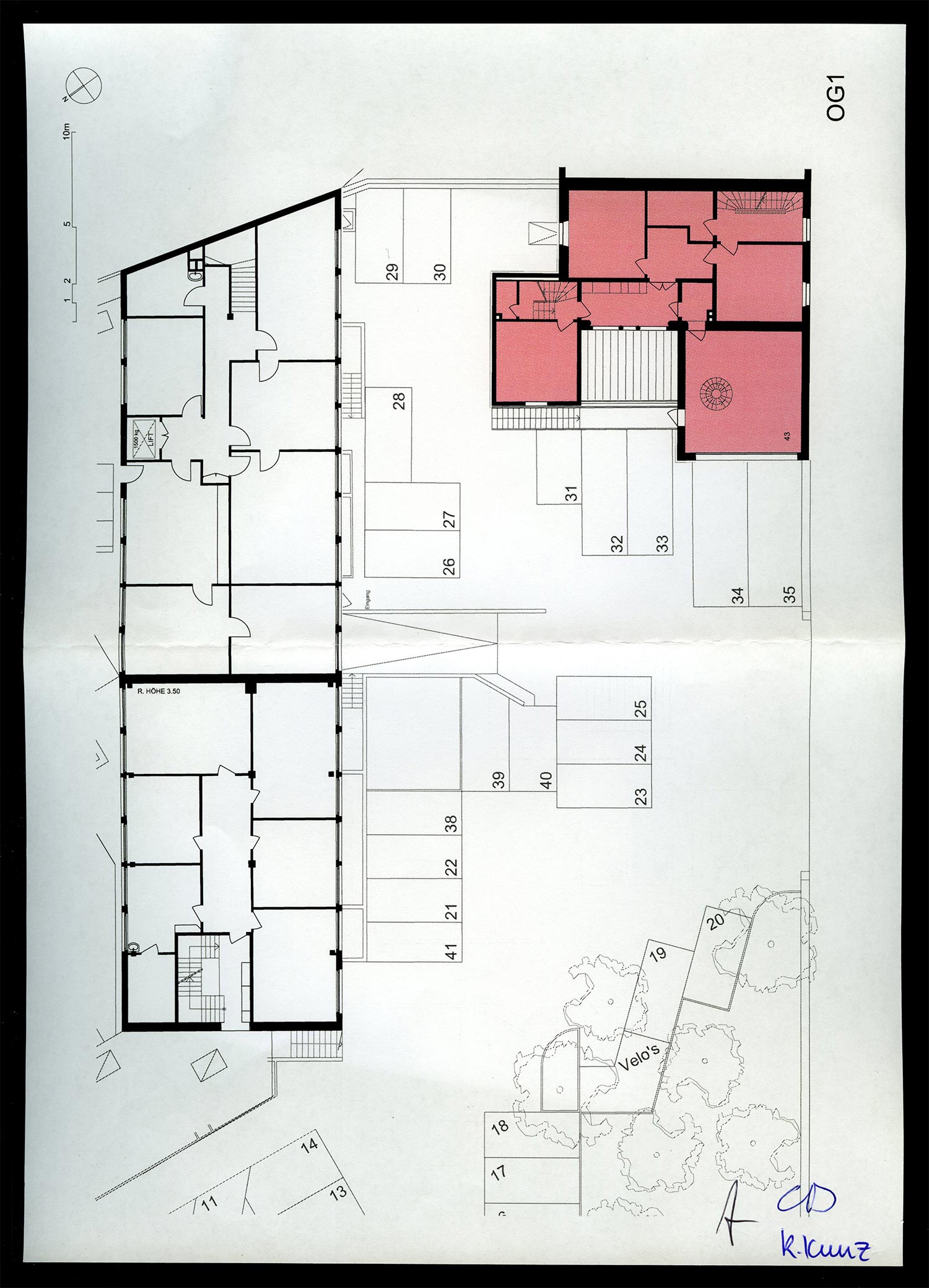
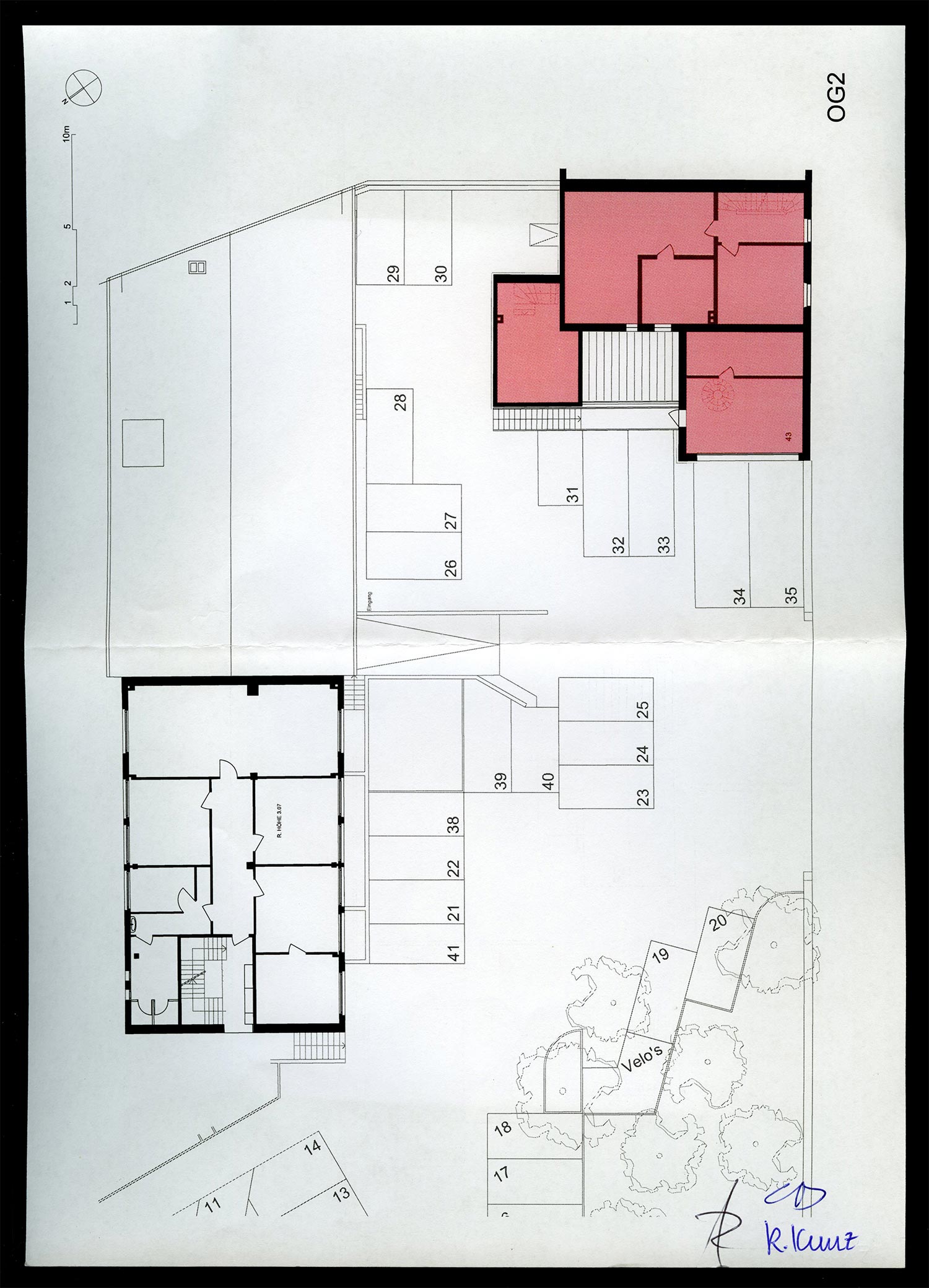
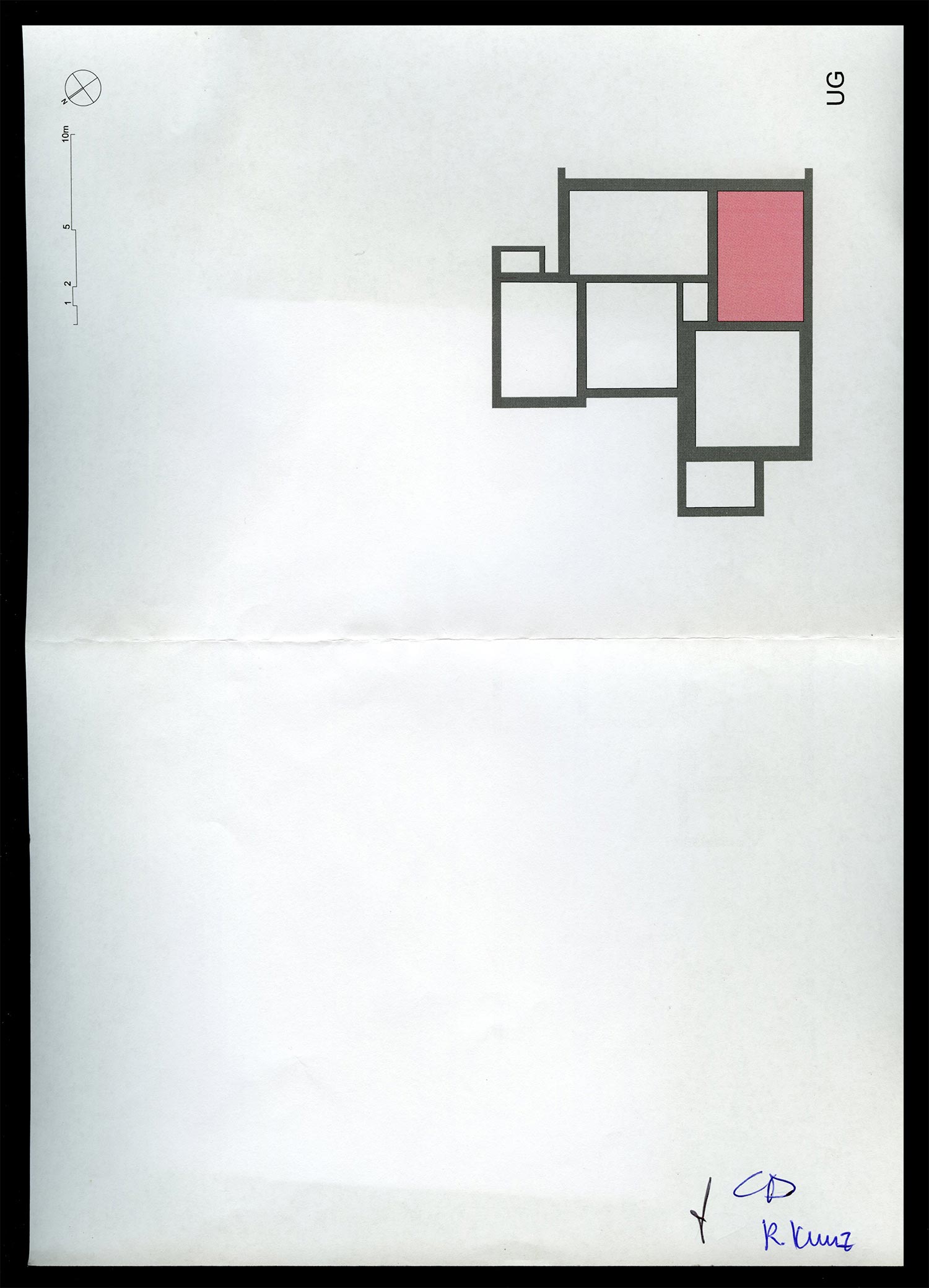
Das Bedürfnis im Raum zu arbeiten oder den Raum als «Material» zu nutzen, kam während der Entstehung von einigen dysfunktionalen Objekten auf. Ich habe Objekte gebaut – eine Art von Möbeln, deren Körper allesamt so gross sind, dass sie einen Menschen verschlucken und in sich aufnehmen könnten. Ich dachte man stelle sich dann vor, wie es wäre da drin zu sein. Ich wünschte mir, dass die Objekte ein klaustrophobisches Gefühl auslösen würden. Das taten sie aber meiner Meinung nach nicht. Denn wir stellen uns nicht selbst darin vor, weil sie mit ihren übertriebenen Proportionen und ihrer Erscheinung nicht in unsere Realität gehören. Sie sind Abstraktionen, Karikaturen. Sie sind komisch, aber nicht unheimlich. Mein Ziel war es aber, eine Kombination aus beidem zu schaffen: ein harmloses, ja vielleicht sogar lächerliches und alltäglich erscheinendes Monstrum bauen.
Gleichzeitig wünschte ich mir die Objekte in eine spezifisch gestaltete Umgebung, in einen Raum einzubetten. Ich hatte die Vermutung, dass die Strukturen des Raumes den Leiblichen entsprechen und, dass wir nur in persönlicher Anwesenheit Weite oder Enge spüren können.
Mein erstes Projekt in einem gegebenen, vorgefundenen Raum, ist in einer leerstehenden Autowerkstatt entstanden. In Zusammenarbeit mit Géraldine Honauer realisierte ich die Installation «Der letzte Anstoss» (Herbst 2017). Wir sind auf neue Ideen und Arbeitsweisen gestossen und haben zum ersten Mal mit Sound und Projektionen gearbeitet. Diese Arbeit galt mir als Wegweiser für mein nächstes Projekt. Aber anstatt in einer grossen Industriehalle wollte ich in einem profanen Wohnhaus arbeiten.
Ein Wohnhaus, in dem gelebt wurde, erzählt andere Geschichten als eine Autowerkstatt oder sonstige kommerziell und industriell genutzte Räumlichkeiten. Wohnräume sind nicht öffentlich und das ist es, was mich daran interessiert: Das Private und Intime;
Die Geschichten, die sich in den eigenen vier Wänden abspielen und im Verborgenen bleiben. Im Gegensatz zu einer industriell genutzten Halle wie die Autowerkstatt ist ein Wohnhaus kleinteiliger, mit vielen unterschiedlich genutzten Zimmern. Dies bedeutet, dass wir nie den Überblick gewinnen können, nie wissen, was sich in den anderen Räumen zeitgleich abspielt.
Die historische Nutzung des Hauses an der Hardstrasse 43 ist für meine Arbeit nicht von Bedeutung. Das Haus steht für mich mehr als Beispiel für «ein» Haus. Seine architektonische Beschaffenheit ist mir wichtiger als seine überlieferte Geschichte. «Räume können ihre ganz eigene Aura besitzen – sei es, weil sie sie im Laufe der Zeit erwerben, sei es, dass sie ihnen zugefügt wird. So können Räume Vergangenheit speichern und etwas von den Gefühlen und Stimmungen absorbieren, die in ihnen gelebt worden sind. Das lassen sie uns spüren – umso eindringlicher, je grösser die Empathie der jeweiligen Menschen ist.»1
Ein Haus ist ein Körper mit einem Innen und Aussen. Türen, Fenster, Lüftungen und die Satellitenschüssel sind die Verbindungen zur Aussenwelt, während sich die Dinge darin in eine scheinbar natürliche Ordnung einbetten. Durch die Umgestaltung des Hauses an der Hardstrasse 43 habe ich den Versuch unternommen, den Betrachter/die Betrachterin in ein vermeintlich geschlossenes System aufzunehmen, in dem sich Fiktion und Realität so vermischen, dass eine Desorientierung und kurzzeitige affektive Verwirrung stattfinden kann.
«Die Ästhetik der Immersion ist eine Ästhetik des Eintauchens, ein kalkuliertes Spiel mit dem Auflösen von Distanz. Sie ist eine Ästhetik des emphatischen körperlichen Erlebens und keine Ästhetik der kühlen Interpretation. Und: sie ist eine Ästhetik des Raumes, da sie das Eintaucherleben in einer Verwischung der Grenze zwischen Bildraum und Realraum vollzieht.»2
Für die Arbeit «Haus Hardstrasse 43» habe ich bewusst nach einem alten Wohnhaus gesucht, welches über viele Räume verfügt. Ein weiteres Kriterium war der Standort und die Erreichbarkeit der Liegenschaft zum Kunsthaus Baselland. Das gefundene Haus schien für mein Vorhaben gut geeignet zu sein, denn es handelt sich um ein verschachteltes Gebäude mit irreführendem Grundriss und einer, sich durch mehrere Renovationen immer wieder veränderten Funktion. Vor Ort habe ich in einem mehrmonatigen Prozess versucht das Haus als Ganzes intuitiv zu erfassen und bin dabei auf völlig neue Arbeitsweisen gestossen. Diese werden sich bei der Besichtigung der Installation erschliessen.
Was ich schon vorwegnehmen kann ist, dass ich das «Haus Hardstrasse 43» zu einer Kapsel umgebaut habe, zu einem in sich geschlossenen System, das hermetisch von der Aussenwelt abgeschnitten ist.
1 Gertrud Lehnert, «Raum und Gefühl» in: Raum und Gefühl, hrsg. von Gertrud Lehnert, Bielefeld: Transcript 2011, S. 9 - 25.
2 Laura Biegler «Ästhetik der Immersion: Wenn Räume wollen. Immersives Erleben als Raumerleben» in: Raum und Gefühl, hrsg.
von Gertrud Lehnert, Bielefeld: Transcript 2011, S. 75 - 95
Owner Admits To NOT CLEANING HER OWN DIARRHEA
Era Collapse (Obsolete, i) 2018
Physicalities
Gravity has the power to bring your knees on a line. Tangible ground - there is no way around.
Stay here and listen:
Criquets and cicadas won’t sing tonight.
But in your richest dream you hope.
Watching them flying abroad
In and out of your mind
They die.
They’ve lost their home as you’ve lost your soul,
And still home feels good to you.
Can’t you hear the image of the fire,
Slowly ingesting your paths?
I’ve seen you sleeping on the floor
You said home is nowhere but inside
Whichever is the surface holding the dream
Sometimes a gummy ground is good enough.
Marie Matusz, excerpt from « Obsolete, i » 2018.
The first soundtrack is based on an assemblage of samples and rythms that are deconstructed and slowed down. Inspired by the mechanical rythms of machines, the breathe of a breatheless man seems to appears at a certain point. A repetitive melody comes to add a melancholic layer, bringing the mechanical aspect into ta sentimental one.
The second soundtrack acts as a counterpoint of the first one. The mechanical beats remain present, but the main sound matter found its origins in slowed down cicadas songs, played at different speeds. A melancholic aspect appears again, maybe due to the missing call of the insects. Polyvalent ancient symbol, Cicadas for Greek and Romans used to announce the start of a new cycle, each year. Also resounding themes concerning this insect are death and immortality, spiritual realization and ecxtasy.
For Aristotle, Cicadas were originally humans who, in ancient times, allowed the first Muses to enchant them into singing and dancing so long that they stopped eating and sleeping and actually died without noticing it. The Muses rewarded them with the gift of never needing food or sleep, but to sing from birth to death. The task of the Cicadas is to watch humans to report who honors the Muses and who does not.
The two soundtracks are released on tapes as a limited edition and will be displayed at the « Atlas of Heaven » exhibition at Kunsthaus Baselland, before being released on a larger album production.
Copyright @ Adrien Heiniger & Marie Matusz
'TEASER'
In the western Europe in 2018,
can we use esoteric technics as a method/reference in the contemporary art?
# The intention of the first pick was to see the evidence of the past about the topic.
How was it before?
The card which expressed its self: The Empress
General meaning: this card symbolism the supreme intelligence which gives us the power. The mayor power with one lives or survives. Intellectual spirit, influence spiritual, evolution, creative impulse, fertility, incarnated one, initiative charm. It is compared with the cosmic mother or Isis.
It is a presentation of Venus of the element air, but not Venus of element earth. It can be represented as a pyramid which has a big power in the nature and has fundamental dependency to the sun.
# The intention of the second pick was to see the close past and its effects on current situation about the topic.
What has been happened ?
The card which expressed its self: The Tower (Falling tower)
General meaning: disaster is striking or has struck. A fundamental change which can be considered divine. The demons of madness and despair are released from ancient hiding places, and nature conspires with human failings to destabilize a society. The upheaval is collective and impersonal. It is a direct representation of the mars including both elements of fire and water. All is happening at night, in the subconscious. A direct metaphor of war, forced transformation, accident, impulsive action, the fall of the tower of Babel.
# The intention of the third pick was to see the future about the topic.
Where is it going?
The card which expressed its self: The Hermit
General meaning: to be able to recognize a teacher in a humble disguise. This font of mysterious knowledge will not make it easy for the student to acquire his wisdom, as it takes time and long contemplation to fathom what he knows. He often speaks wordlessly, or in ancient and barbaric tongues, communicating with the elements, animals, and nature herself. The Hermit reminds us of the value of time away from a chaotic unpleasant caused by a crowd of people of civic life, to relax the ego in communion with nature. From doubting to wisdom. It is represented as Aquarius in the astrology which means it contains the energy of Saturn and Uranus.
Introduction:
Before the interpretation, I would like to write about certain terms and conditions of the tarot practice. Maybe the most important point which must be underlined is the «Gnosis»: where it signifies a knowledge or insight into humanity’s real nature as divine, leading to the deliverance of the divine spark within humanity from the constraints of earthly existence. It can be also called as « Chaos Magic»: The particular state of mind required has a name in every tradition: no-mind. Stopping the internal dialogue, passing through the eye of the needle. I make a direct connection to the corpus callosum (the matter which makes the connection between two hemispheres of the human brain), the term which is used in the rational science. Chaos Magic can be considered as a gap, a wall, a sphere to enter into the unconsciousness/subconsciousness.
Tarot is all about symbolism. It is a language of symbols where each card is charged with metaphors, values, meanings. The most important point to remember is that it is a fusion state of the unconsciousness where the individual and the collective mind come together. If I have to give a rational example about the process in the human brain: In a very basic way of saying, the right hemisphere of the brain is in to use when there is something unknown and it really tries to identify the situation. To understand the situation, it makes its research according to the left hemisphere of the brain when we have all datas that we already understood, decoded, valued or gave a meaning. When the process is too long we have the uncanny (unheimlich) moment. So basically, tarot is a method to ask a question to the subconscious that we already don’t have a rational concrete answer. One of the methods to reach to the chaos magic is meditation. The concentration of the person who asks the question, the total focus is a must in this ritual. In the end, we get our answers from the subconscious mind to the conscious mind via tarot.
Interpretation:
We can make our historical research about the history of Tarot in western Europe and already get our answer to this question about the past. But here I will only make the interpretation according to esoteric symbolism. As in the general meaning we see, it is a representation of the supreme intelligence where the irrational and rational or the metaphysic and the physic are connected. Venus in the element of air shows us the full capacity dialogue, another way to say balanced exchange or diplomacy. So we are in front of a period where the science was still keeping the experimental science (« A history of Magic and the experimental Science », 8 volume encyclopedia written by Thorndyke Lynn, 1923). After the exclusion of the experimental science from the concentration of scientific proof based science, which has already started during the modernization in Europe, experimental science went to the underground in the western culture.
The validation of this moment is visible with the second card « The Tower ». Esoterically or psychoanalytically (Reference Carl Gustav Jung), the tower is the direct representation of the willing and the wonder of humankind to reach to the divine. But we are in front of a tower which is destroyed by the « evil power » (« The Devil » is the one card before « the Tower » in Tarot which represent the high obsession to the material power, money power. My interpretation of this moment is the modernization where during this development Europe ignored completely the orient where the western experimental science has been deeply found! It was a period of total underestimation of the east by the west. Mars, the impulsive animal attack/war without and reflexion, destruction of the other to justify its own self. We can see it easily in the history of colonization. And this total underestimation is still the case today at the cultural level. Still, now no-one asks philosophers or artists from the second or third world countries ("second and third world country" concept has been introduced by Europe), what they think about the western culture or the contemporary art. The position of the west is more selfish then communicative. Still today the only communication with the orient is just profit, money oriented. When we see the final card « The Hermit » which is represented as a very old and wise man walking in his path slowly with his stick in one hand, and a lamp on the other hand. About the final card, I would just like to say one thing and the rest is not important. The symbolic evolution of this card as we remark in the general meaning is the composition of the two symbols where the Saturn and the Uranus fusion. For me, the evident interpretation is that the « western » proof oriented science will arrive at a point where the physic and the metaphysic come together. We are already seeing the evident sparkles results in neuroscience, clinical psychology, and specifically in the jungian psychoanalyze.
Titel: Ways of Faking Your Live and Death
PERFORMANCE
I'm thinking about performance in 2018. What is a rapper's performance? What should I do in front of you if you'd like to watch me for a time? I know I want to speak to you. I want to introduce myself and get past our external devices. I'd like to get somewhere intimate and close. To a place of feeling well this person is like me and vice versa. In all the ways artists have found ways to express themselves on a stage or in front of people in any capacity, what's worked? What's moved people? What has now stood the test of some time? What are the threads I can find that run through it all? I want to show new ways of occupying familiar space. Philippe Petit said, "If you start with rules, your creation will be stillborn. If you are an artist, you want to create a giant wall around yourself, and inside that wall, follow your honesty and your intuition. What the audience will see is a man or woman who is prisoner of his or her passion, and that is the most inspiring performance in the world." I've been thinking about this notion of a giant wall around myself. But maybe it doesn't have to be just myself. Maybe sometimes I can knock the wall down and let people in. Maybe I'm feeling performance is intimacy. Maybe I think time spent in the same space together should be real or
not at all. Maybe performance is getting to a place of an almost no performance.
At the end of this June in London I had the opportunity to play a 40 person show in the Shoreditch area. I wanted to experiment with a very large piece of sheer fabric I had made. Midway through the show I asked the audience if I could try something and together with a stagehand we covered the crowd with the large material overhead. Desired was a sort of "fort" effect where the audience and myself were left under this large material together. The intimacy with the strangers was unbelievable and even more palpable then I thought it would be. I then performed a couple songs under this piece of fabric, sweating, dancing, and
amongst the crowd.
If I have the natural inclination to do things and move with pop culture and take part in the jazz, I try to at the very least approach the problem with new solutions. Take new risks. Mix ideas I've seen and that are embedded in my mind now with new information.
Brotbrunnen
Brunnen bringen Wasser aus der Dunkelheit ans Licht, um Leben zu spenden. Sie werden seit Urzeiten von Menschenhand gebaut. Ohne Wasser kann der Mensch nicht überleben. Es ist Grundlage allen irdischen Seins. Wasser bringt Leben - der Brunnen ist die Quelle.
Wasser reinigt und erneuert. Wasser ist in ständiger Bewegung, kann sich überall anpassen. Und dennoch: Wasser findet seinen eigenen Weg. Wasser lässt sich schwer oder kaum zähmen, hat seinen eigenen Willen. Wasser setzt sich mit seiner Kraft durch, kann bedrohlich und zerstörend werden.
Wasser ist lebensspendend und todbringend zugleich.
Brot galt früher als himmlische Speise, noch heute ist es ein Grundnahrungsmittel. Brotbacken bedeutete oft, dass sich der Mensch an einem Ort, der ihm nützte und gefiel, niederliess. Getreide lässt sich speichern, zu Mehl und schliesslich zu Brot verarbeiten. Brot nährt und sättigt. Brot lässt sich aber nicht unbegrenzt halten, es wird hart. Wer hartes Brot essen muss, hat es schwer im Leben – er hat sprichwörtlich daran zu kauen.
Der Brotbrunnen reduziert alle Mehrdeutigkeiten auf das Wesentliche: Mit Brot und Wasser kann der Mensch überleben. Wasser und Brot bedeuten Leben. Der Brotbrunnen versinnbildlicht die Quelle des Lebens.
Der Brotbrunnen symbolisiert gleichzeitig mein Leben als Kunstschaffender: Das Wasser sprudelt mein Inneres, mein Verborgenes nach aussen, macht es sichtbar. Meine Kunst soll nicht brotlos sein, mit ihr will ich mein Brot verdienen, mein tägliches Brot.
Wasser und Brot gehören seit jeher zusammen – der Brotbrunnen kombiniert sie auf eine neue Art und lässt sie ungewohnt miteinander interagieren. Das Brot, welches normalerweise vom Wasser aufgeweicht wird, gibt diesem hier Halt und weist es in seine Schranken. Das Brot beruhigt das Wasser – das Plätschern des Wassers wiederum beruhigt den Menschen. Das Betrachten und Hören versetzt ihn in eine kontemplative Stimmung und lehrt ihn die Kunst des Verweilens.
Placebo
I don't remember in which book Jack London formulated this hypothesis about ancestral experiences that still influence us. Take for example a dream that we all sometimes make, the classic dream in which you fall and awaken a second before ending up on the ground. He claims that it comes from the time when we still slept on the trees to shelter us from other animals.
